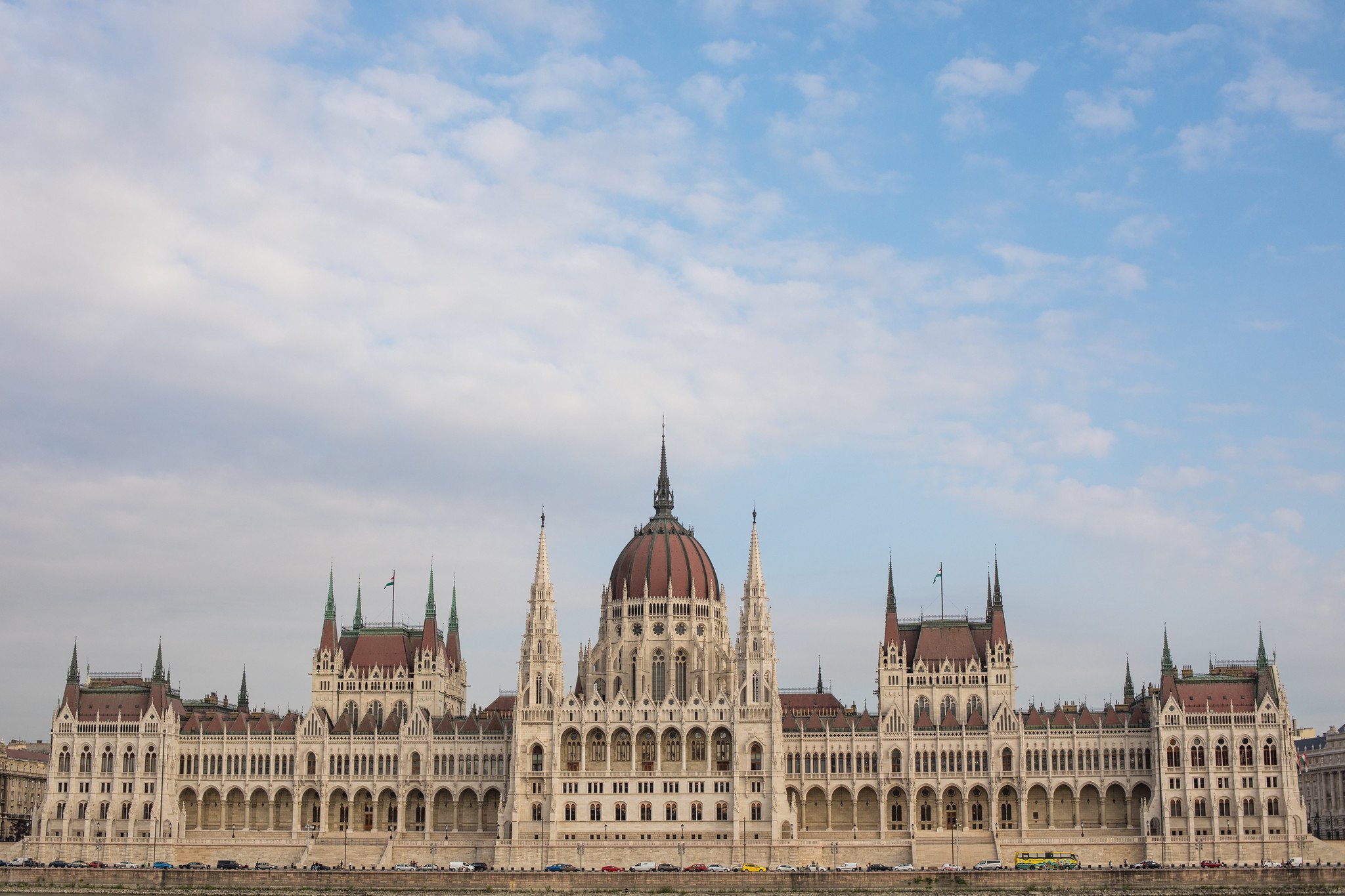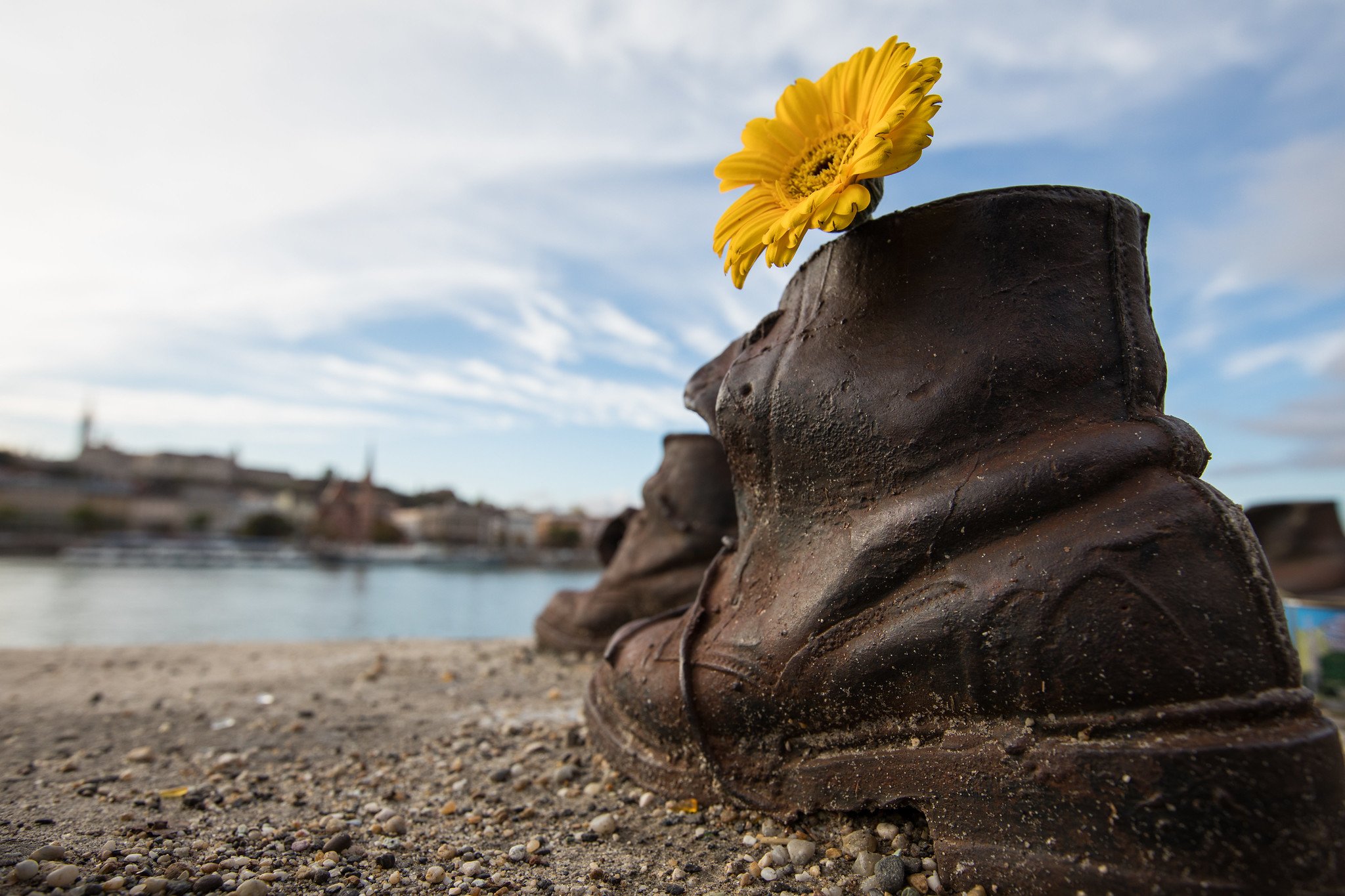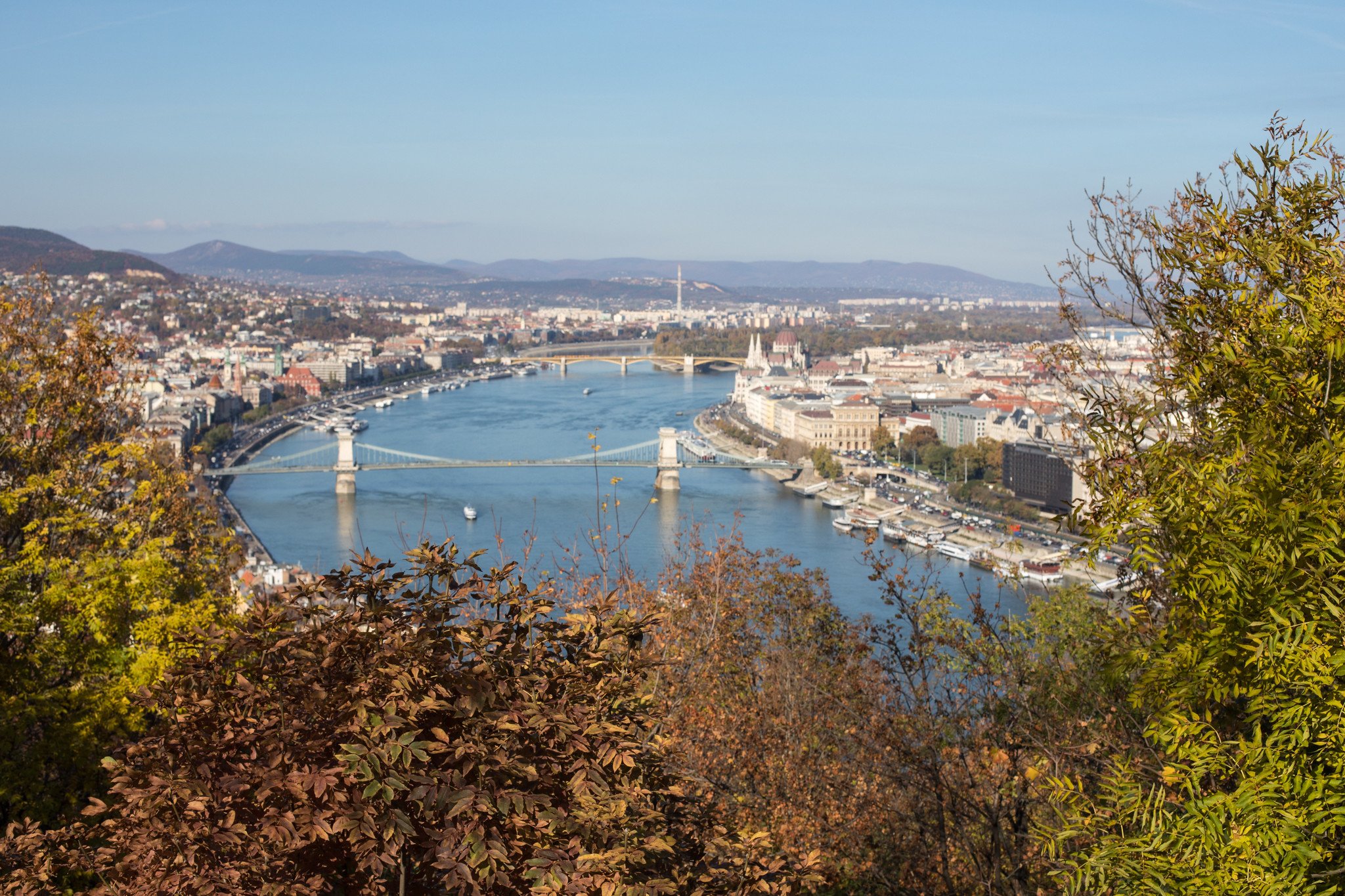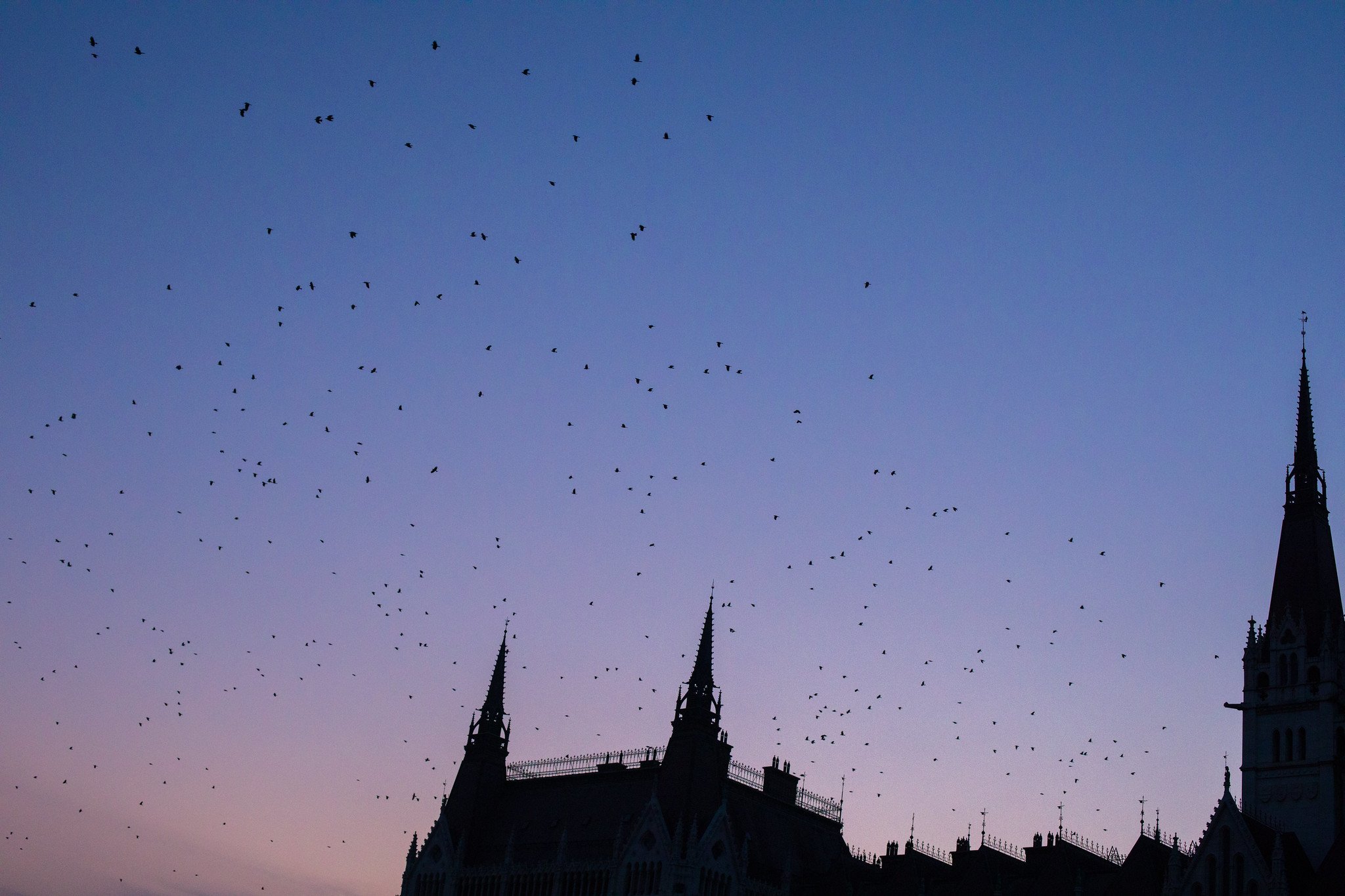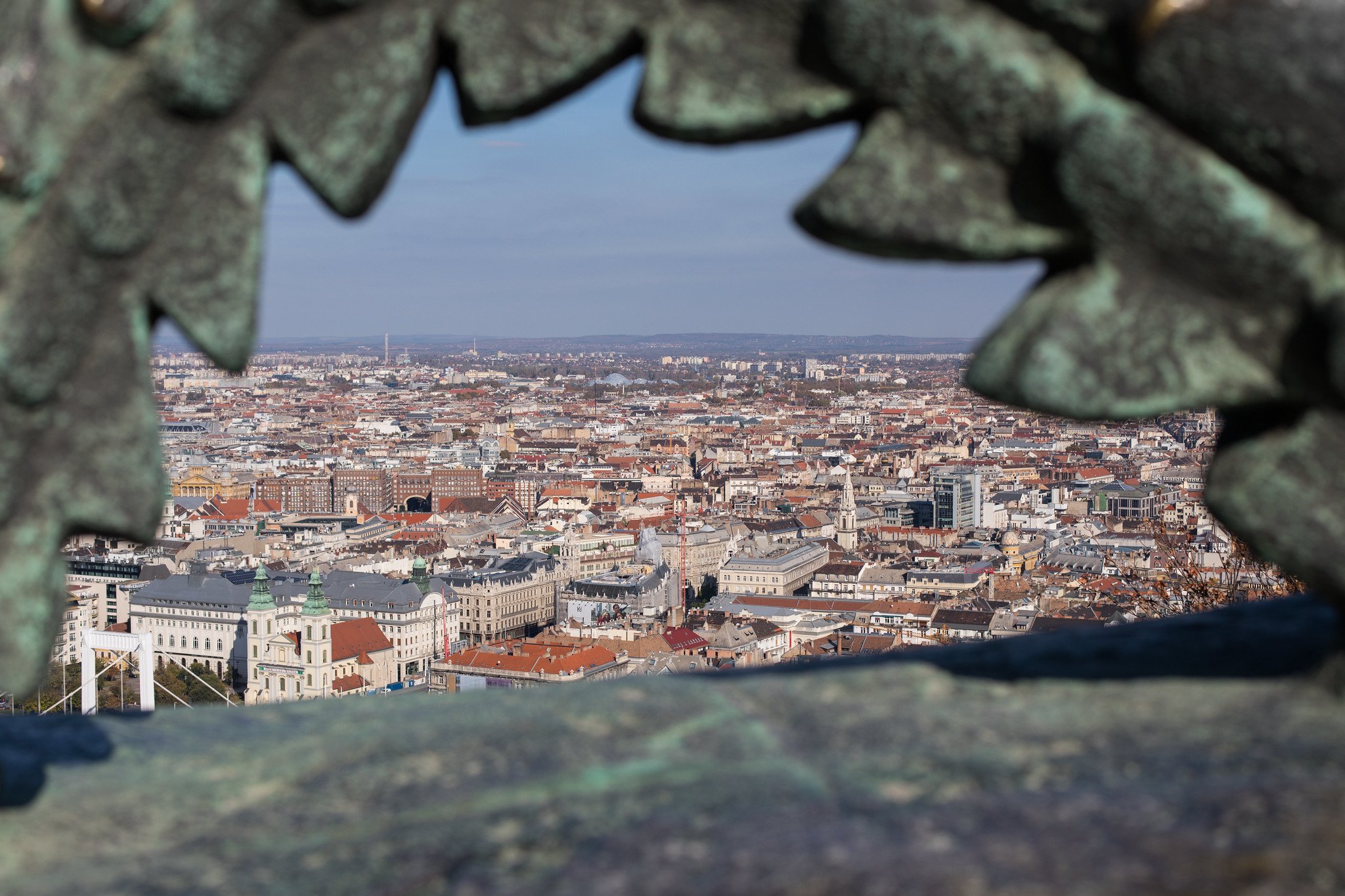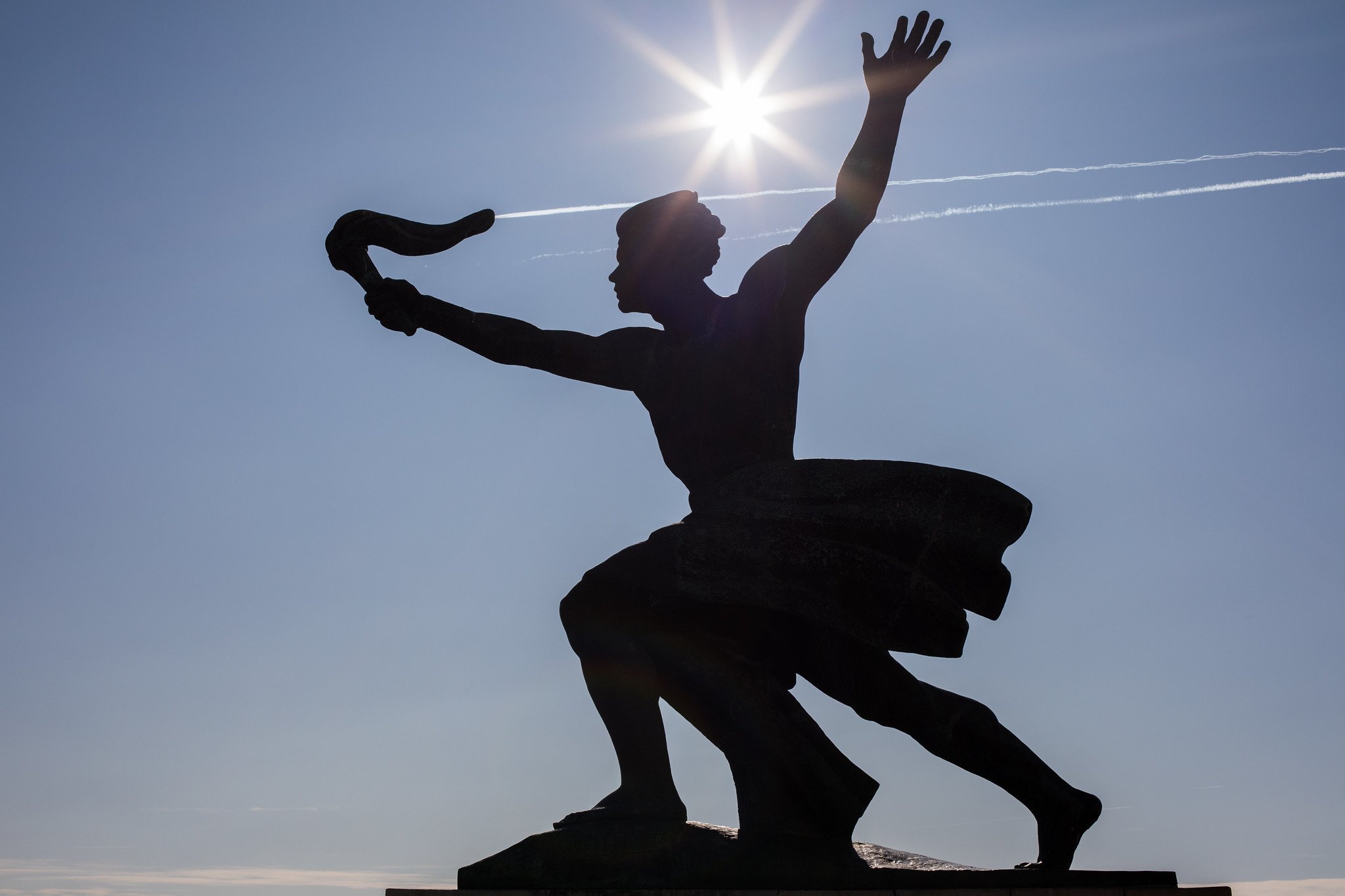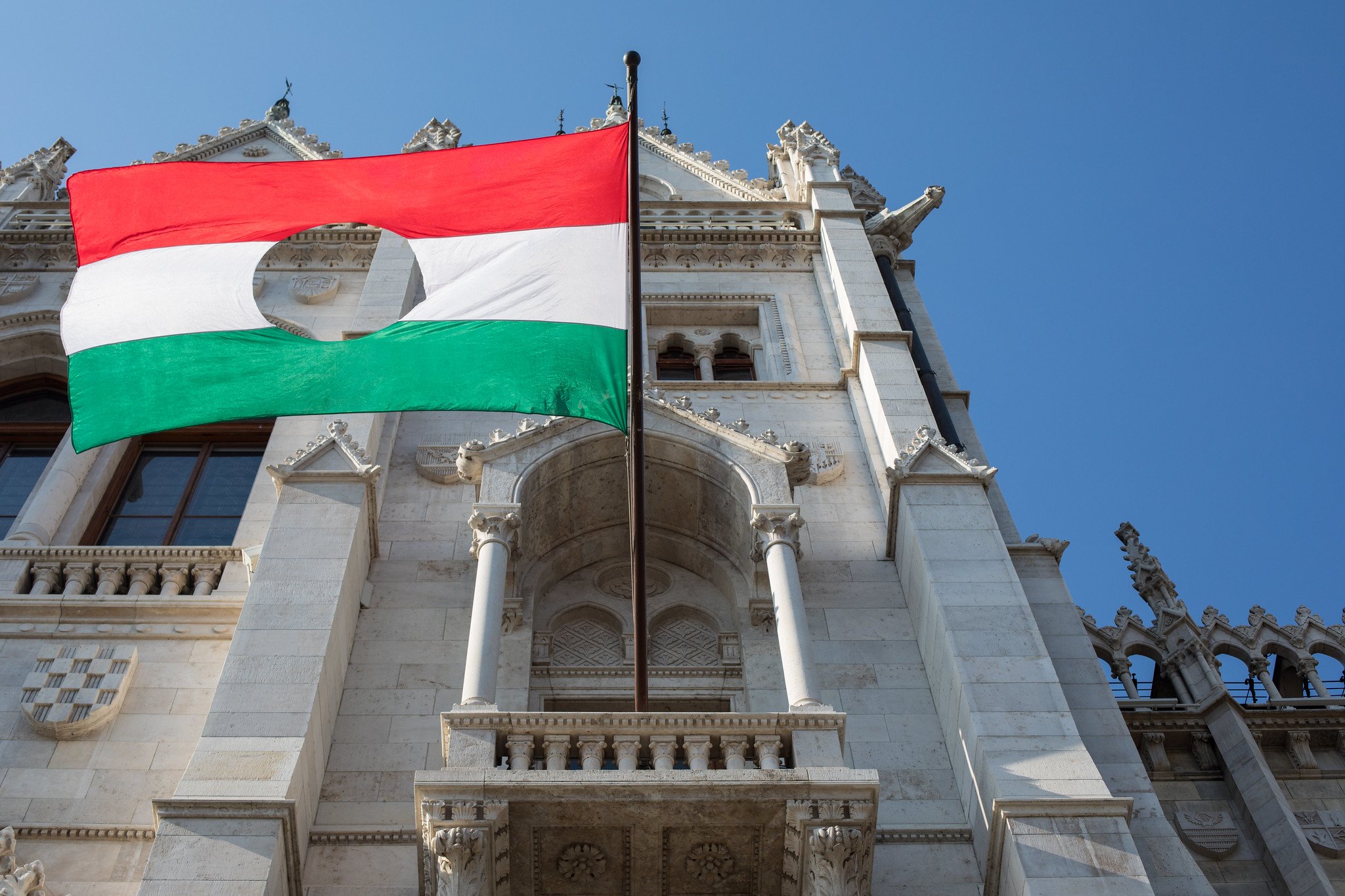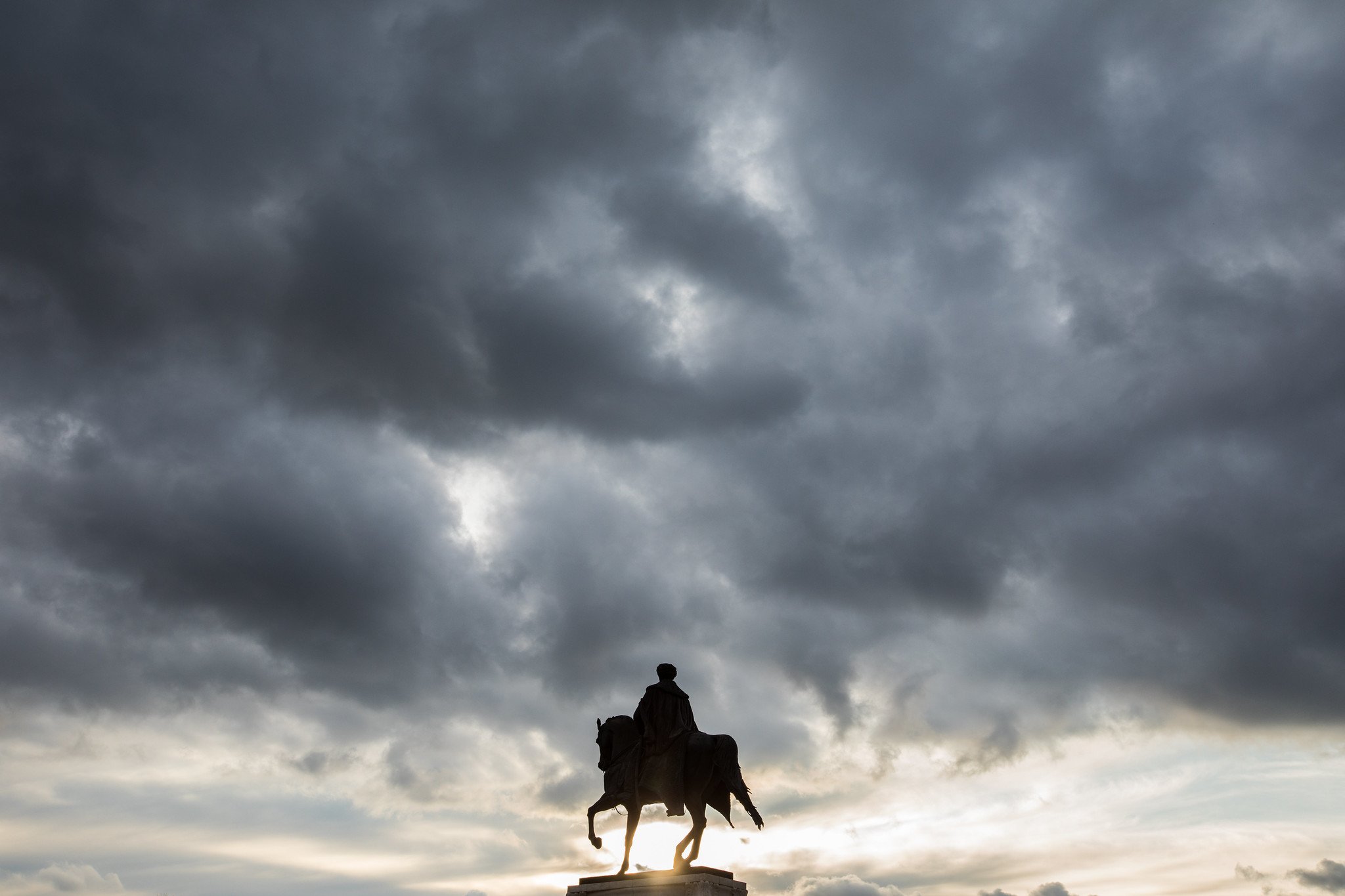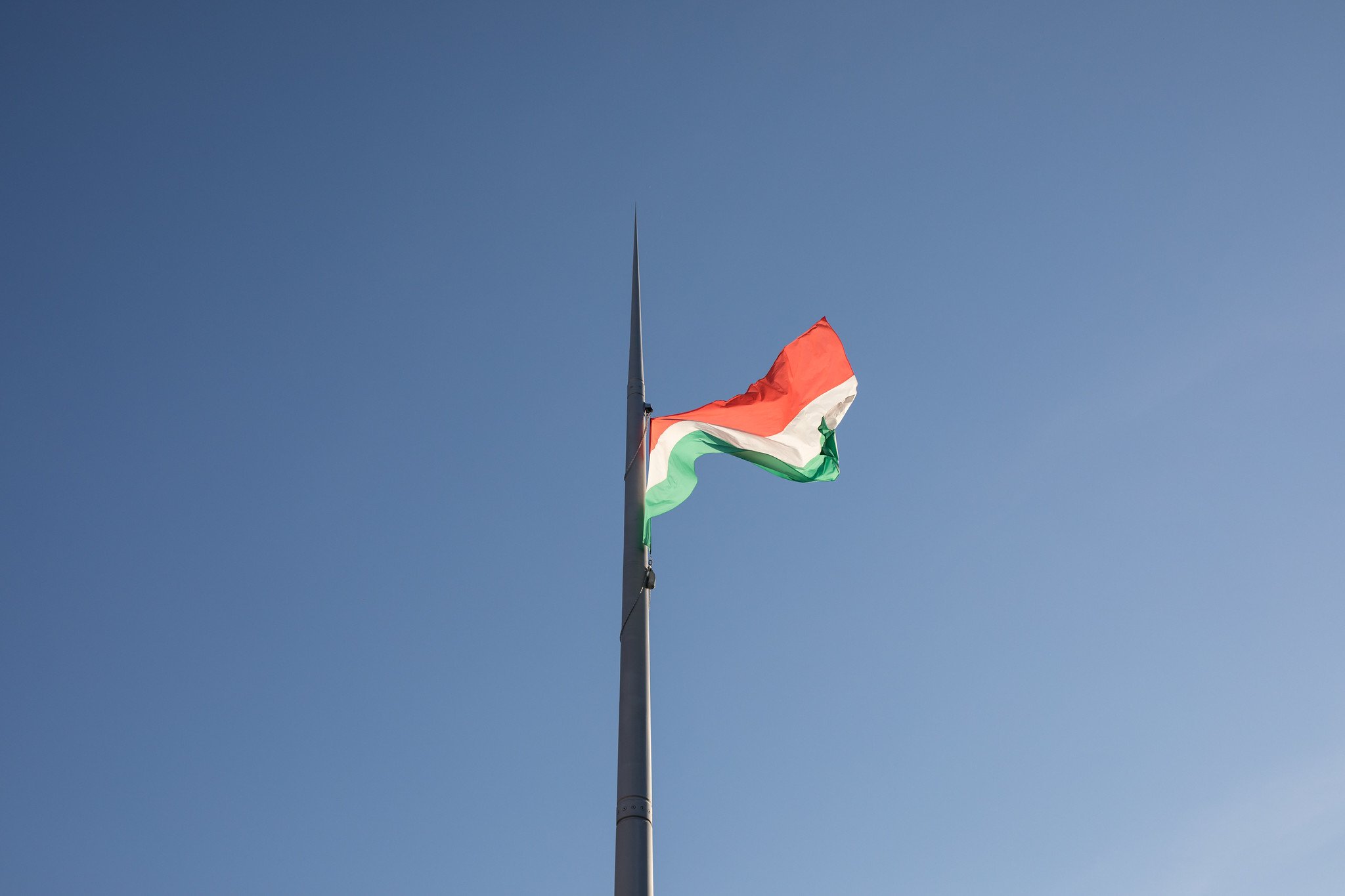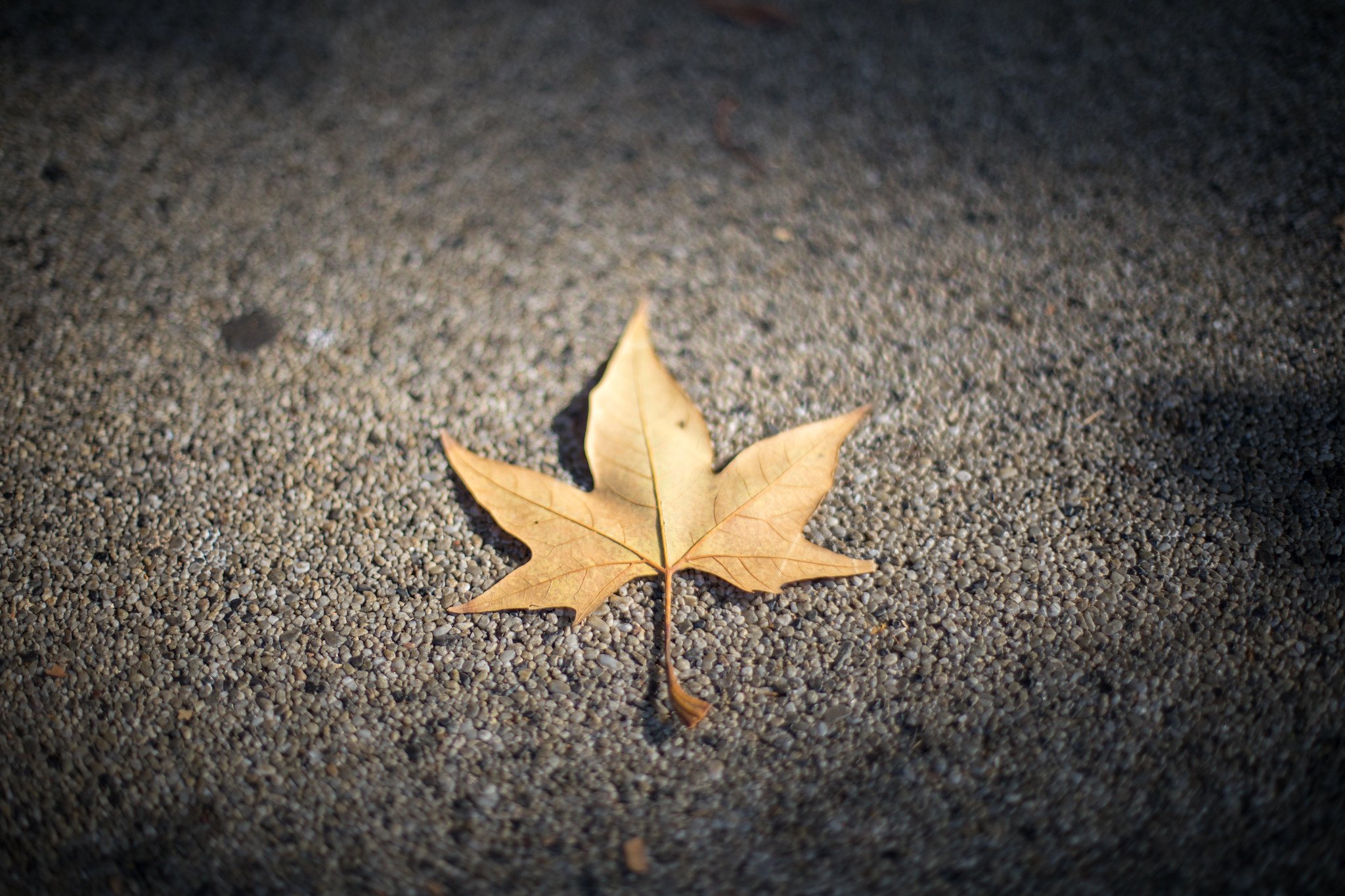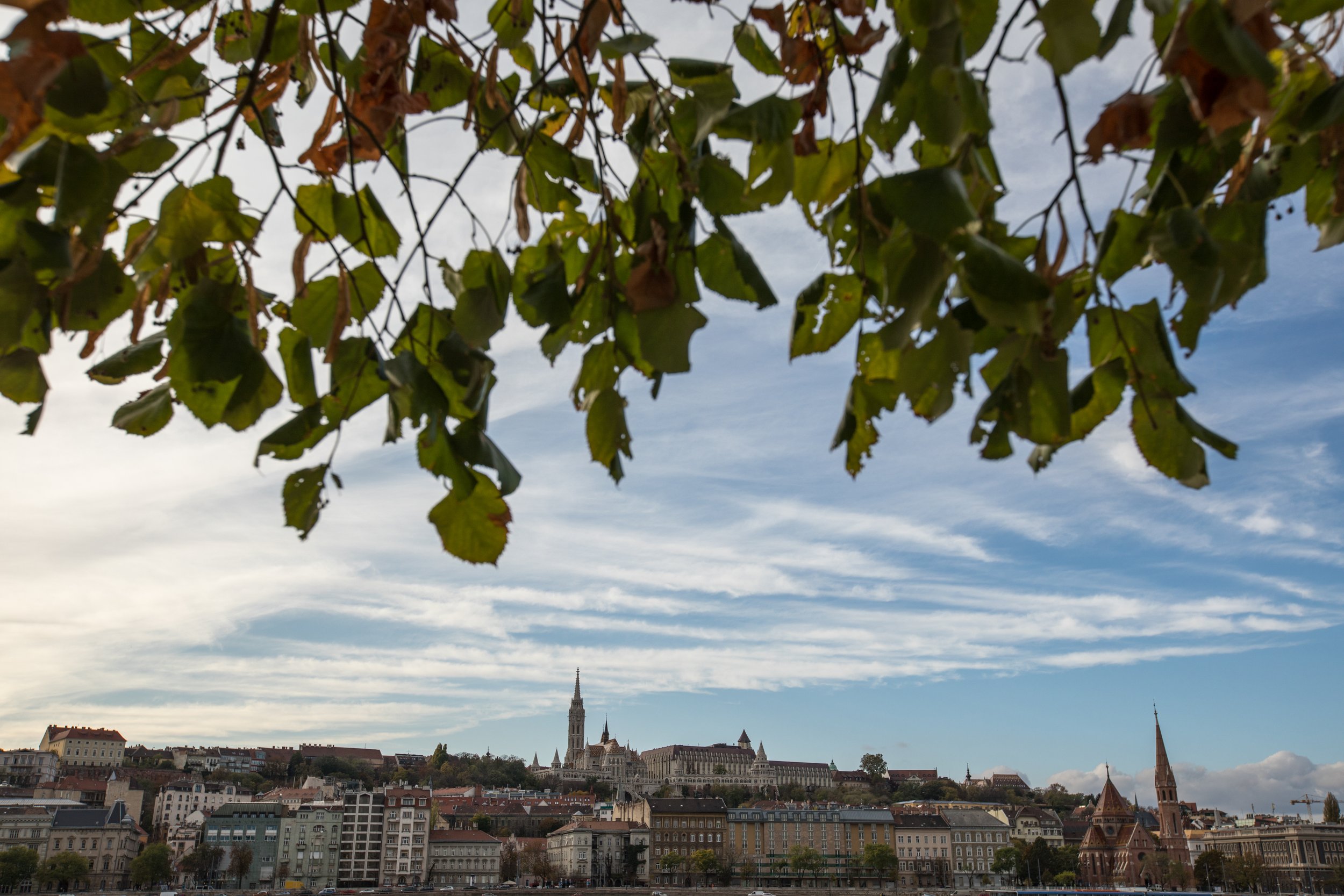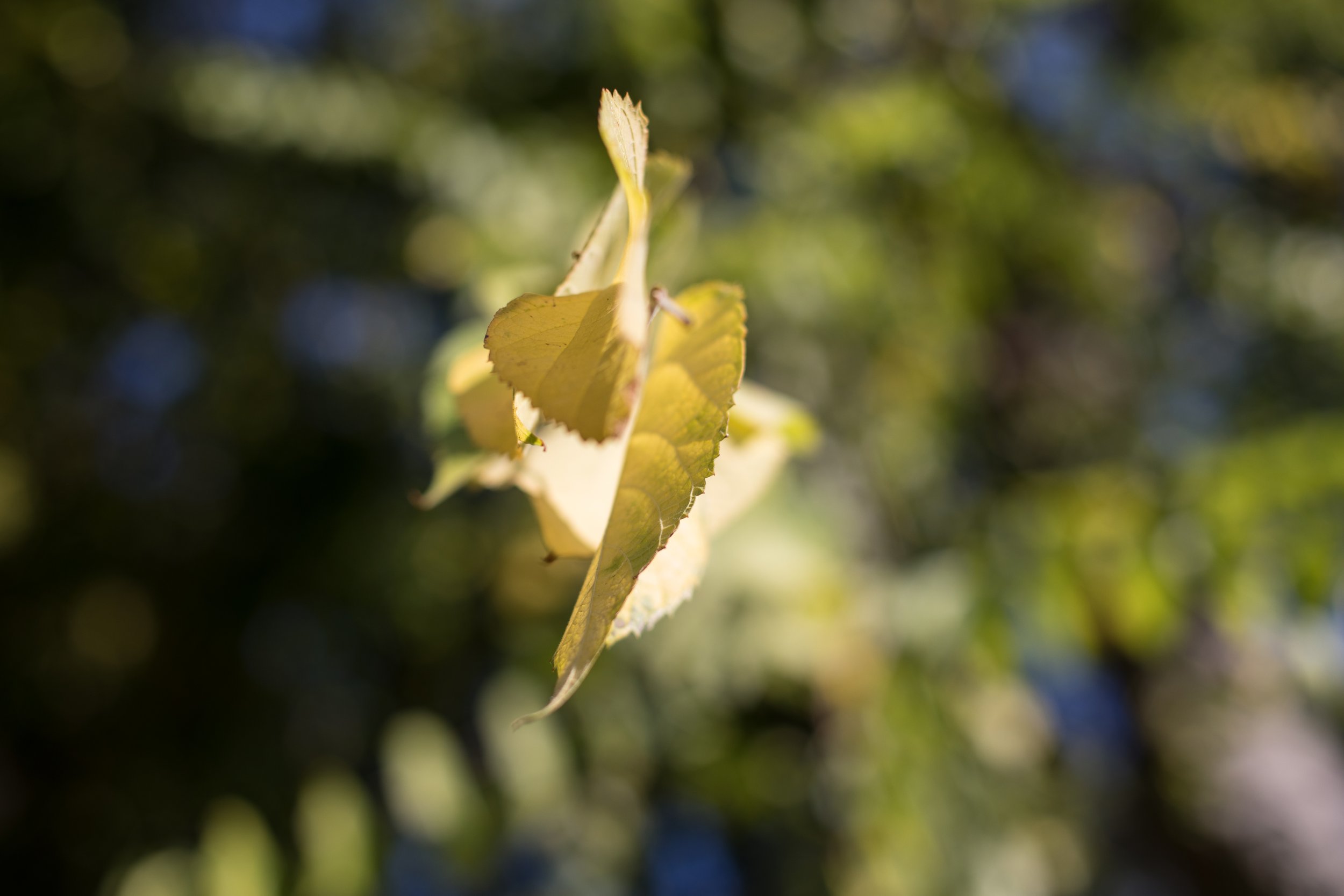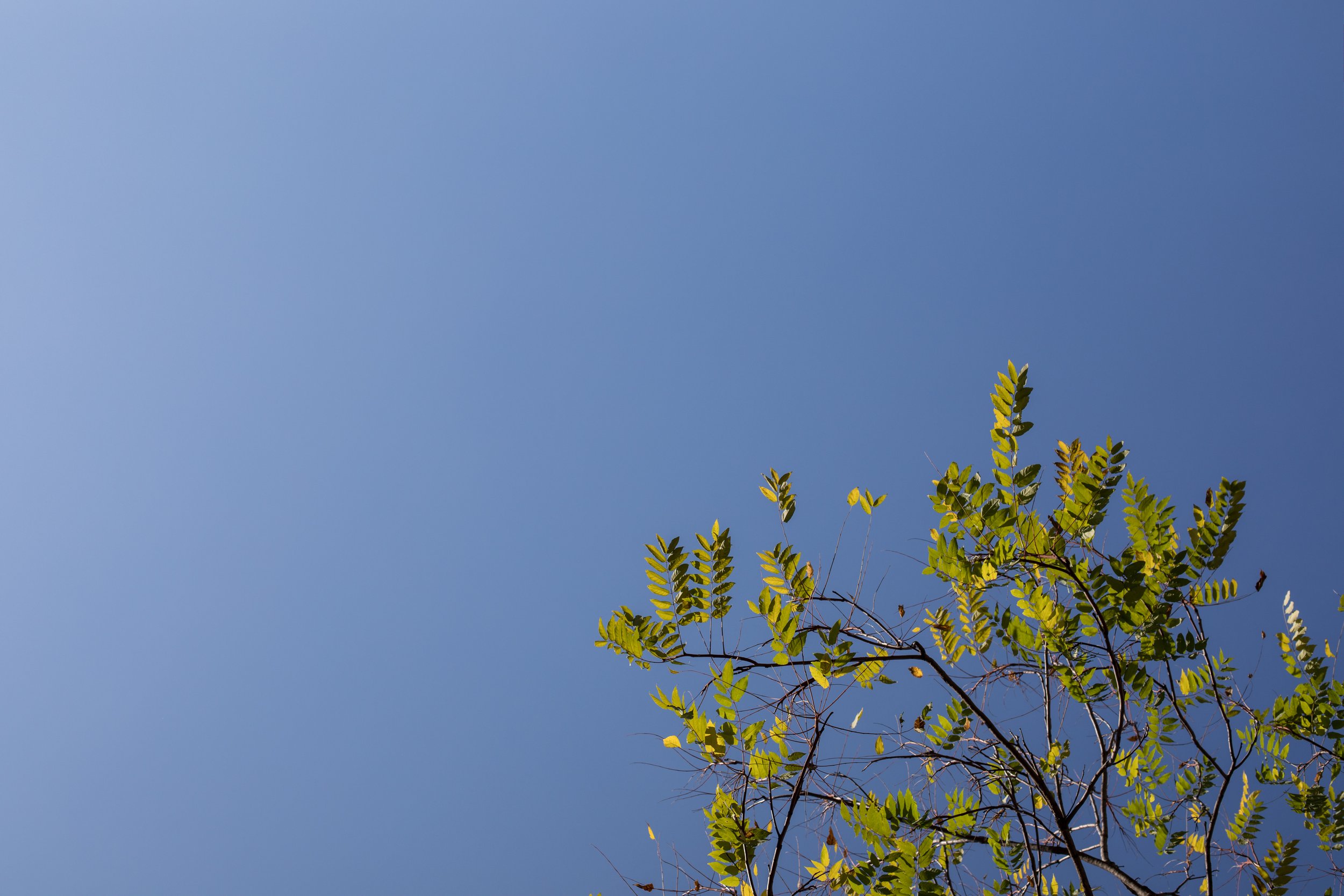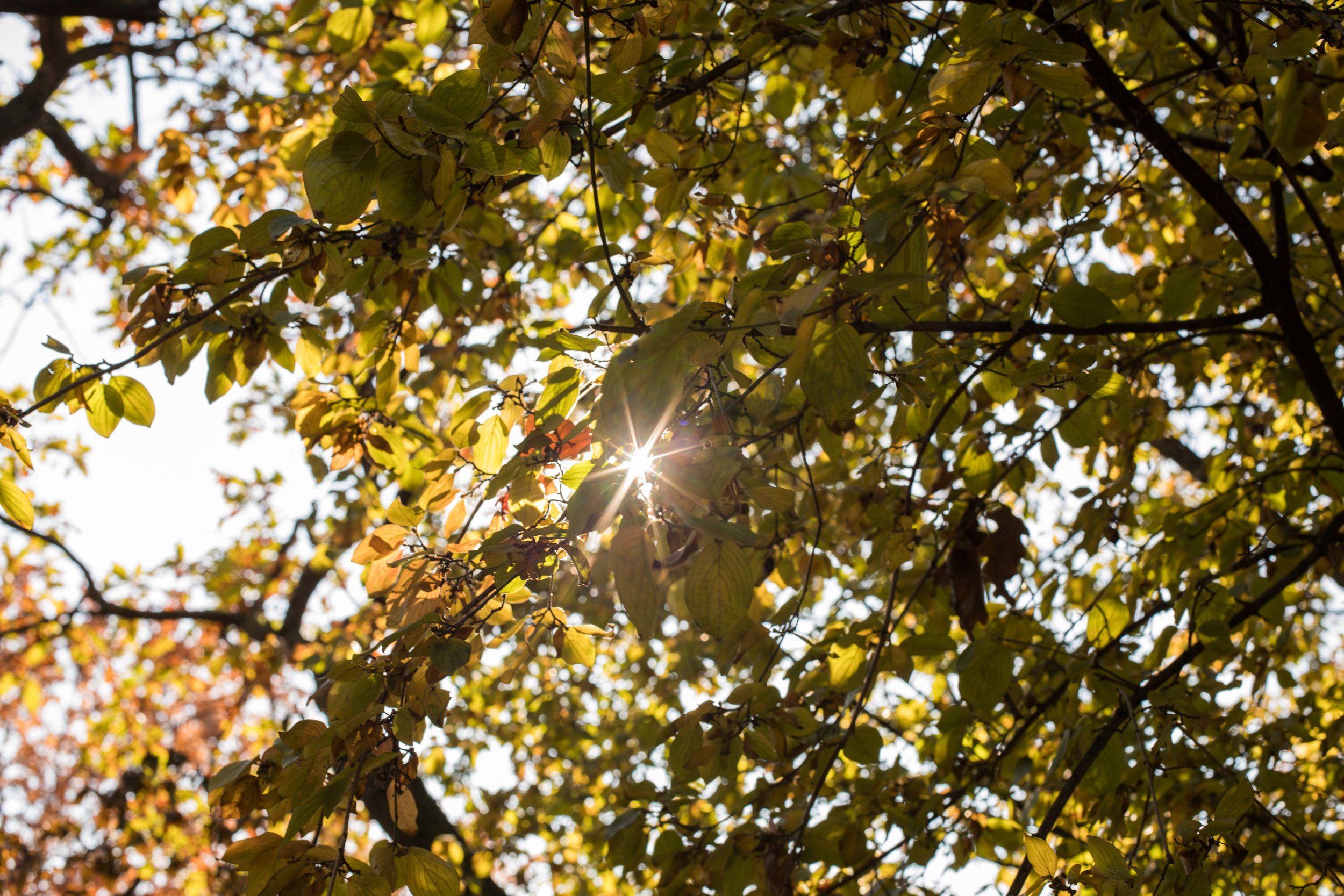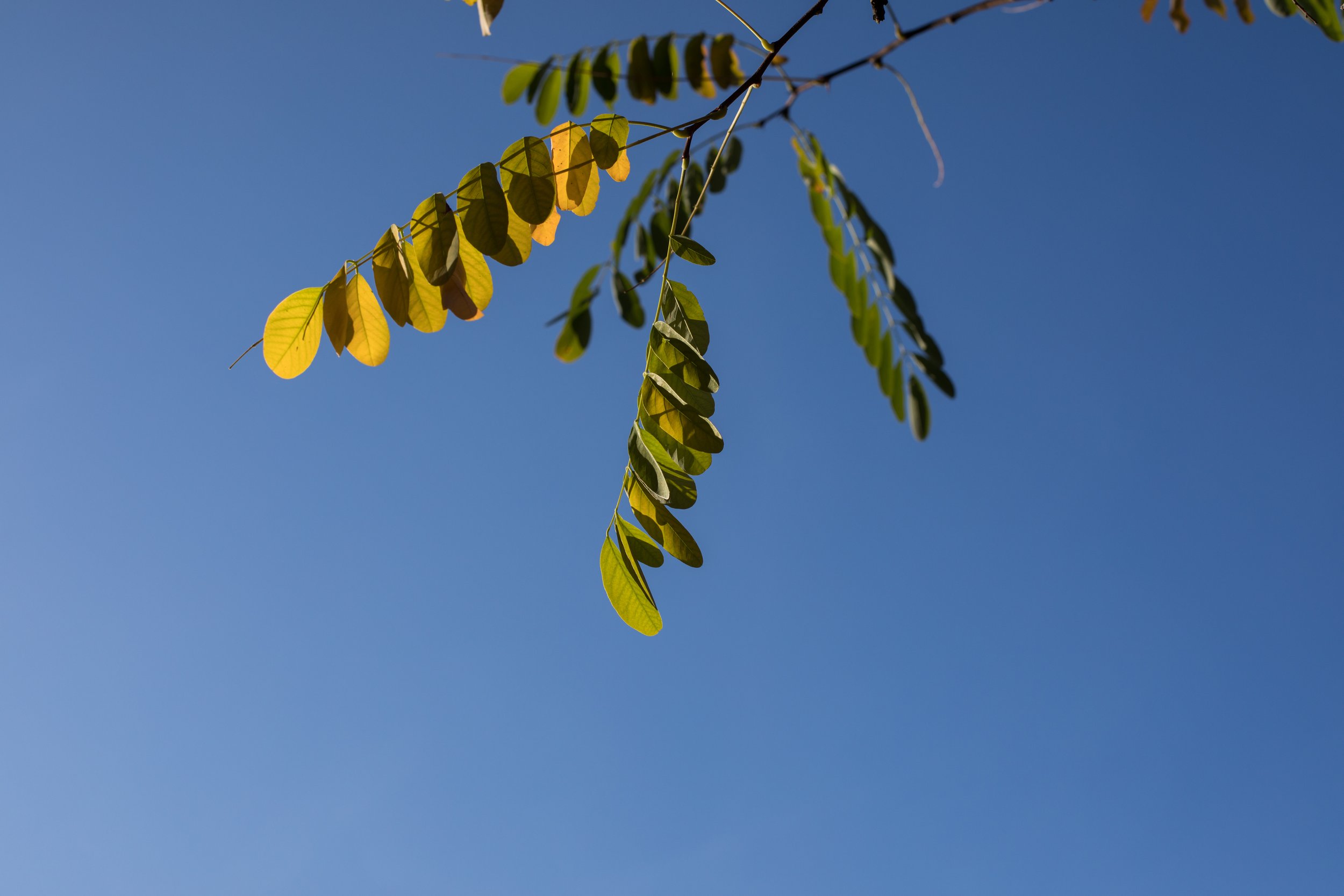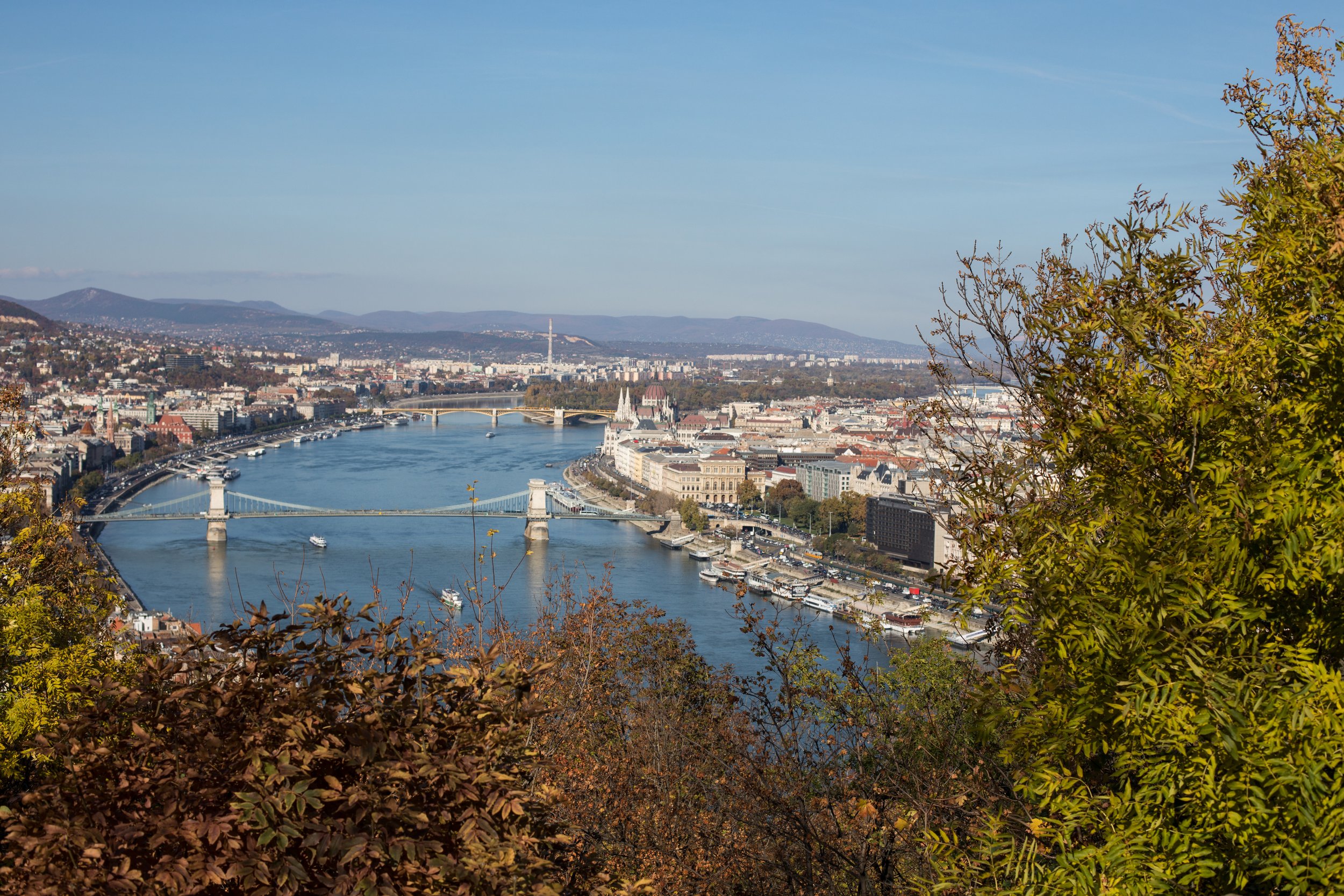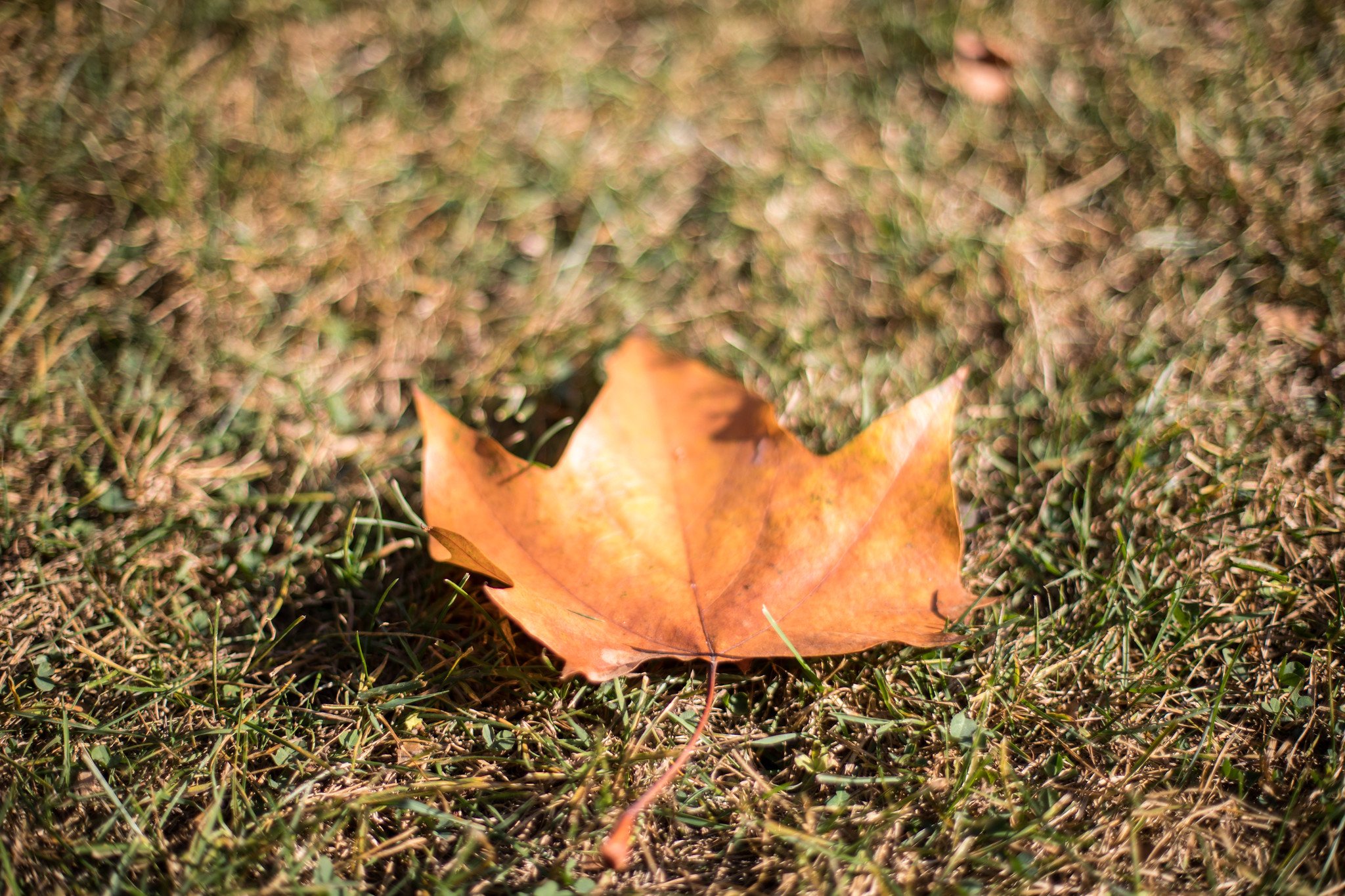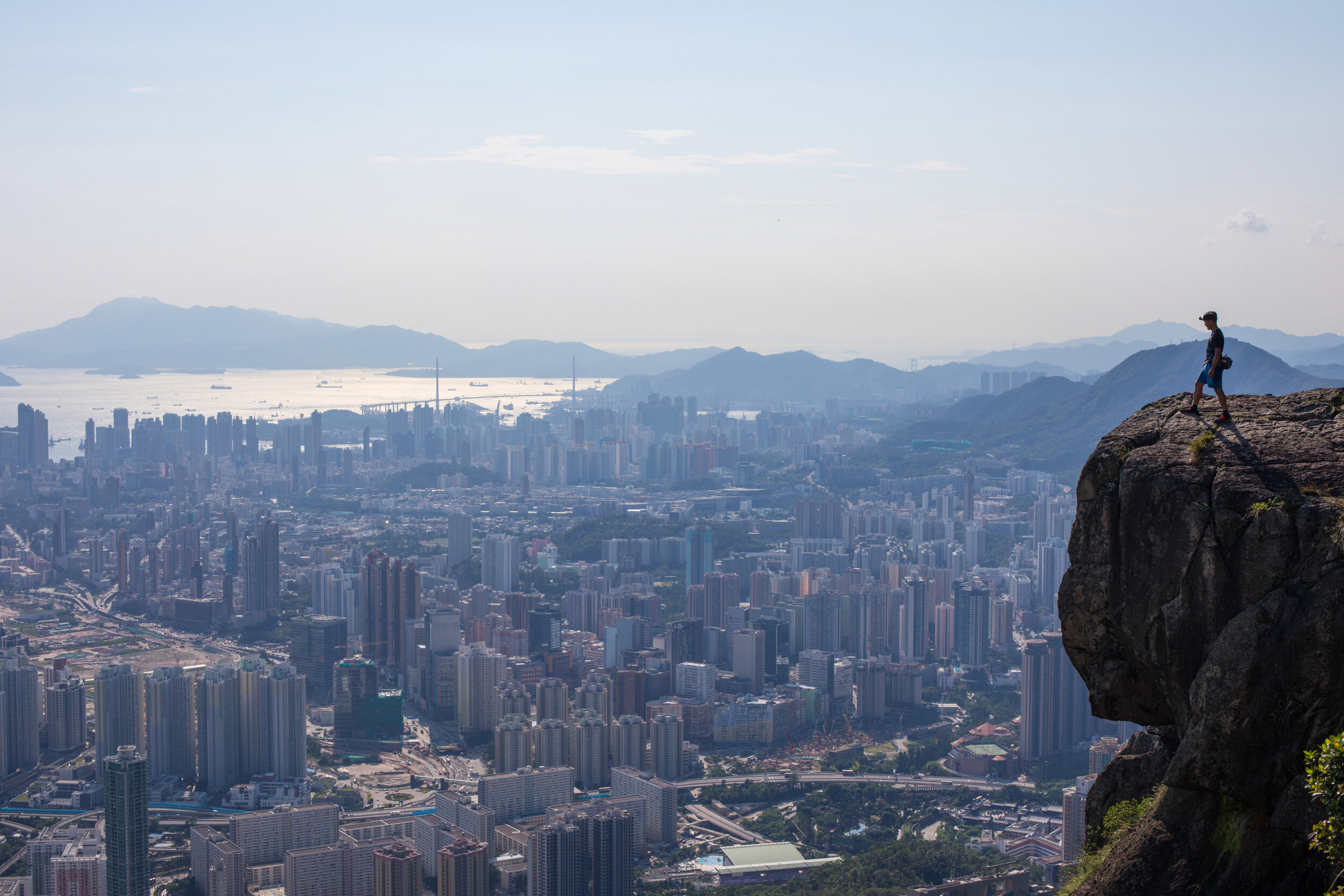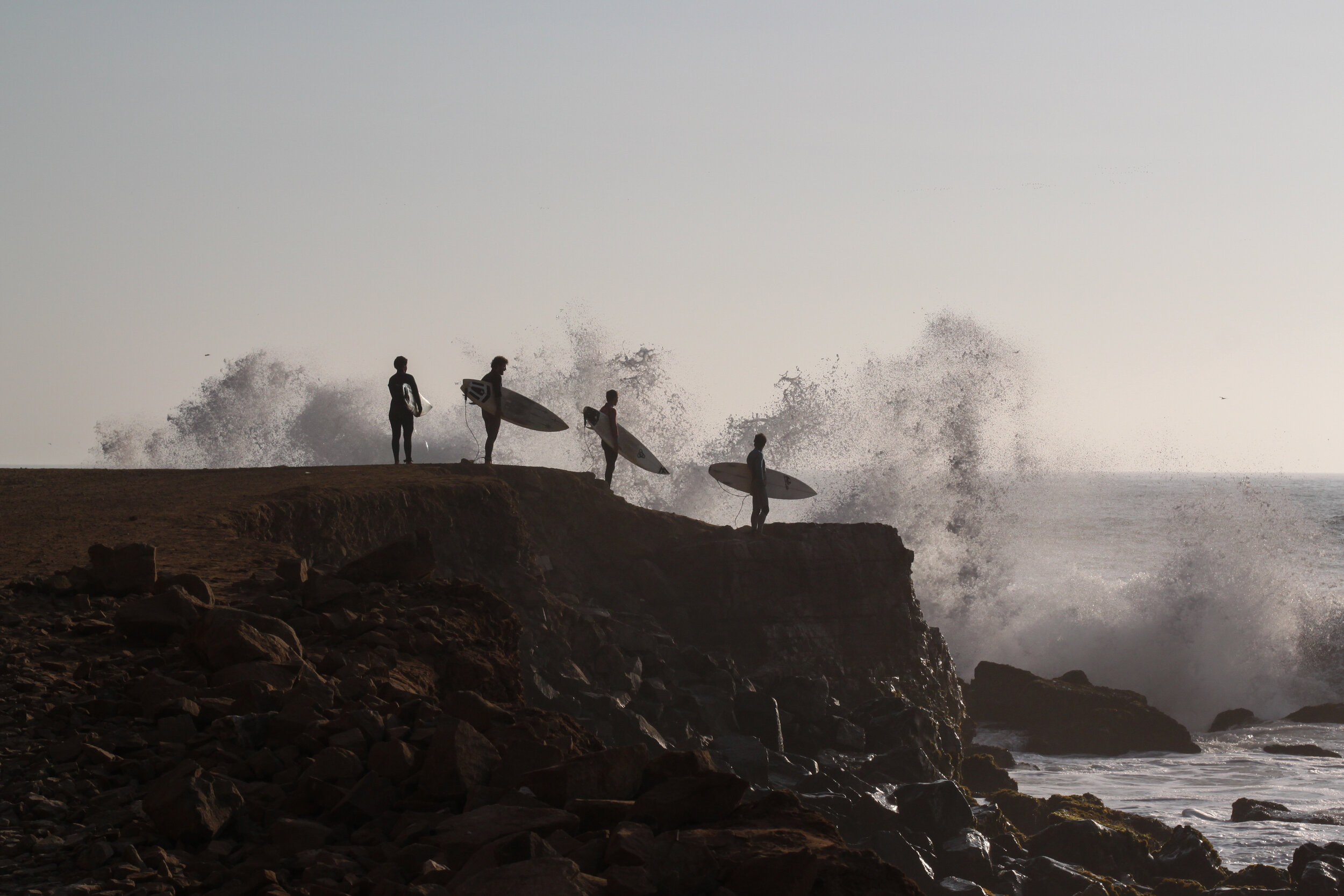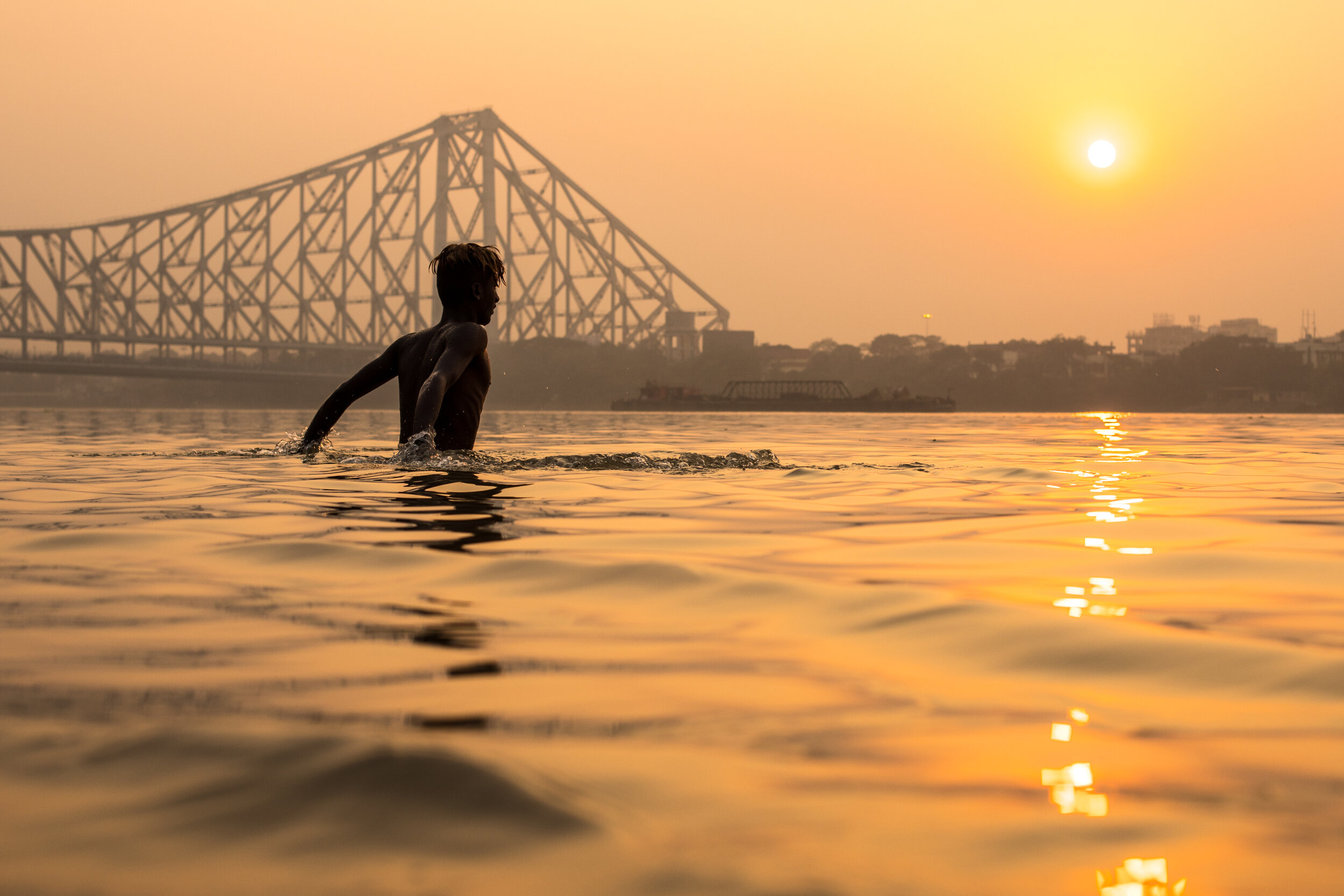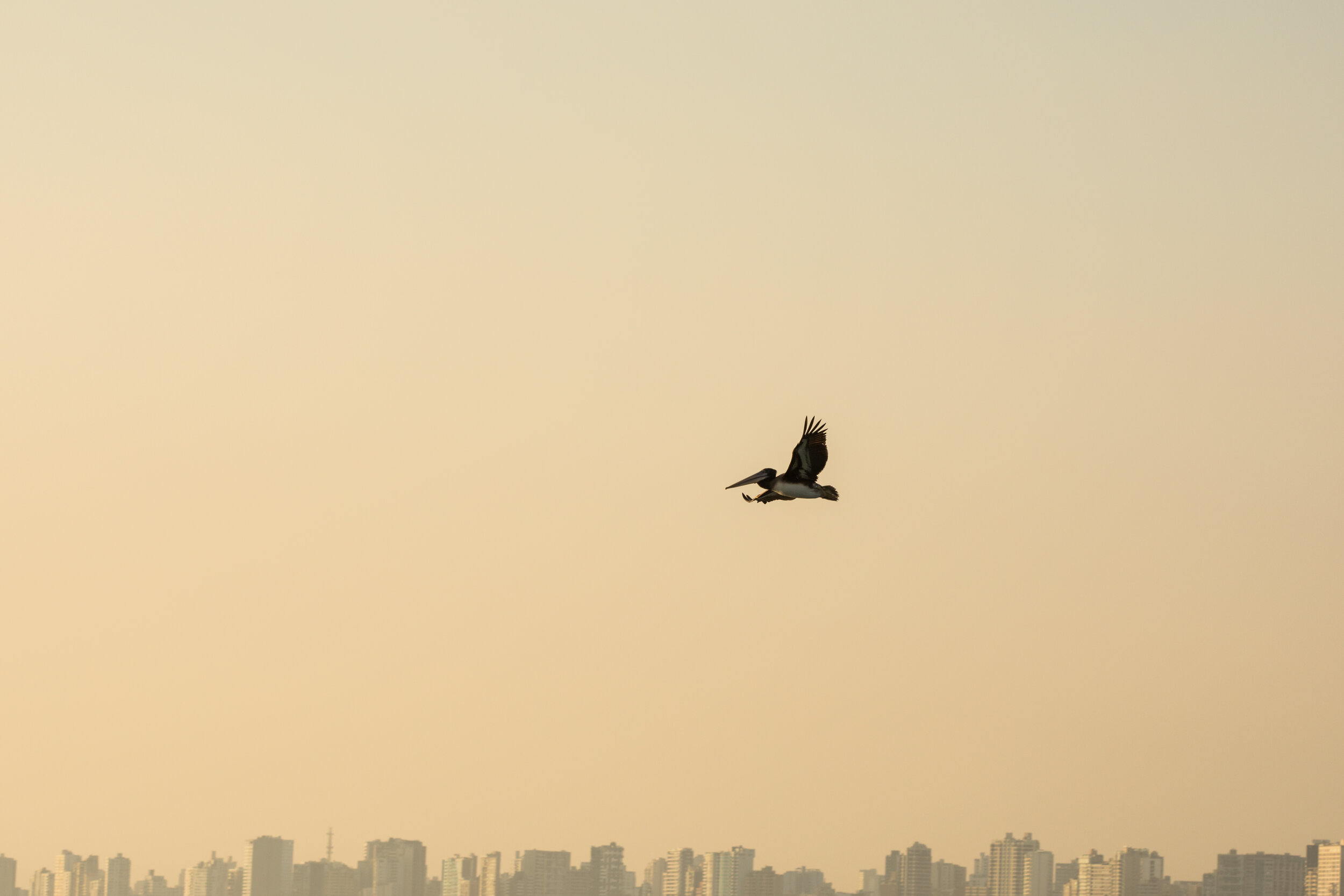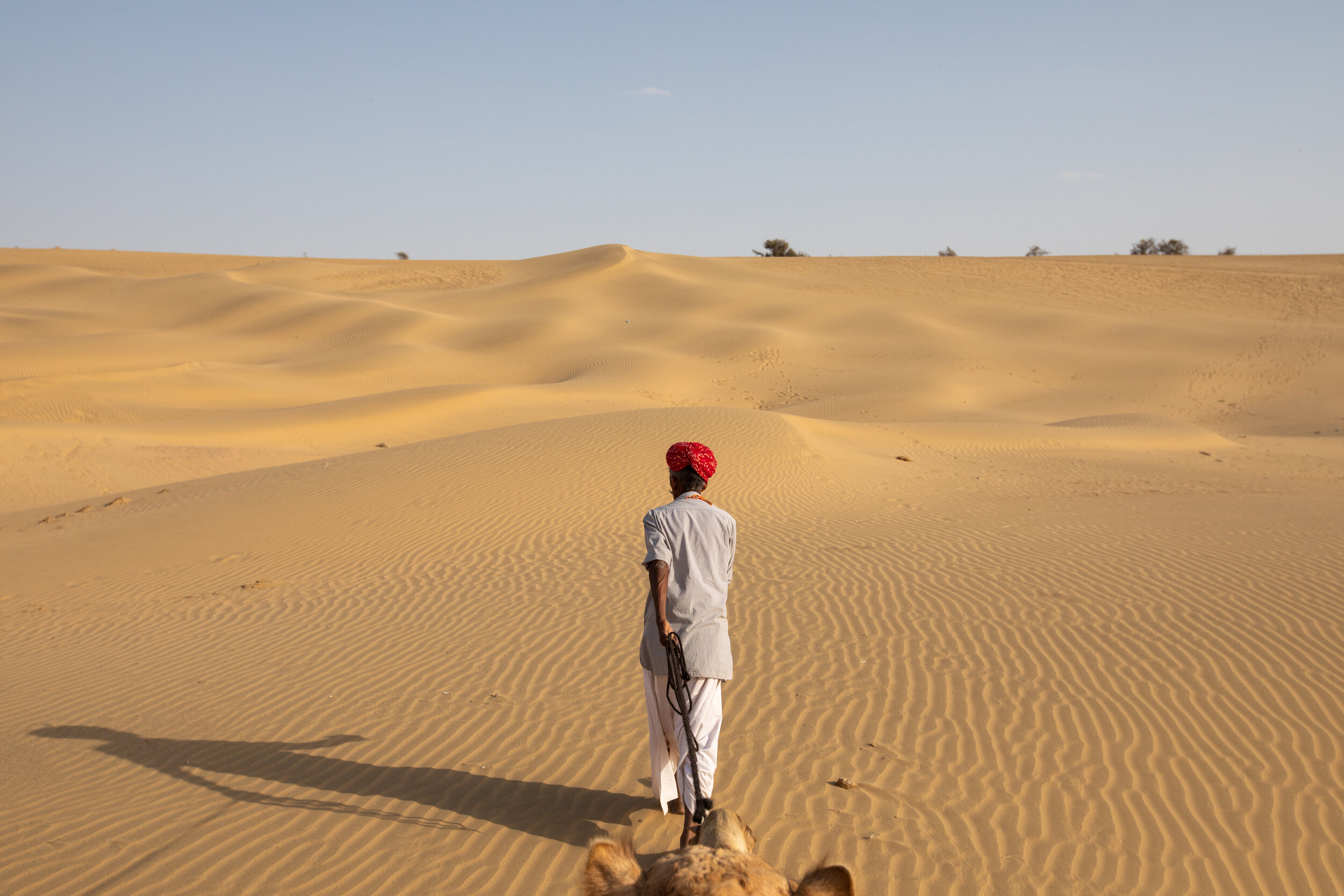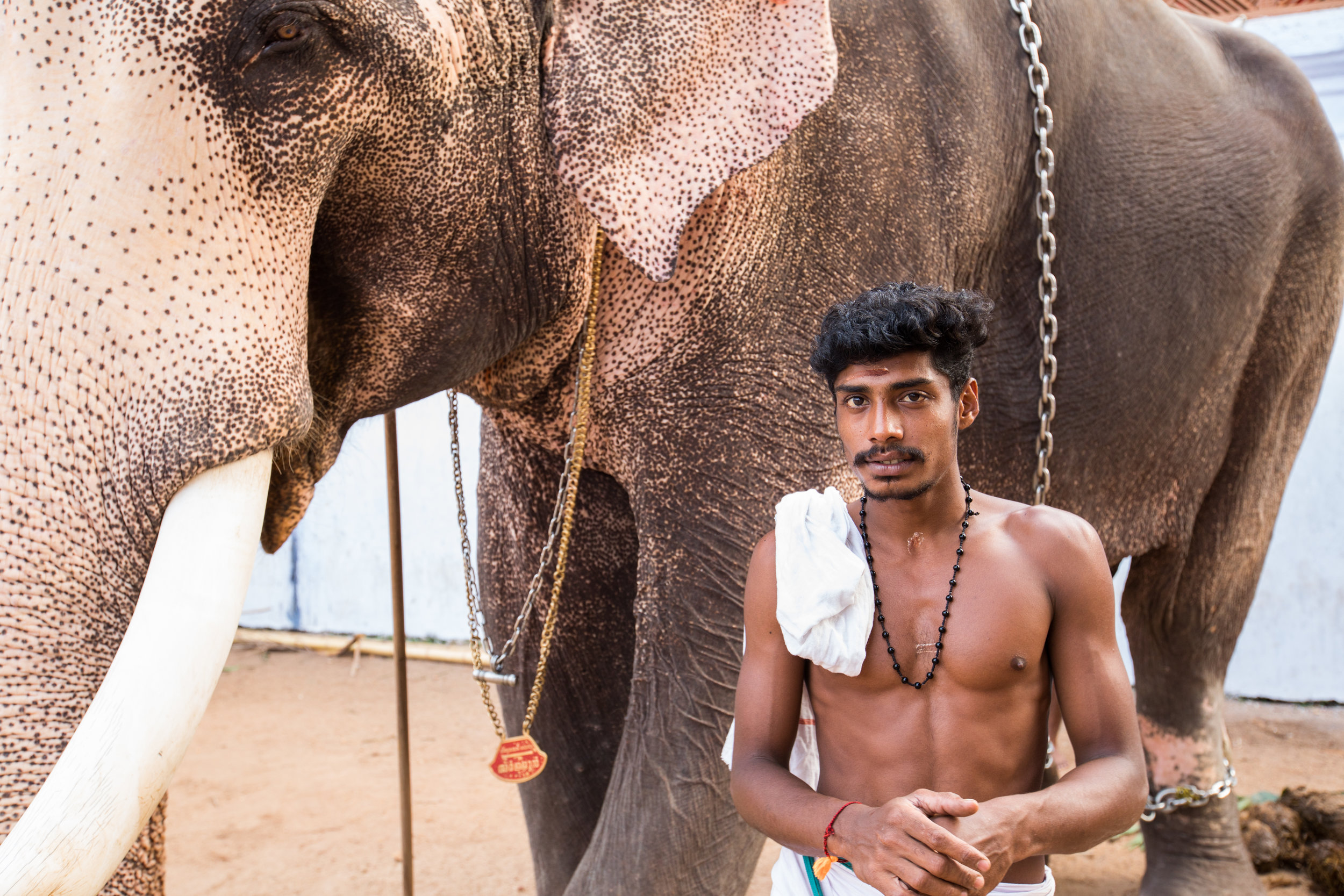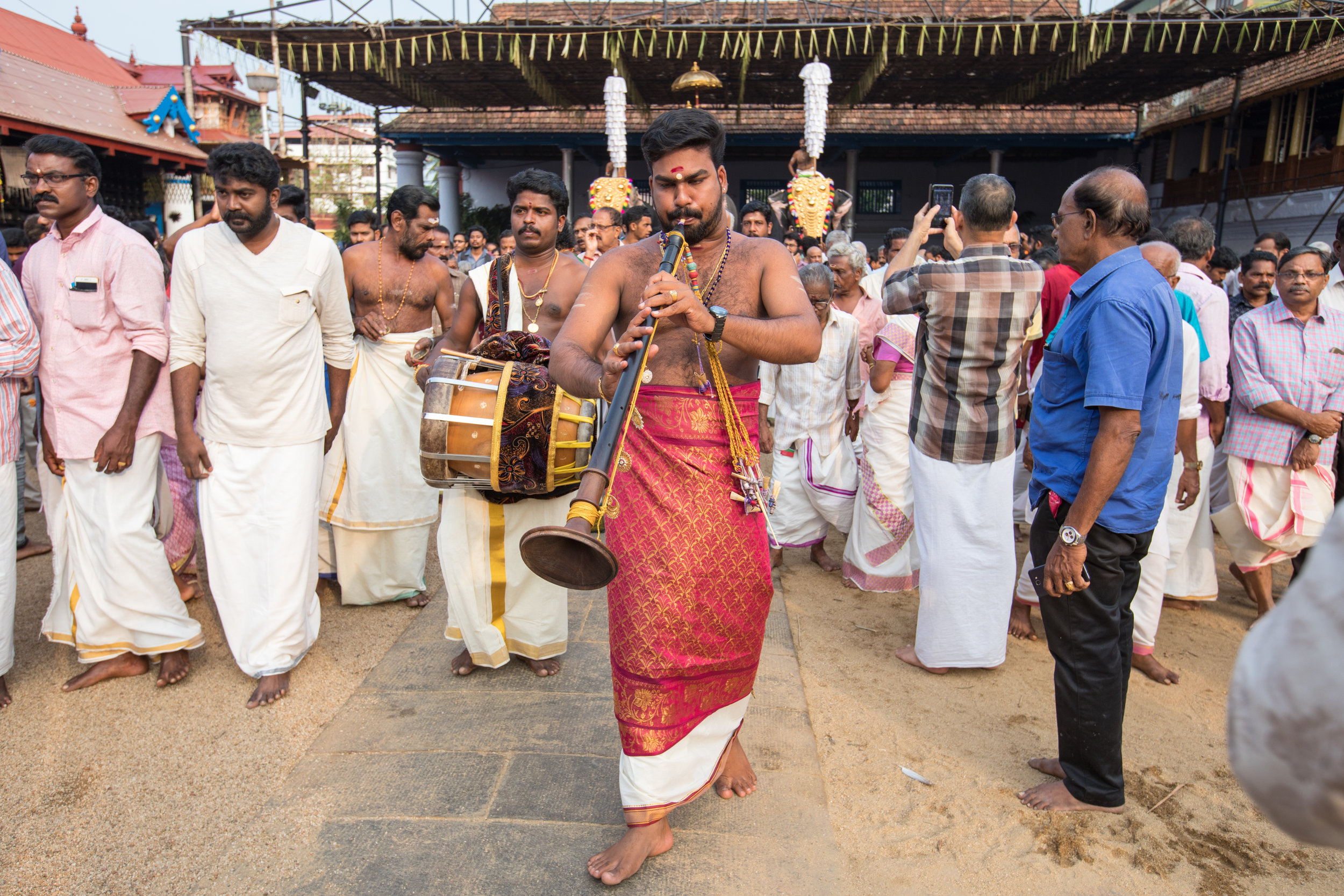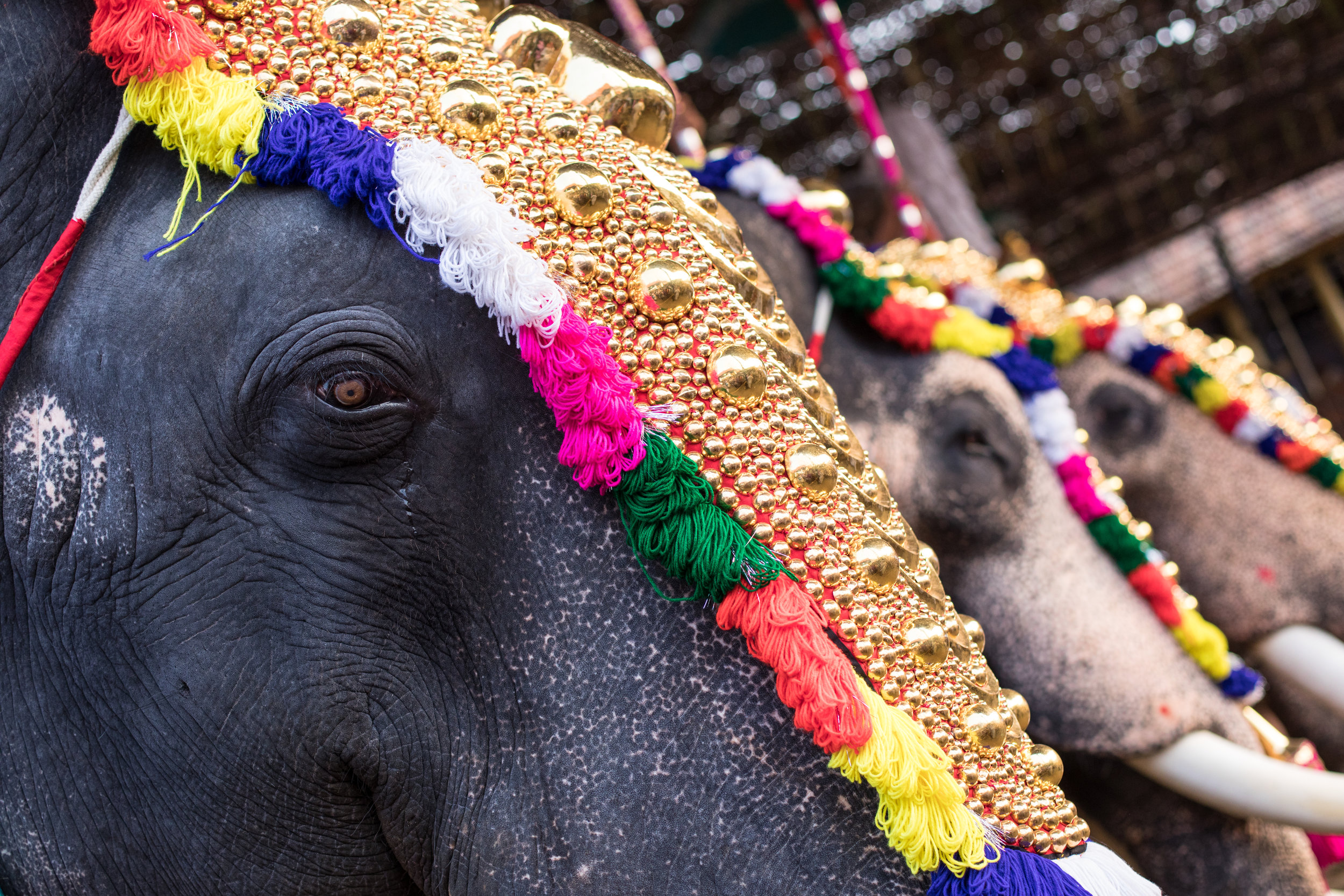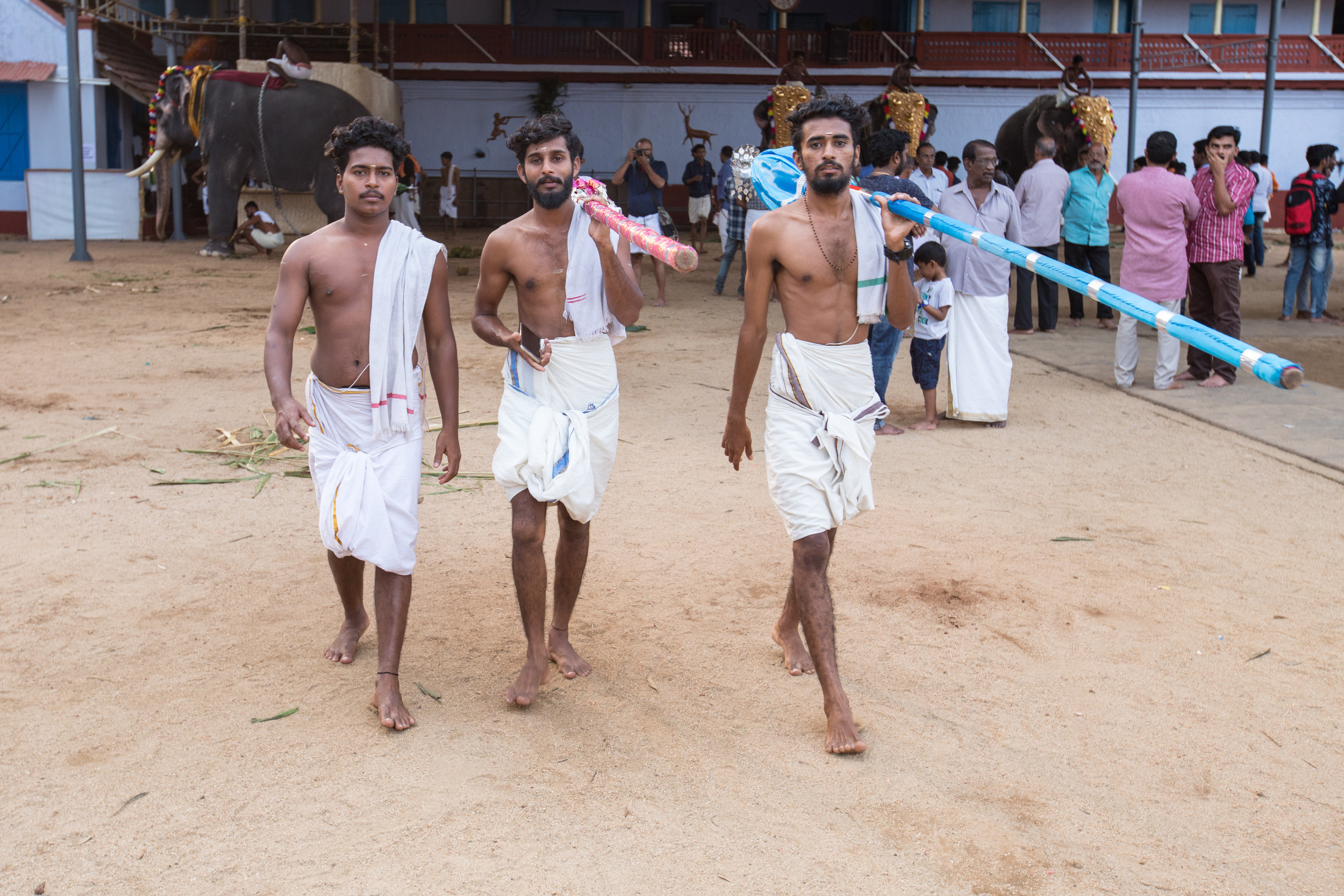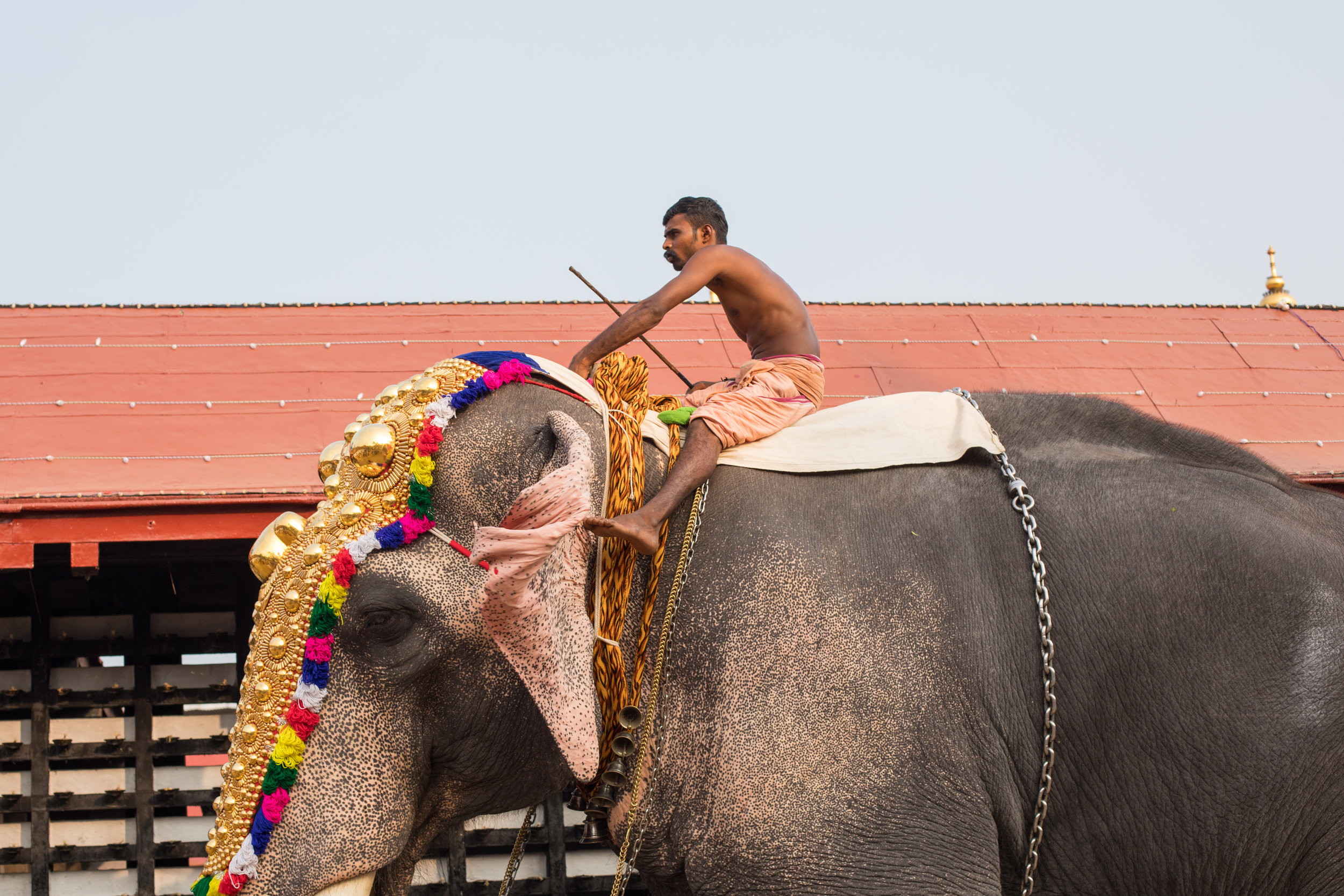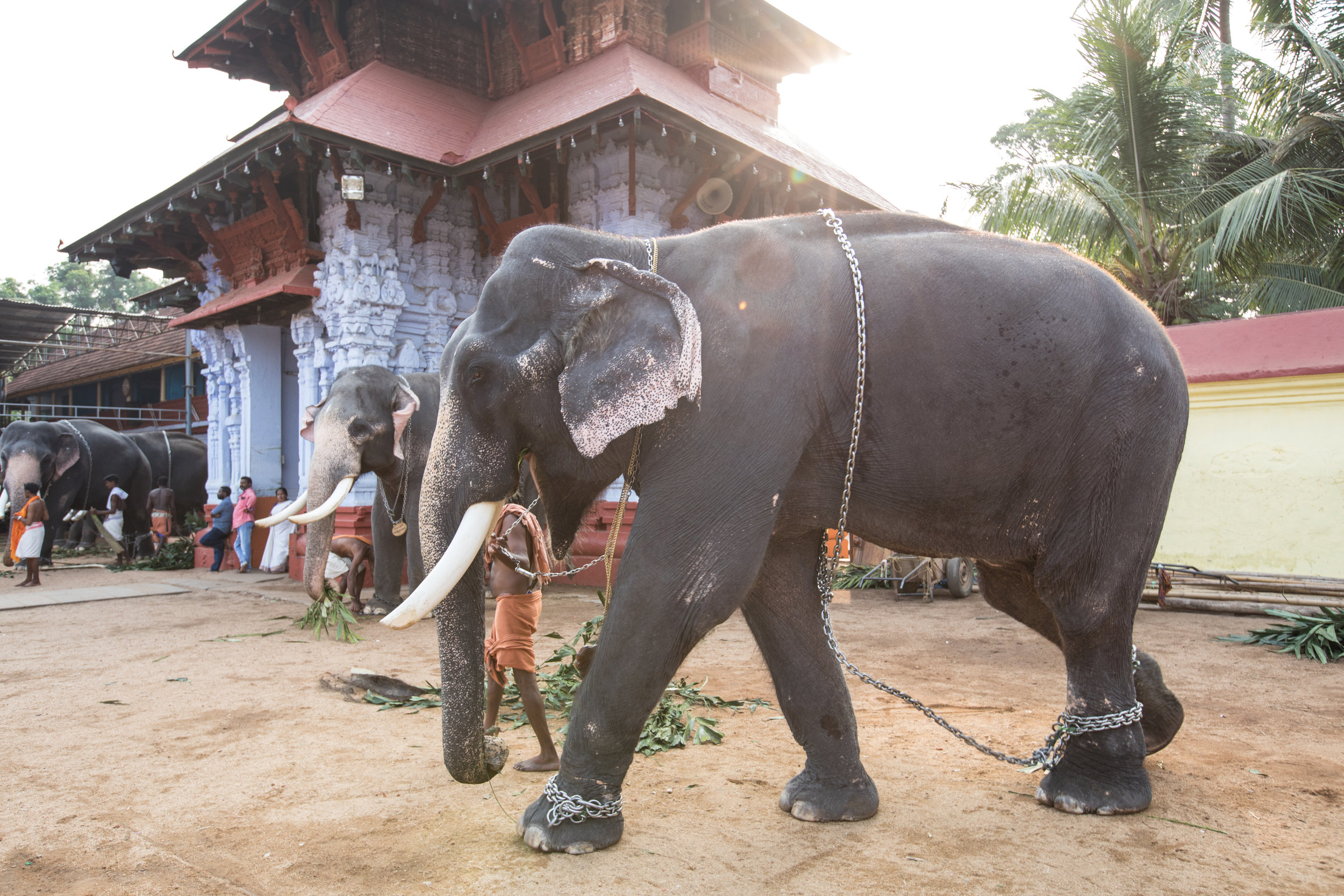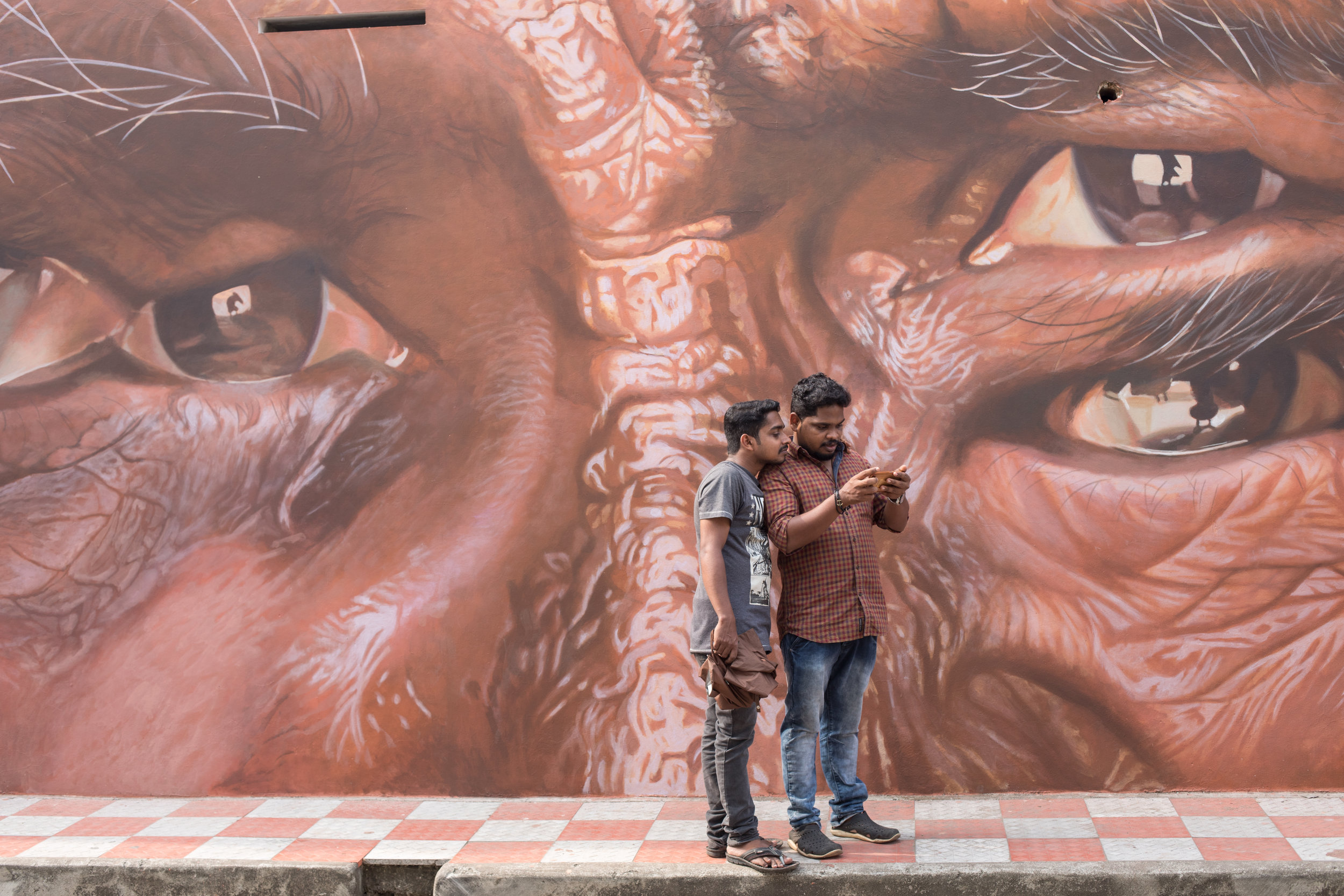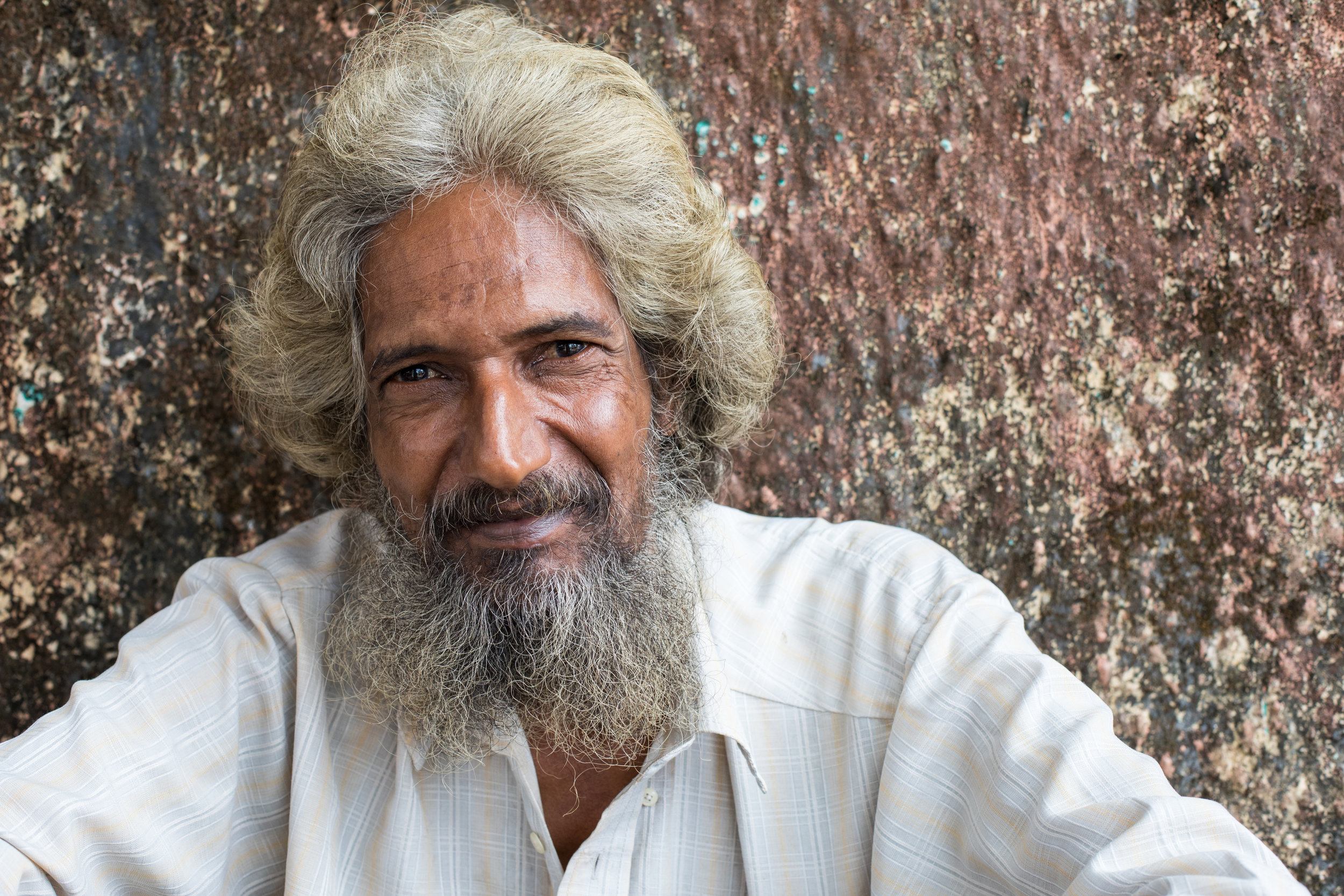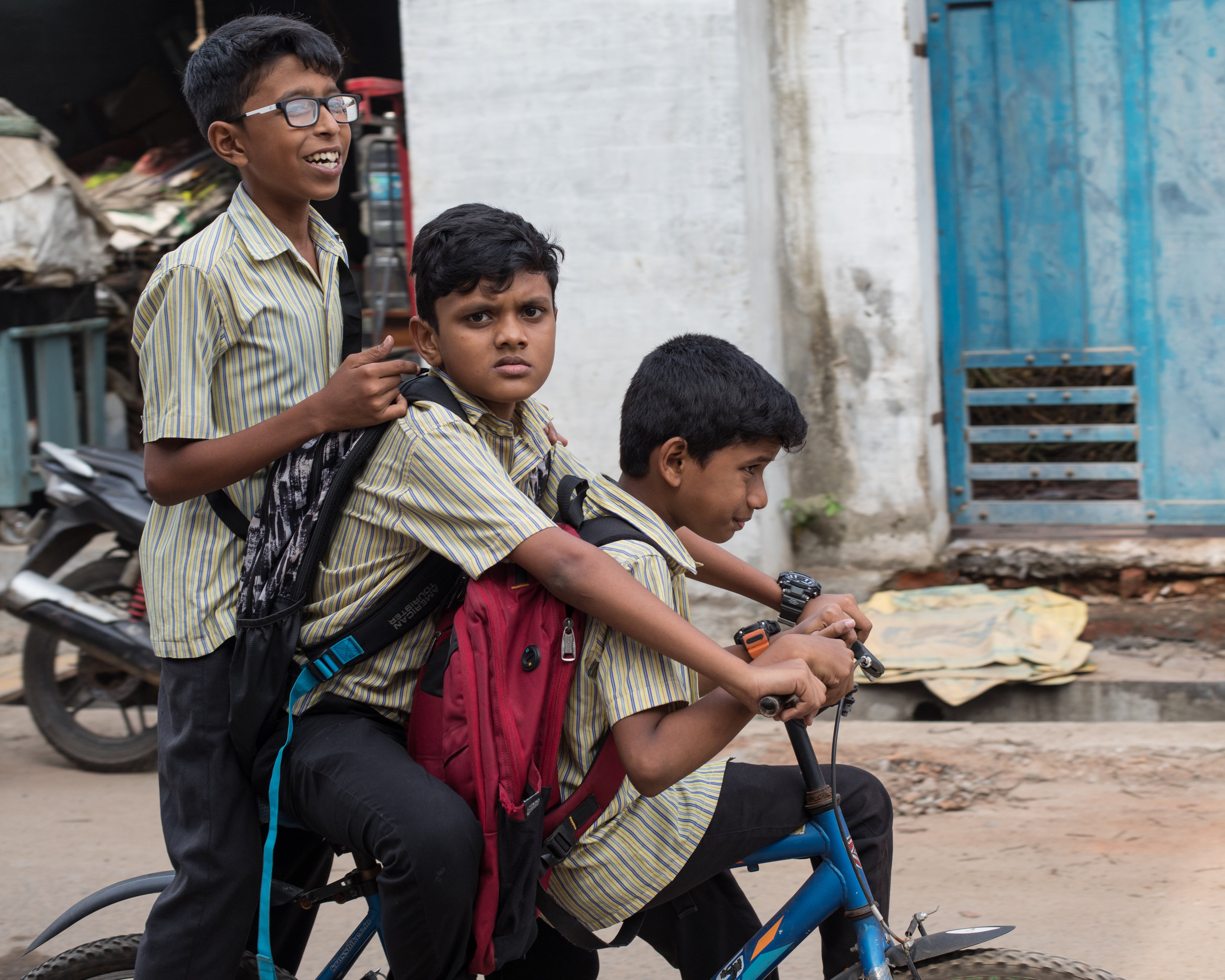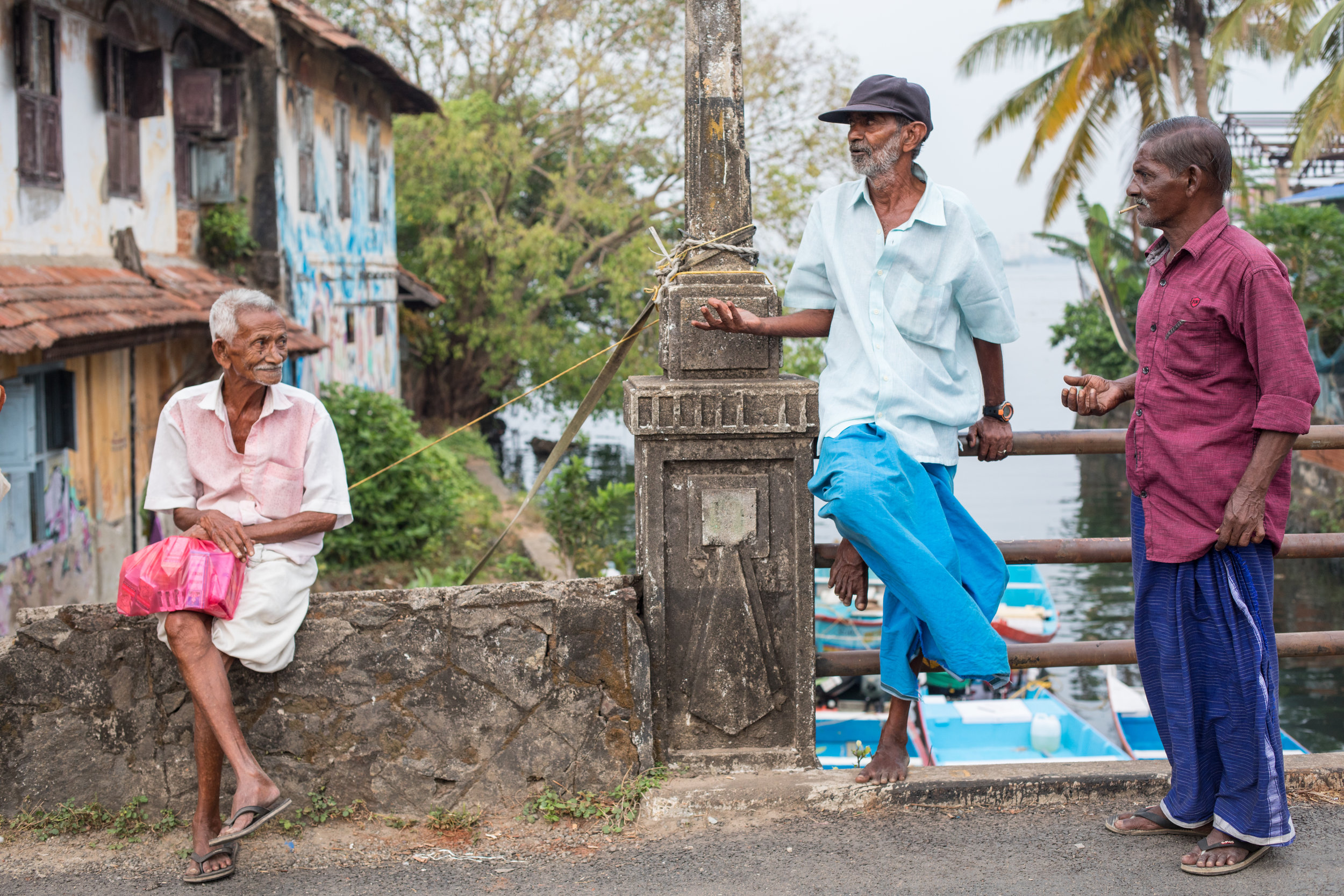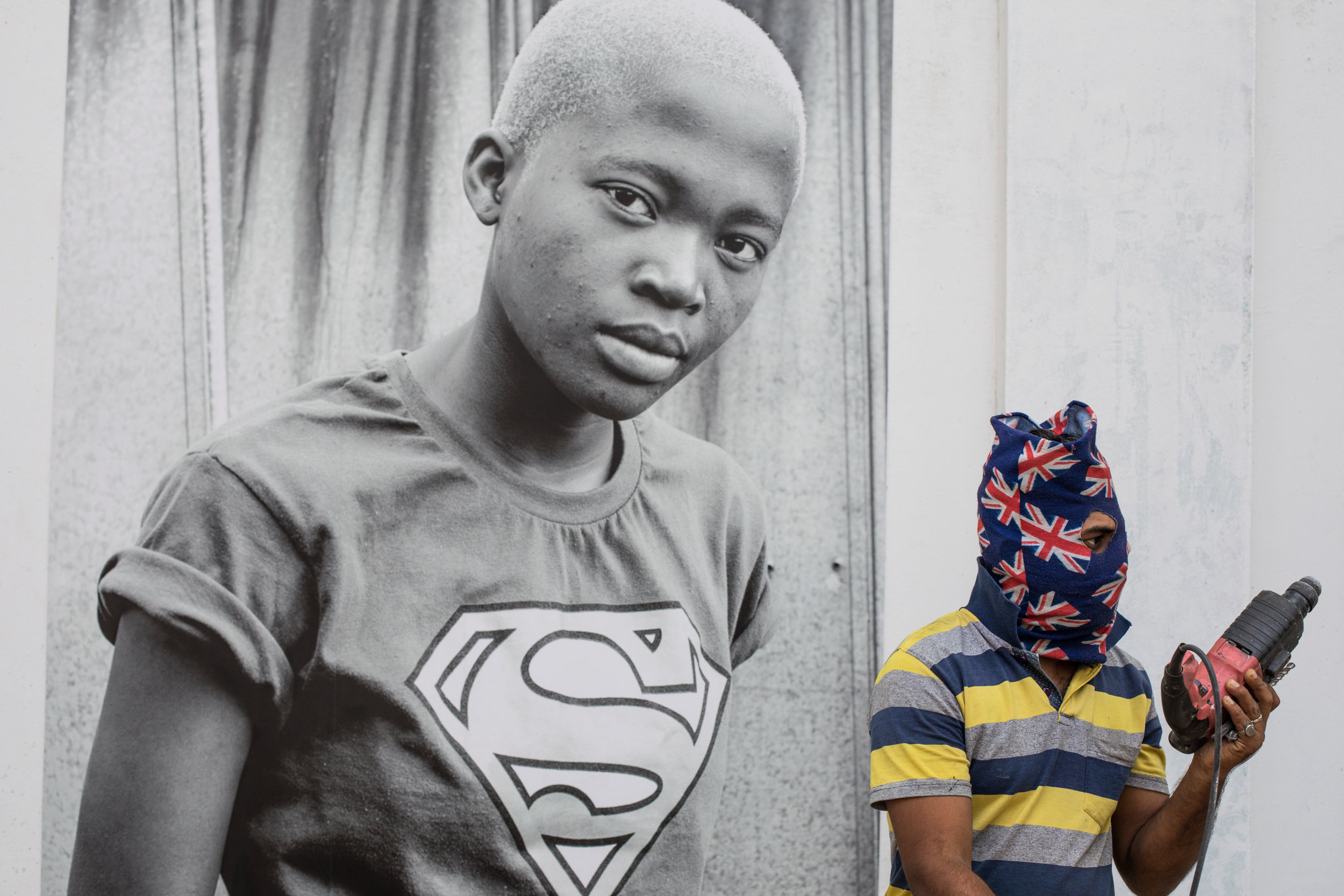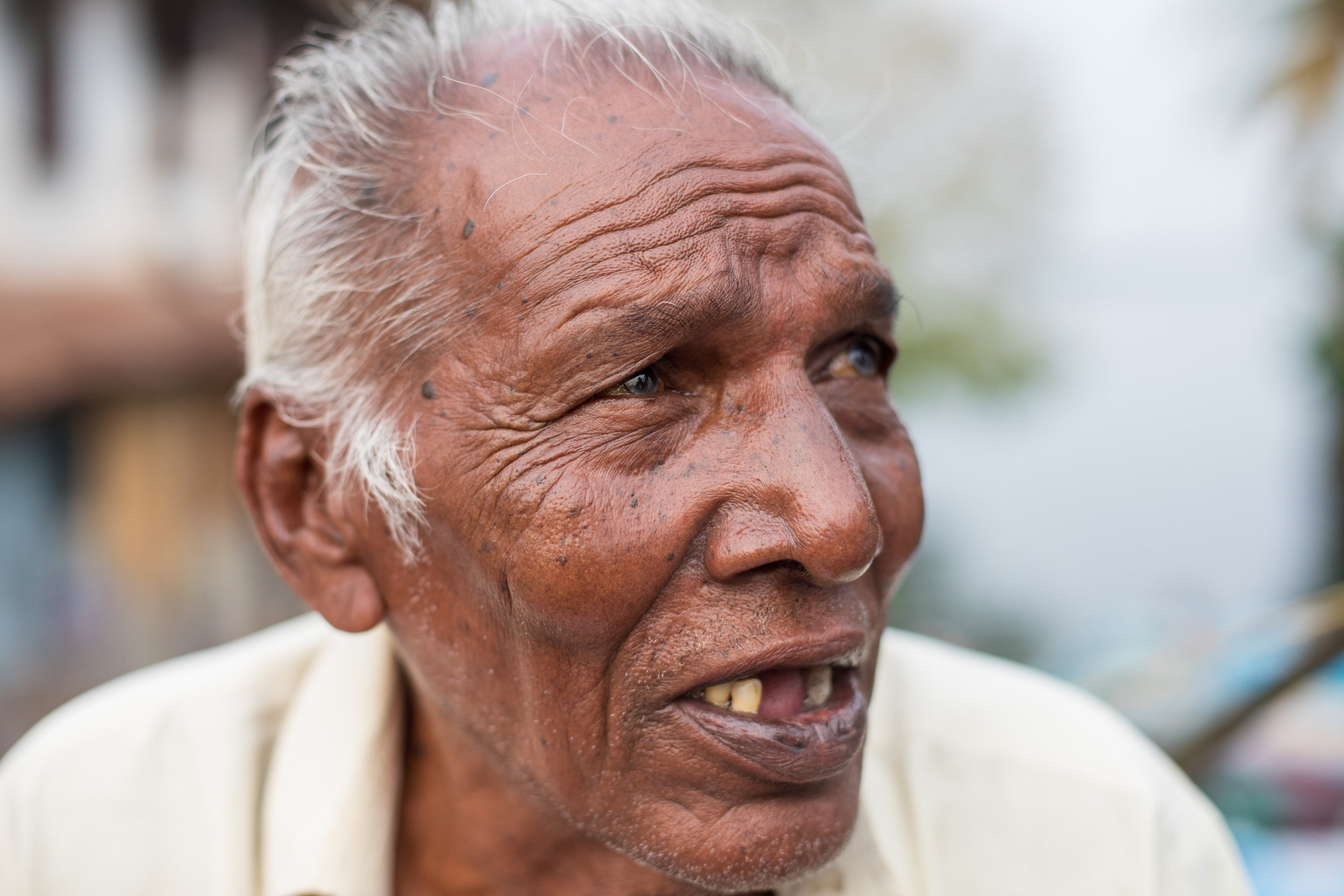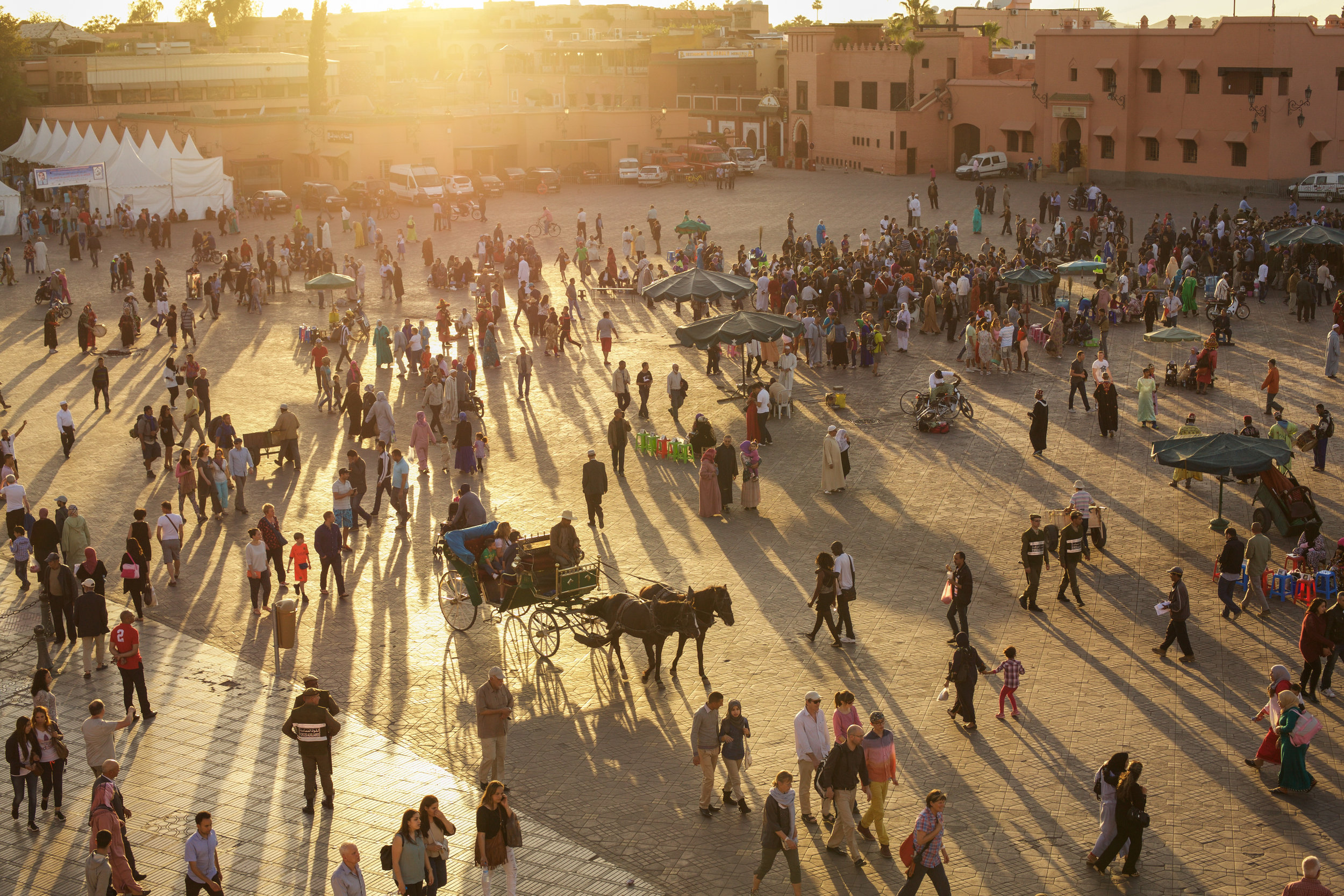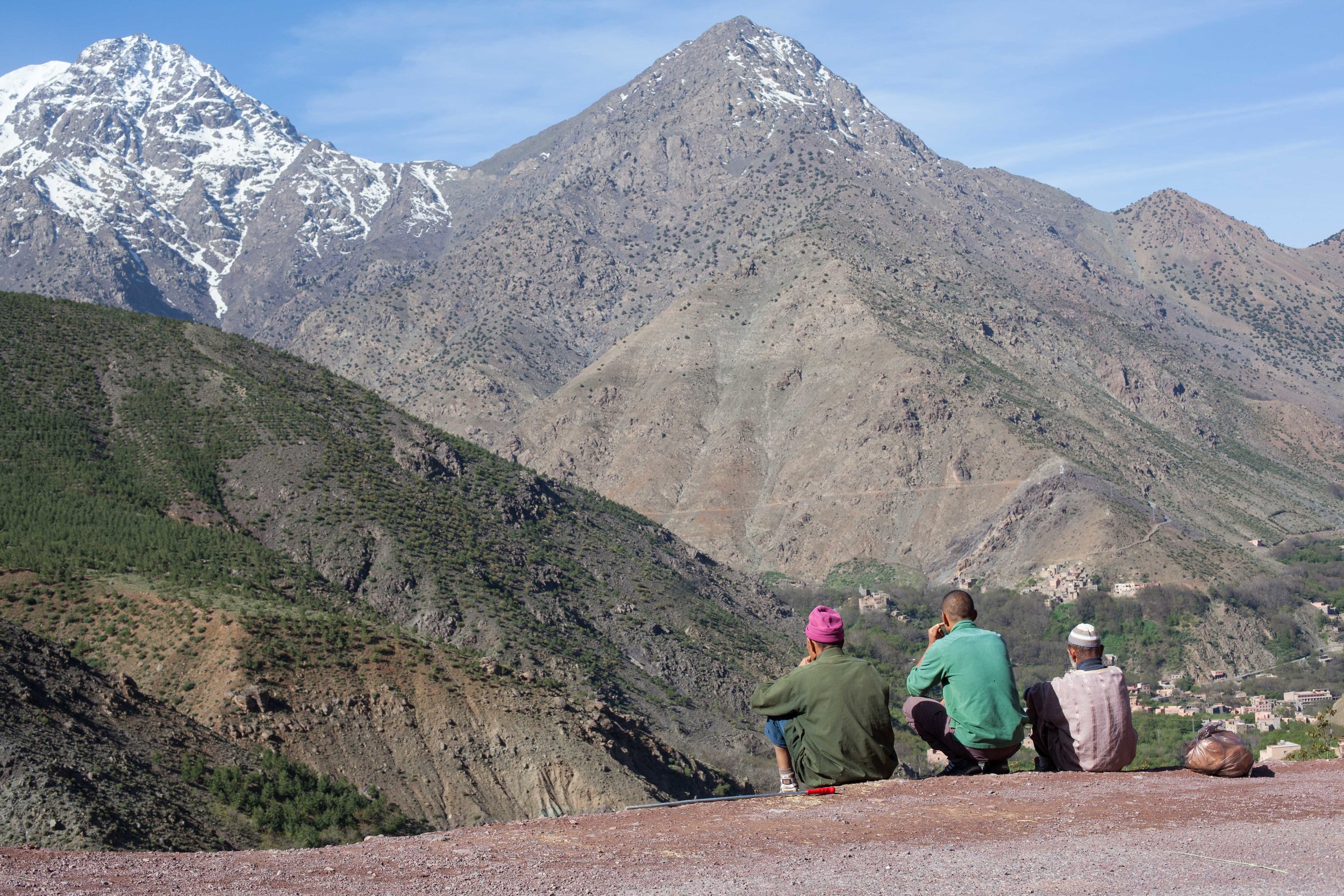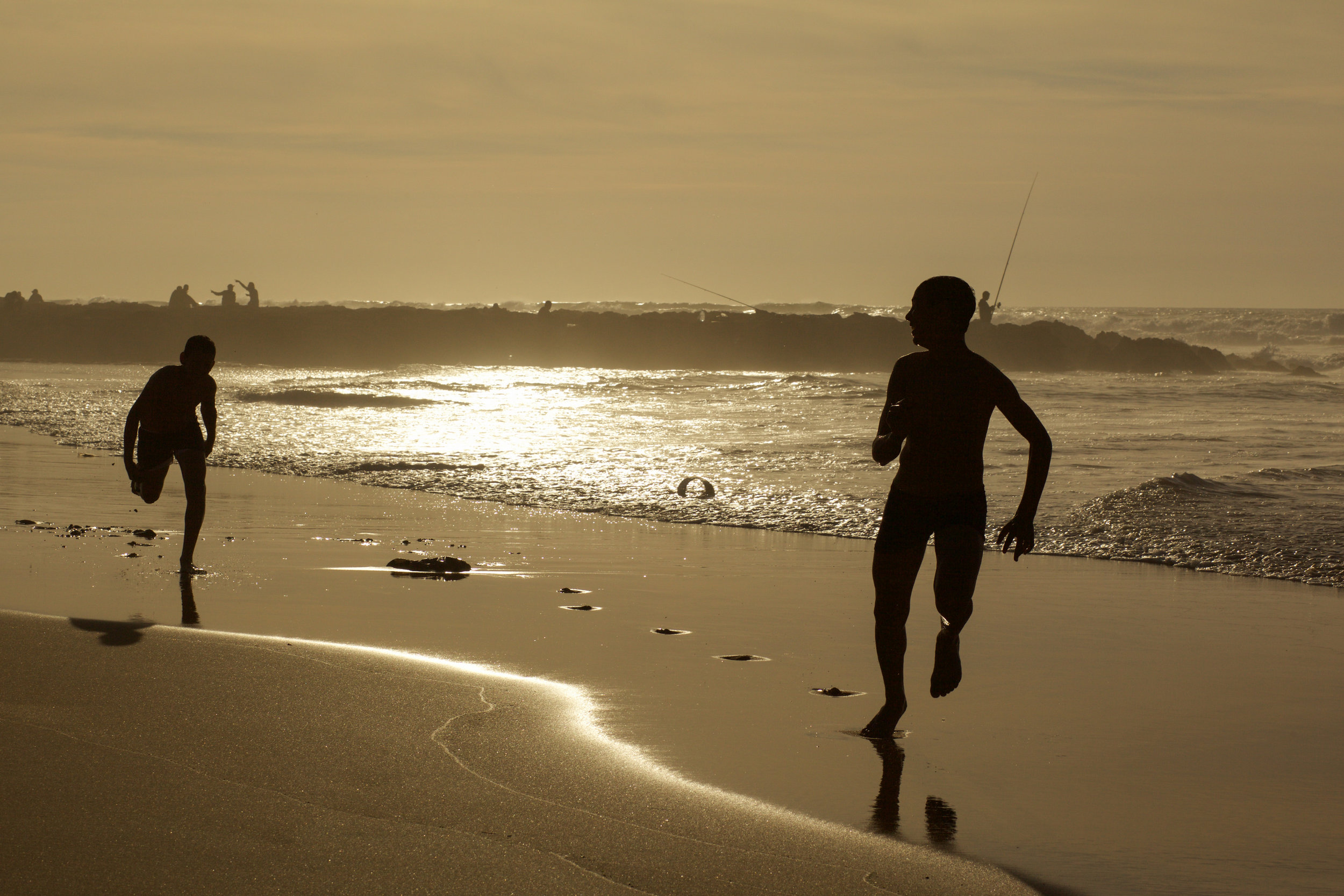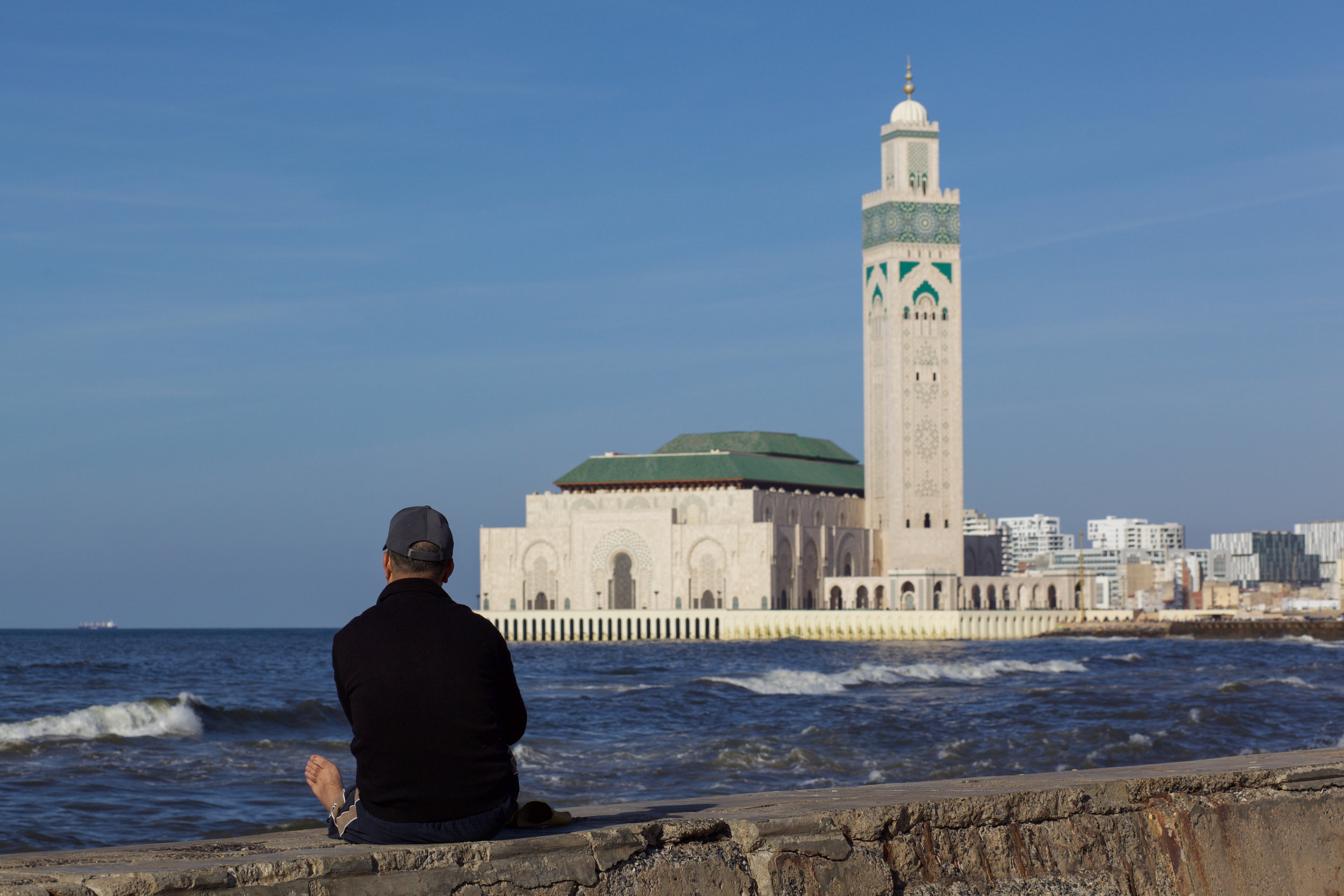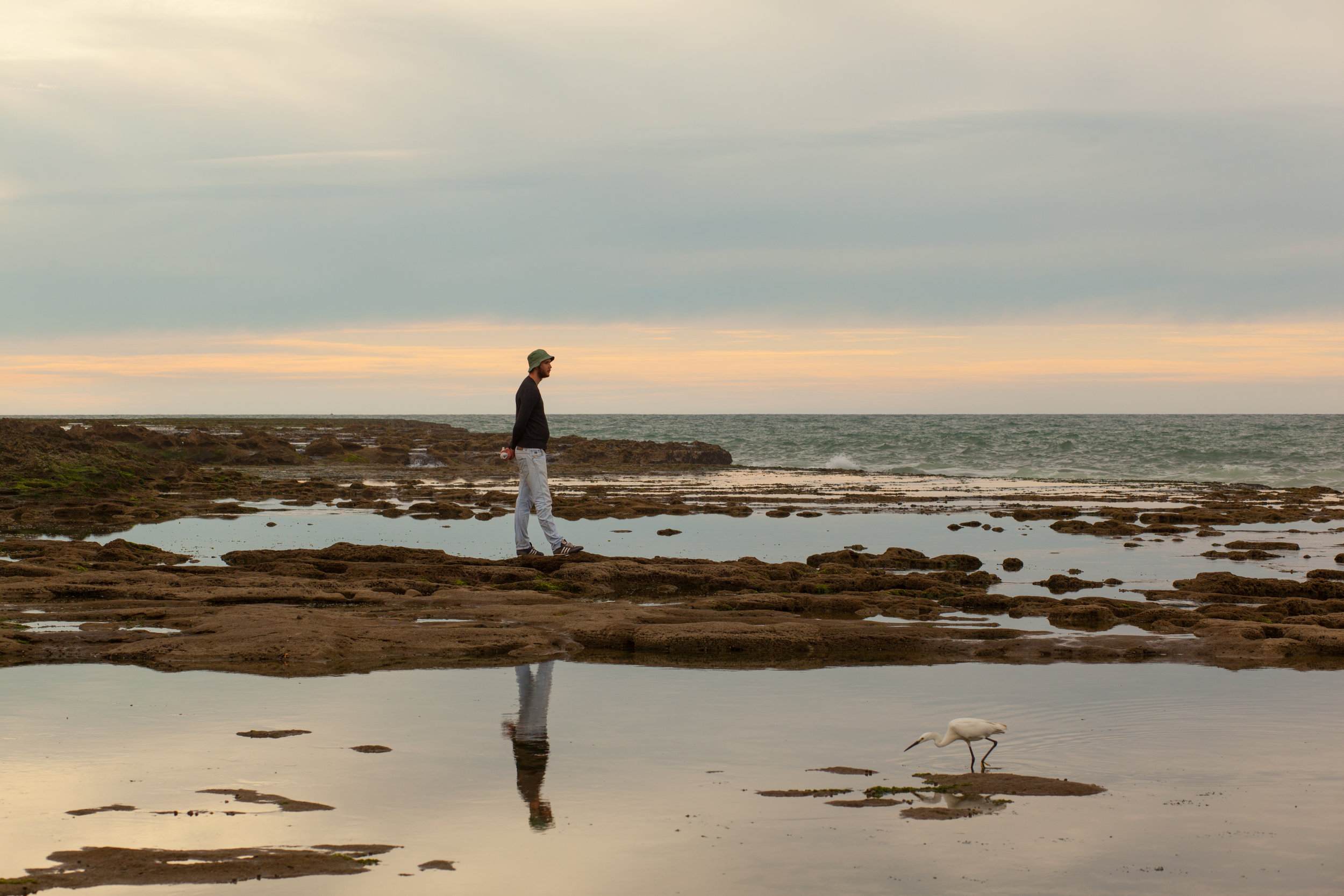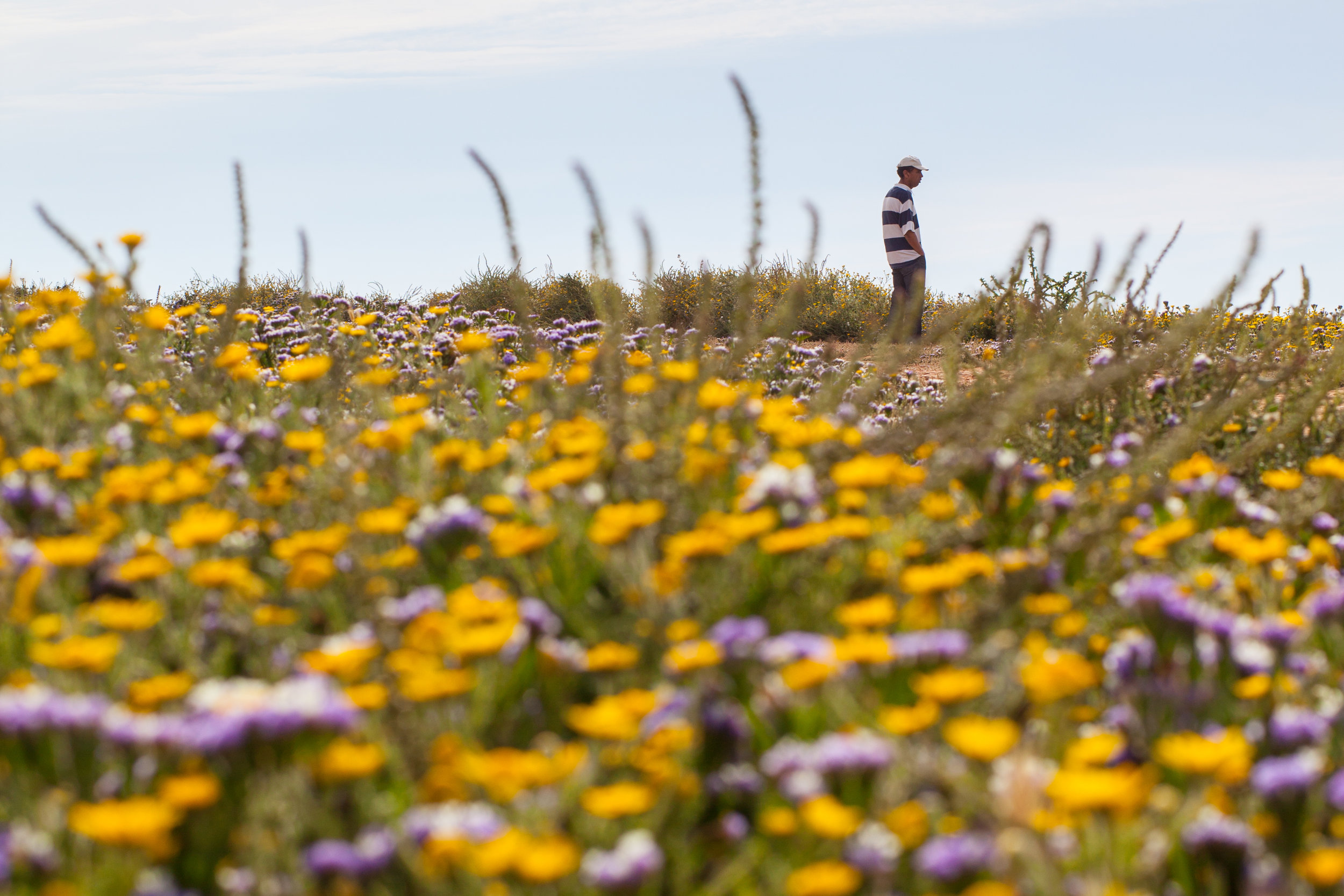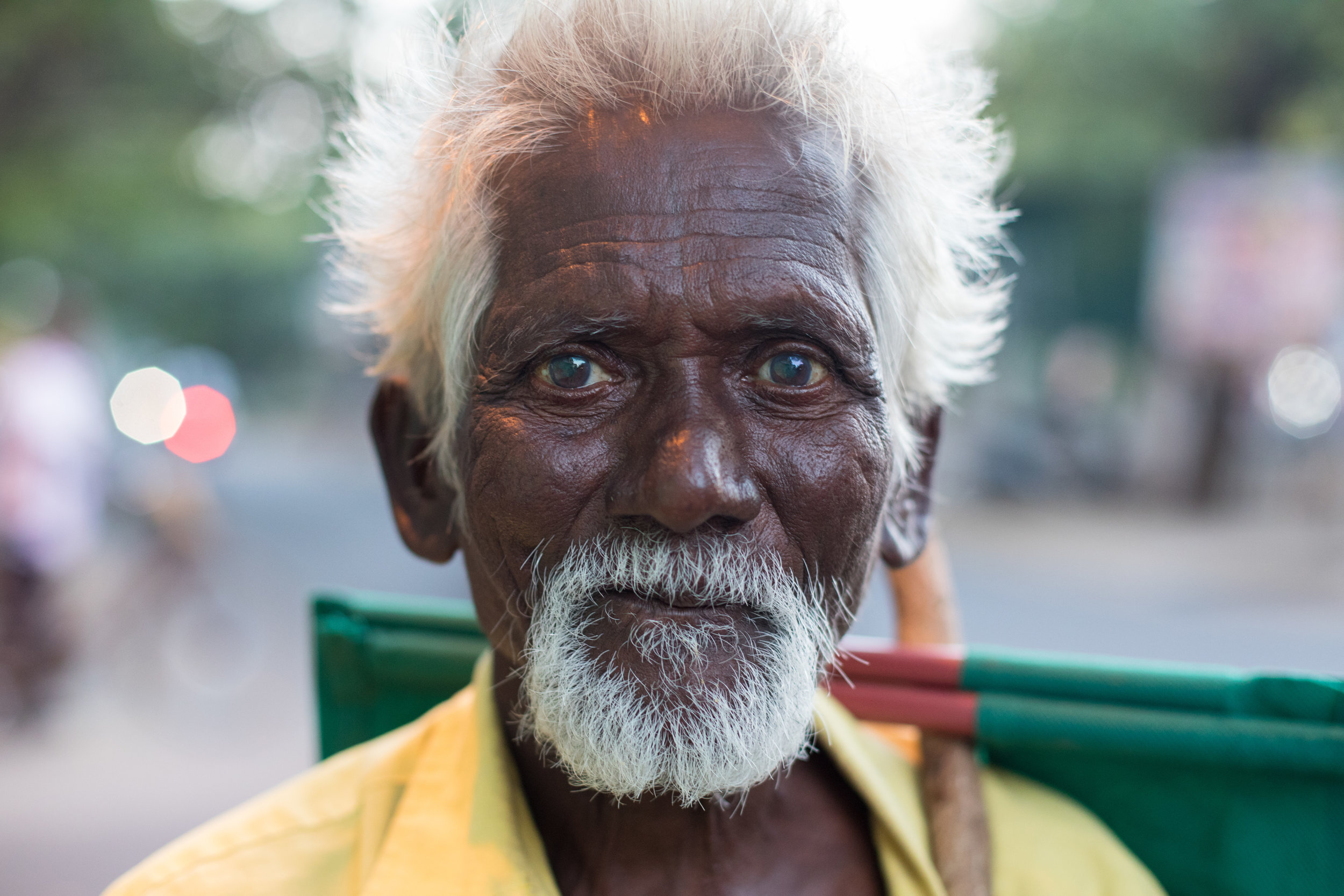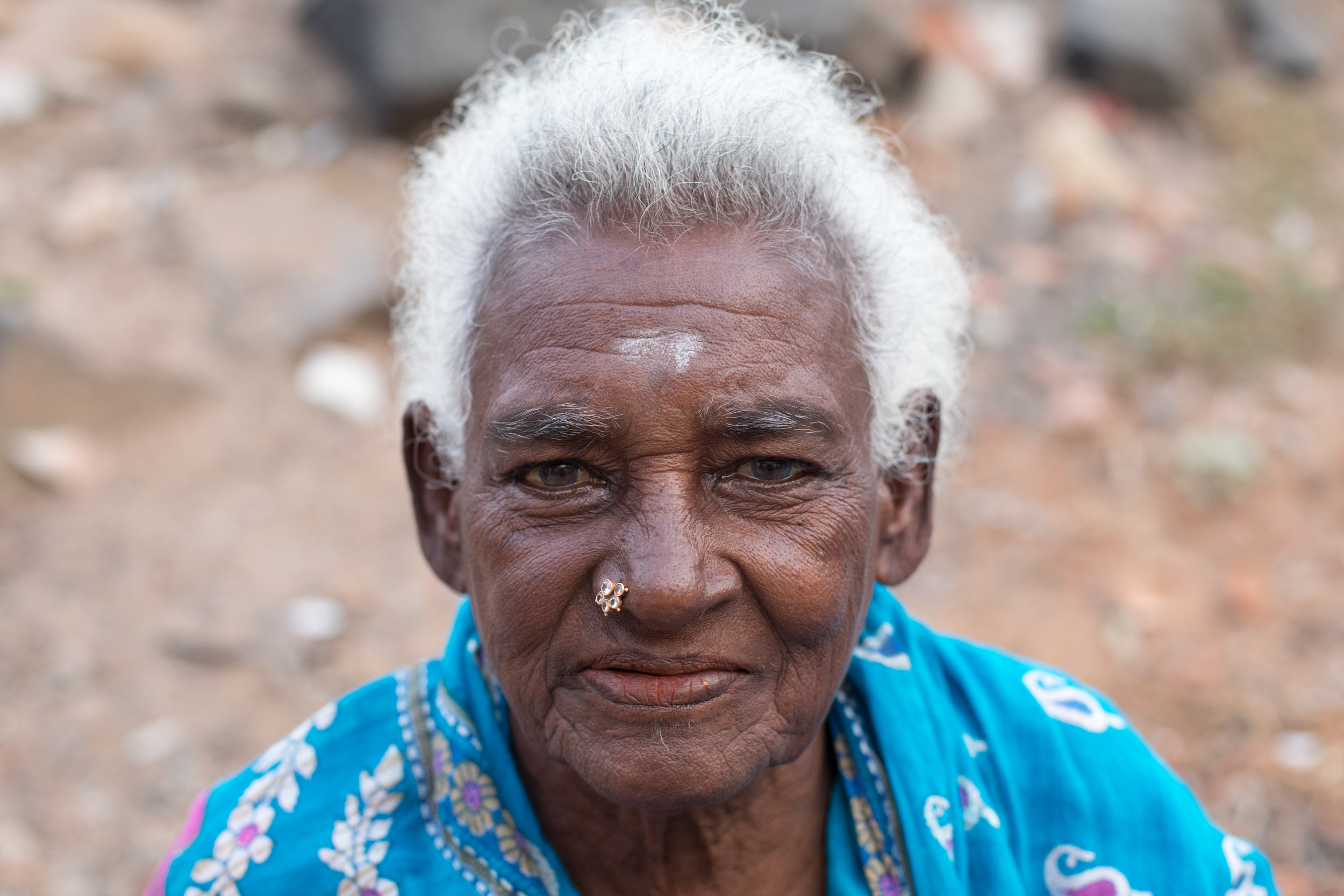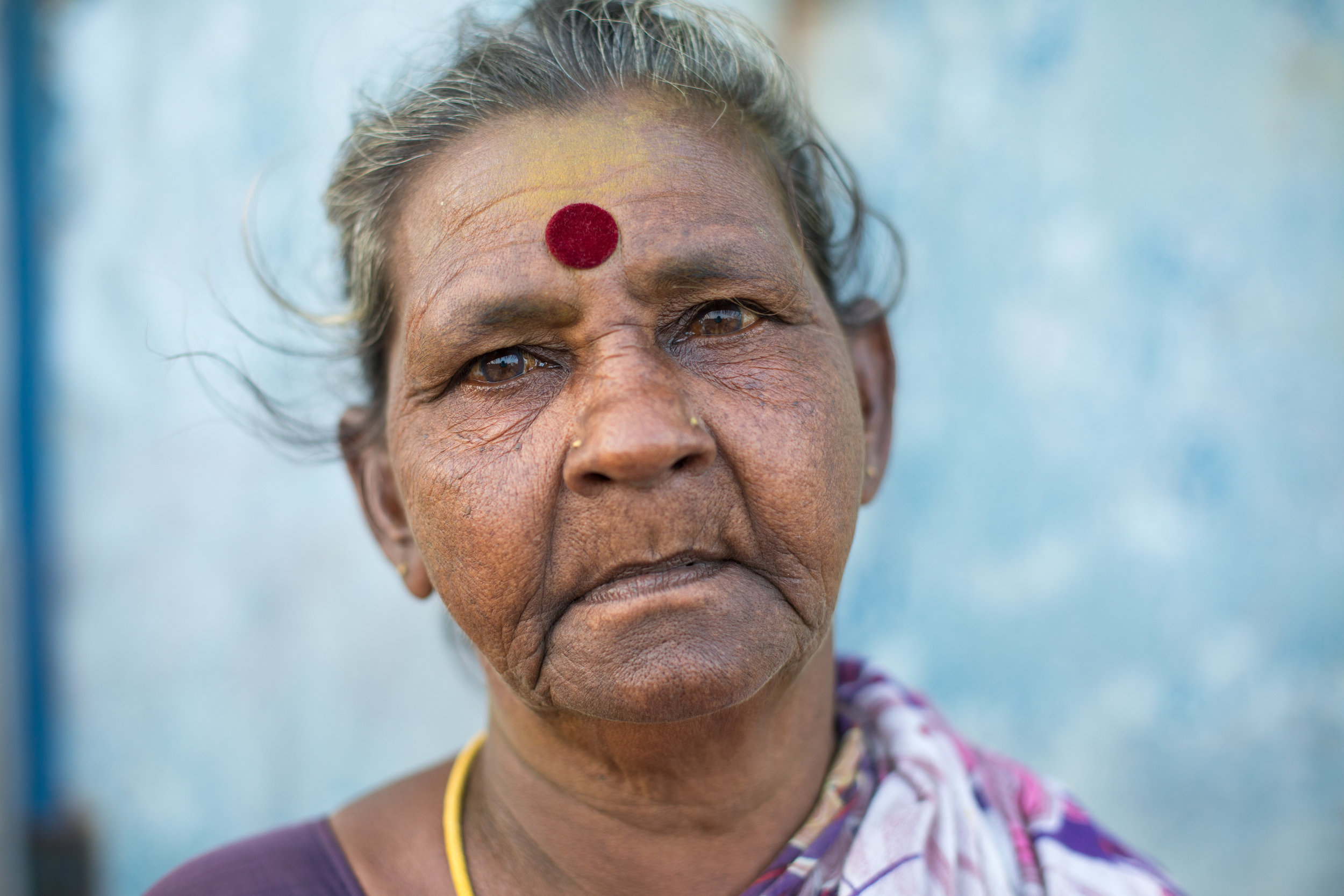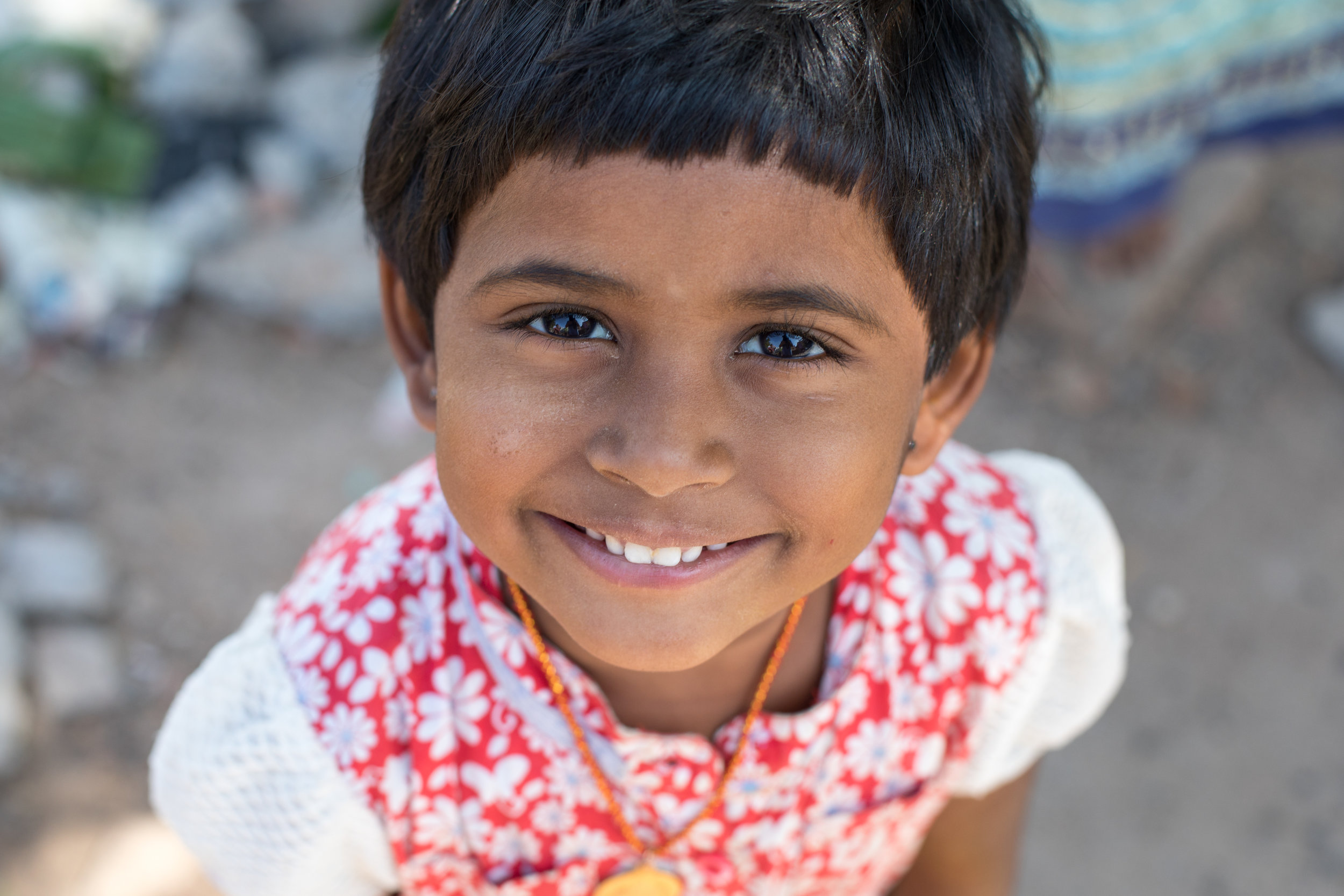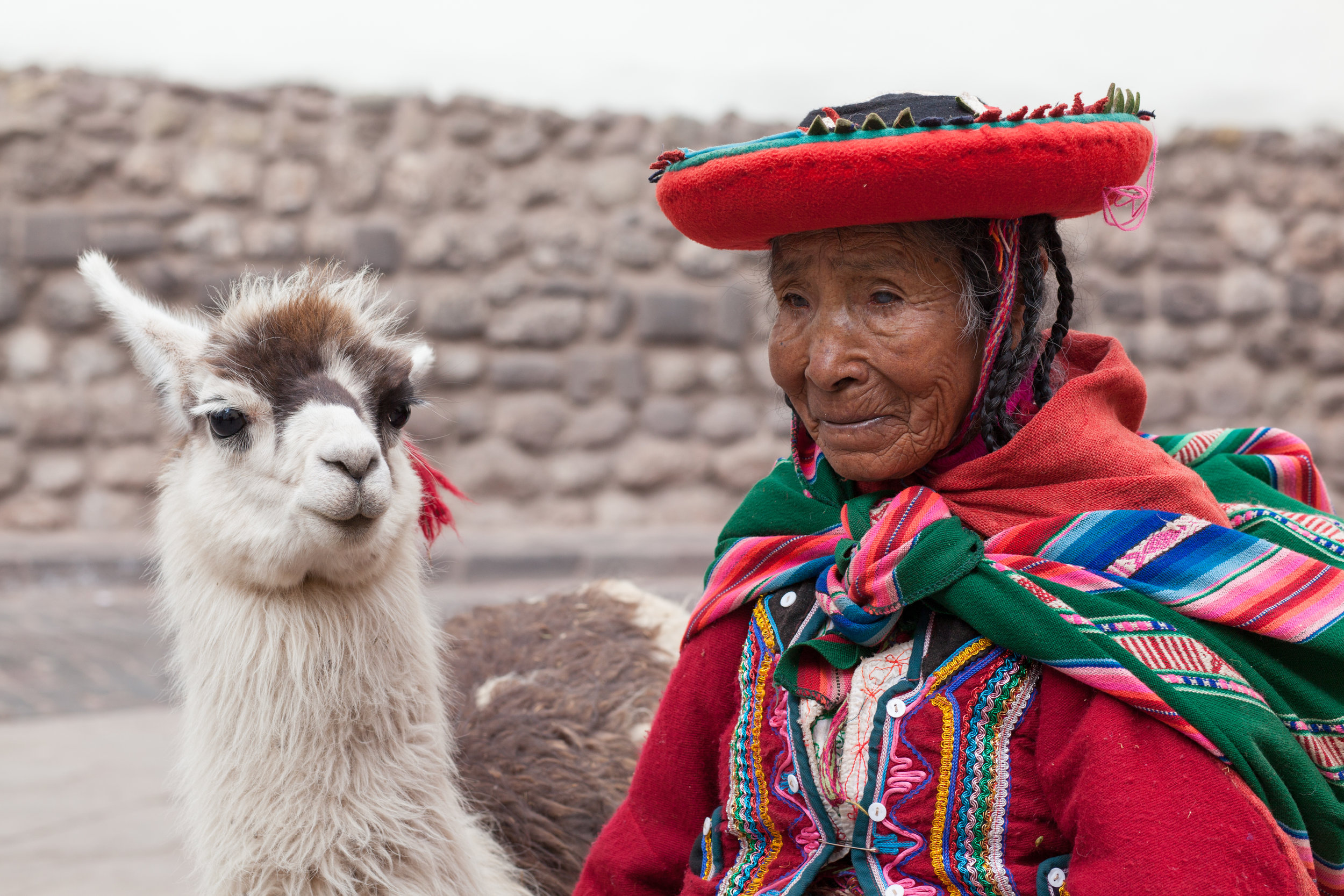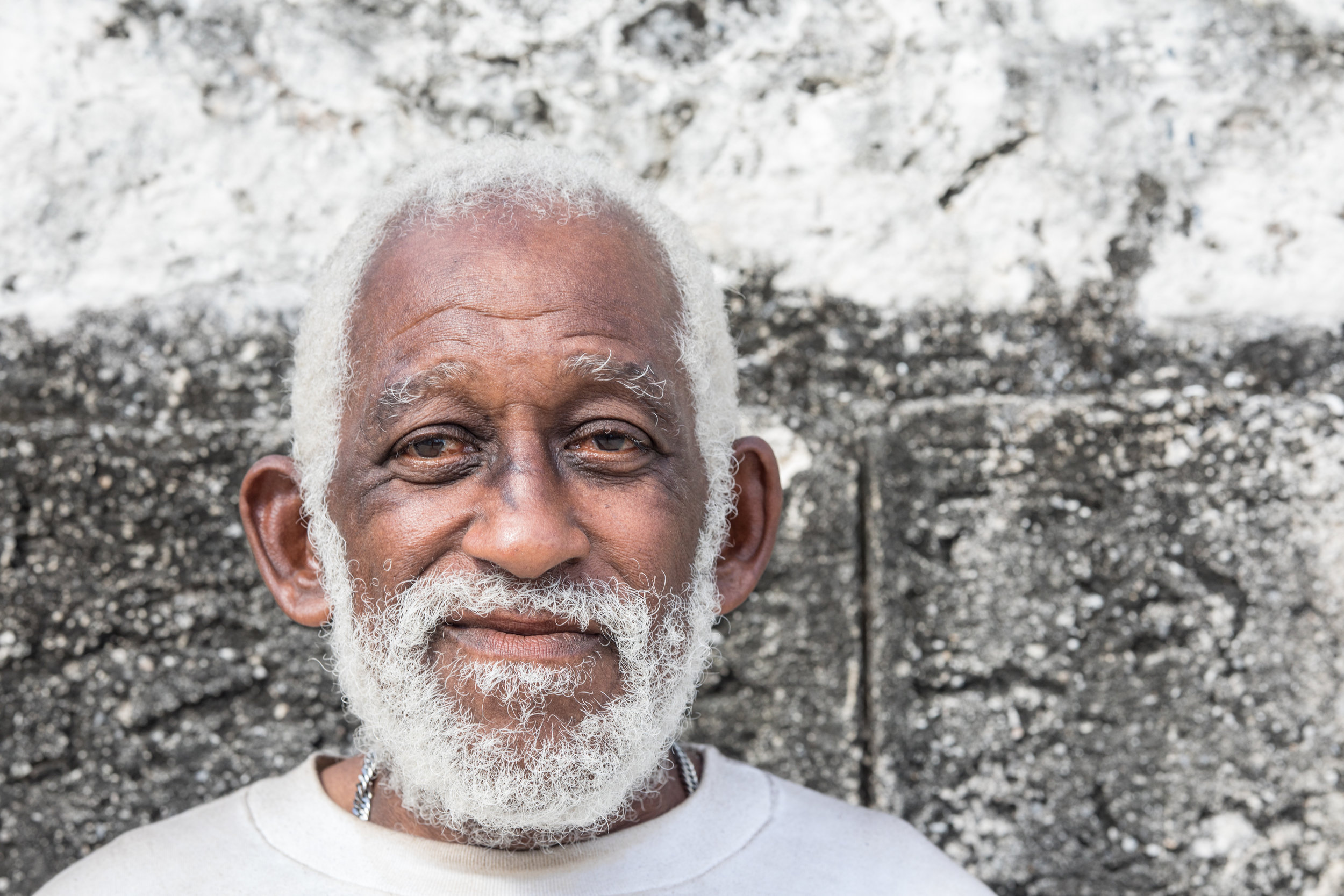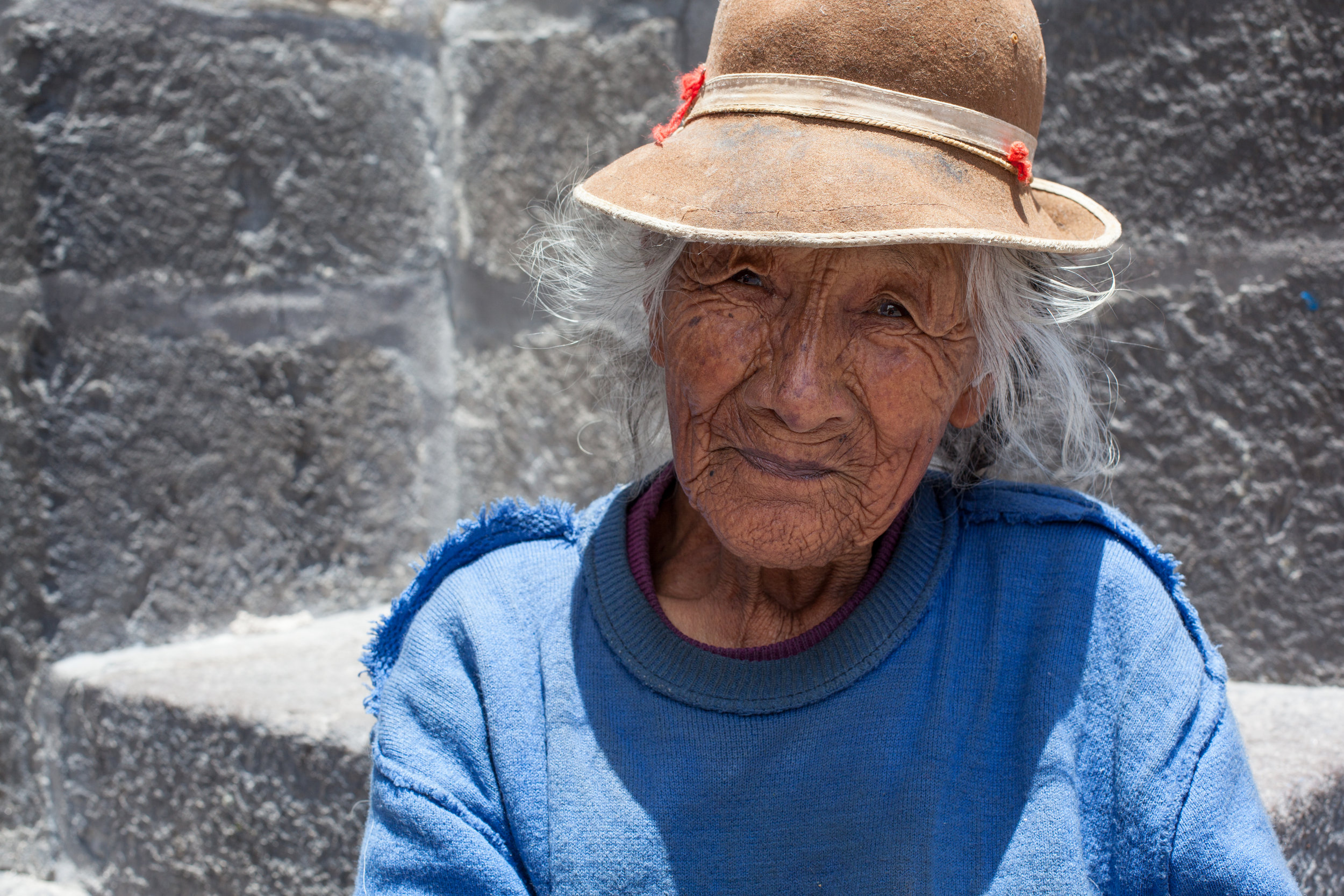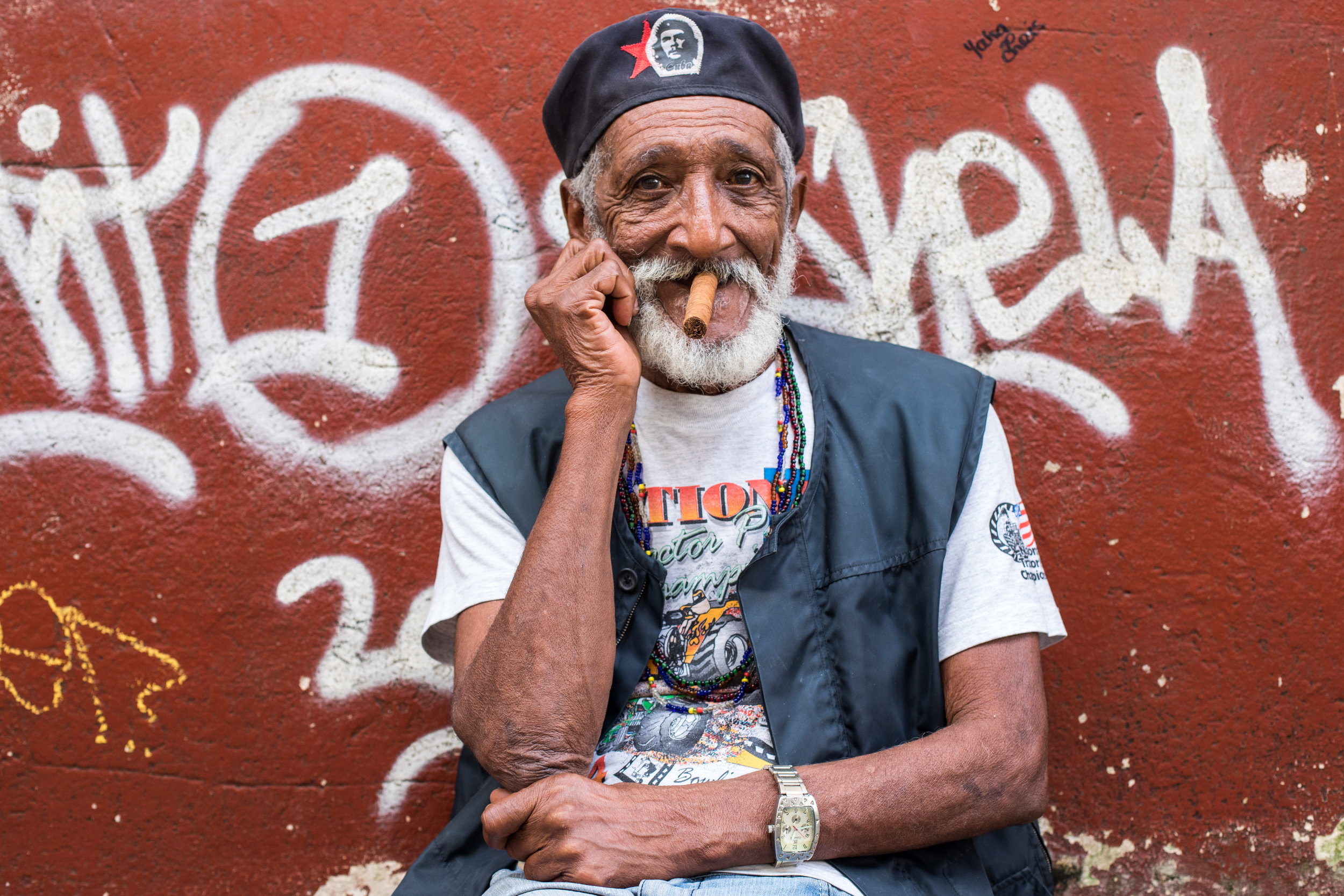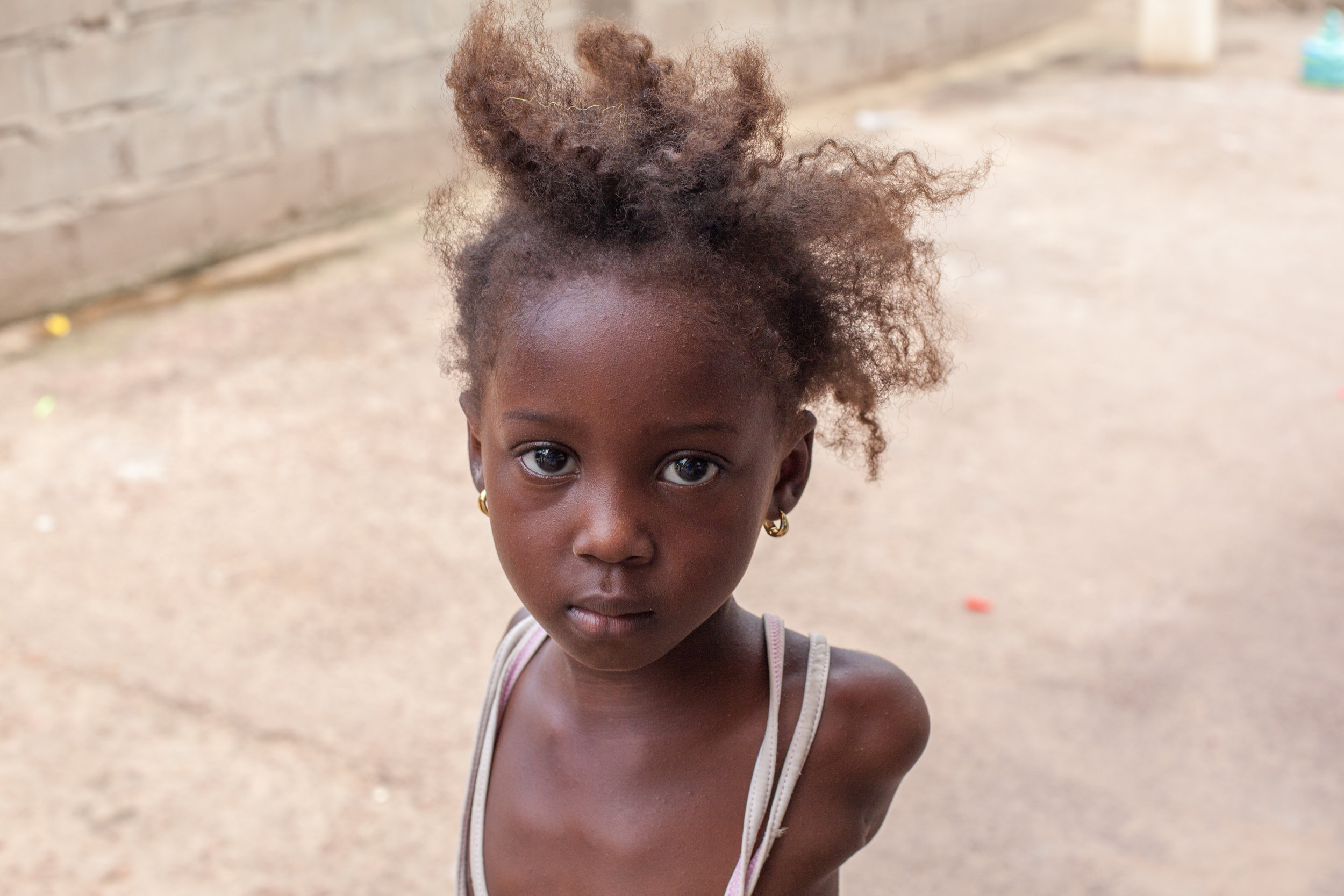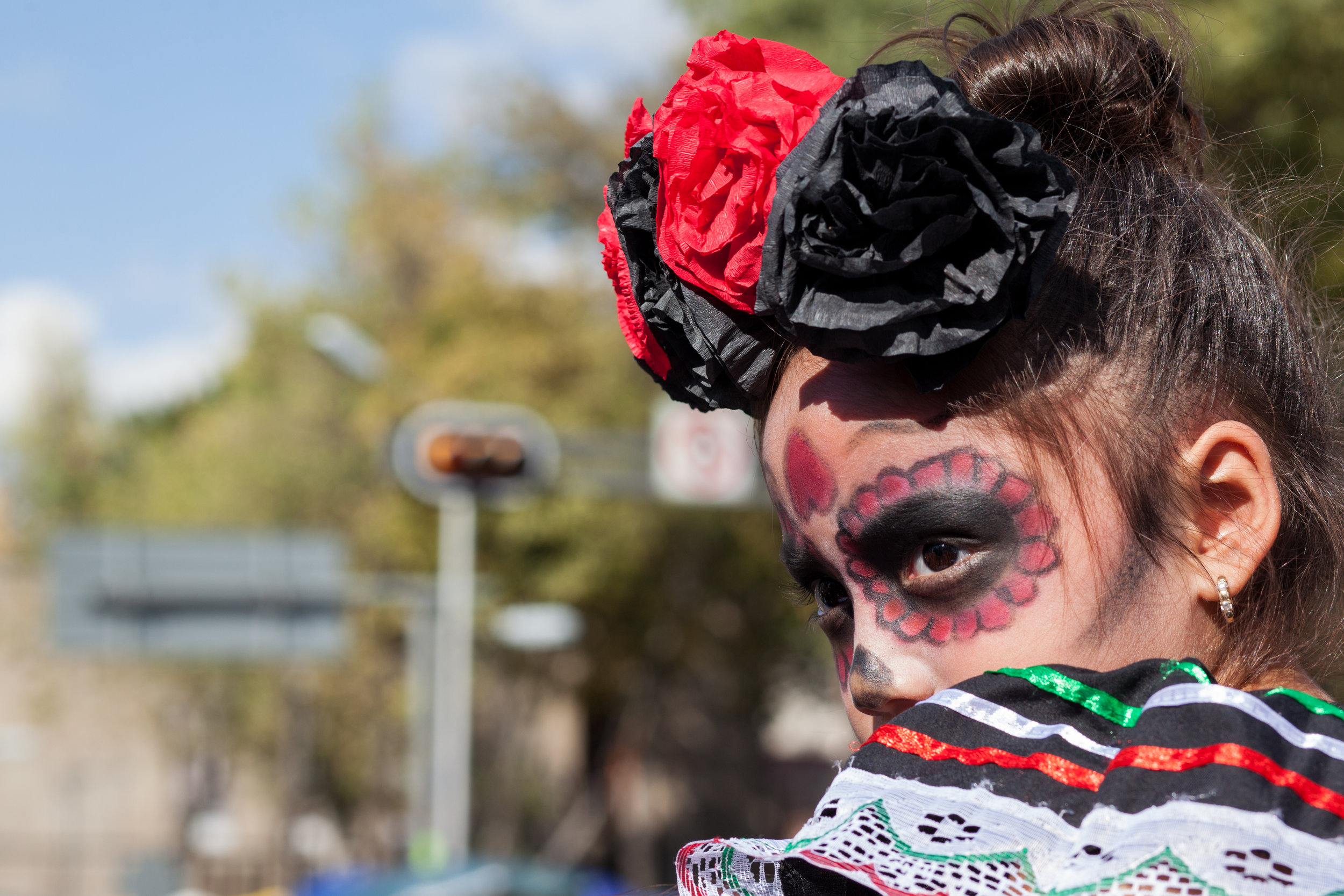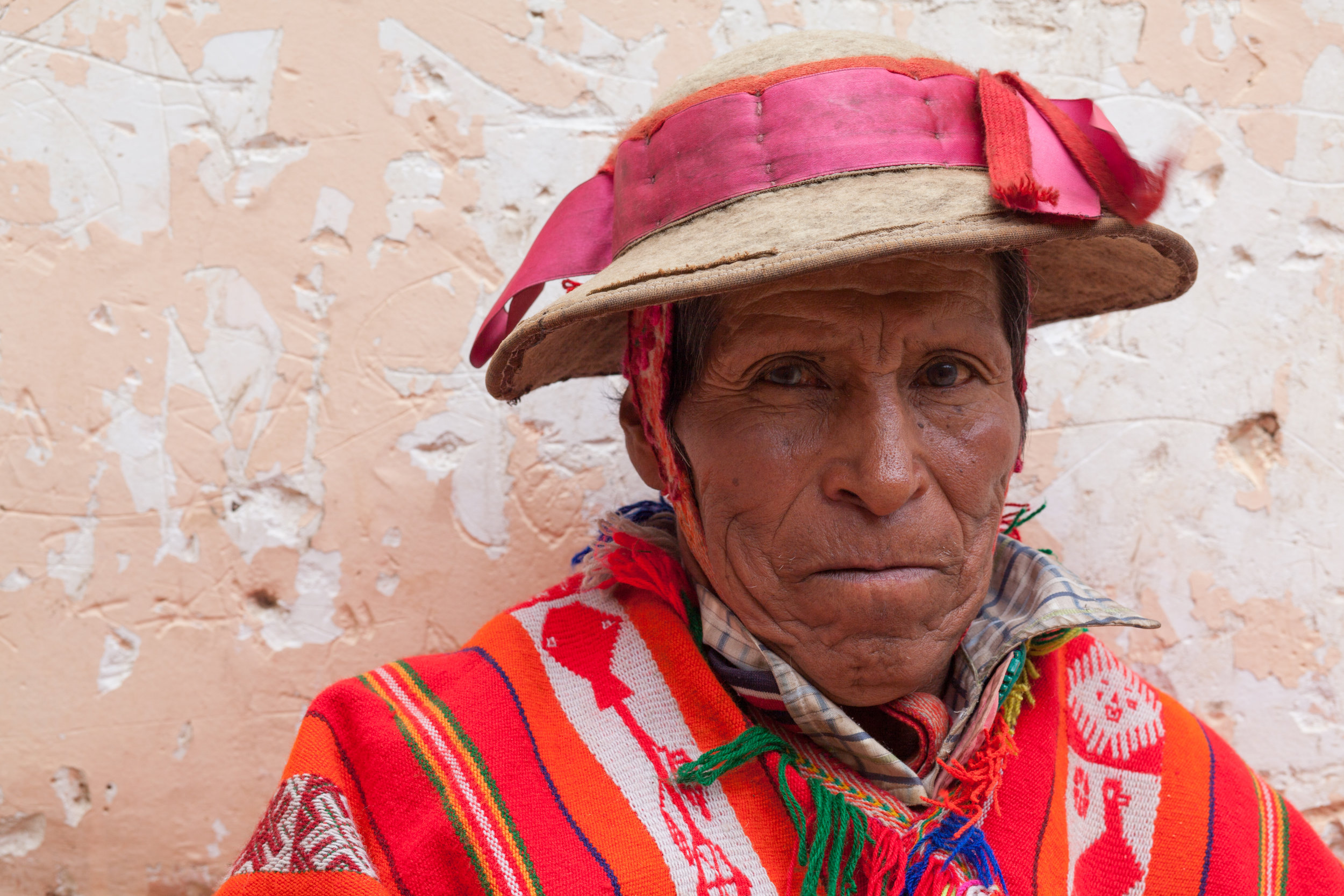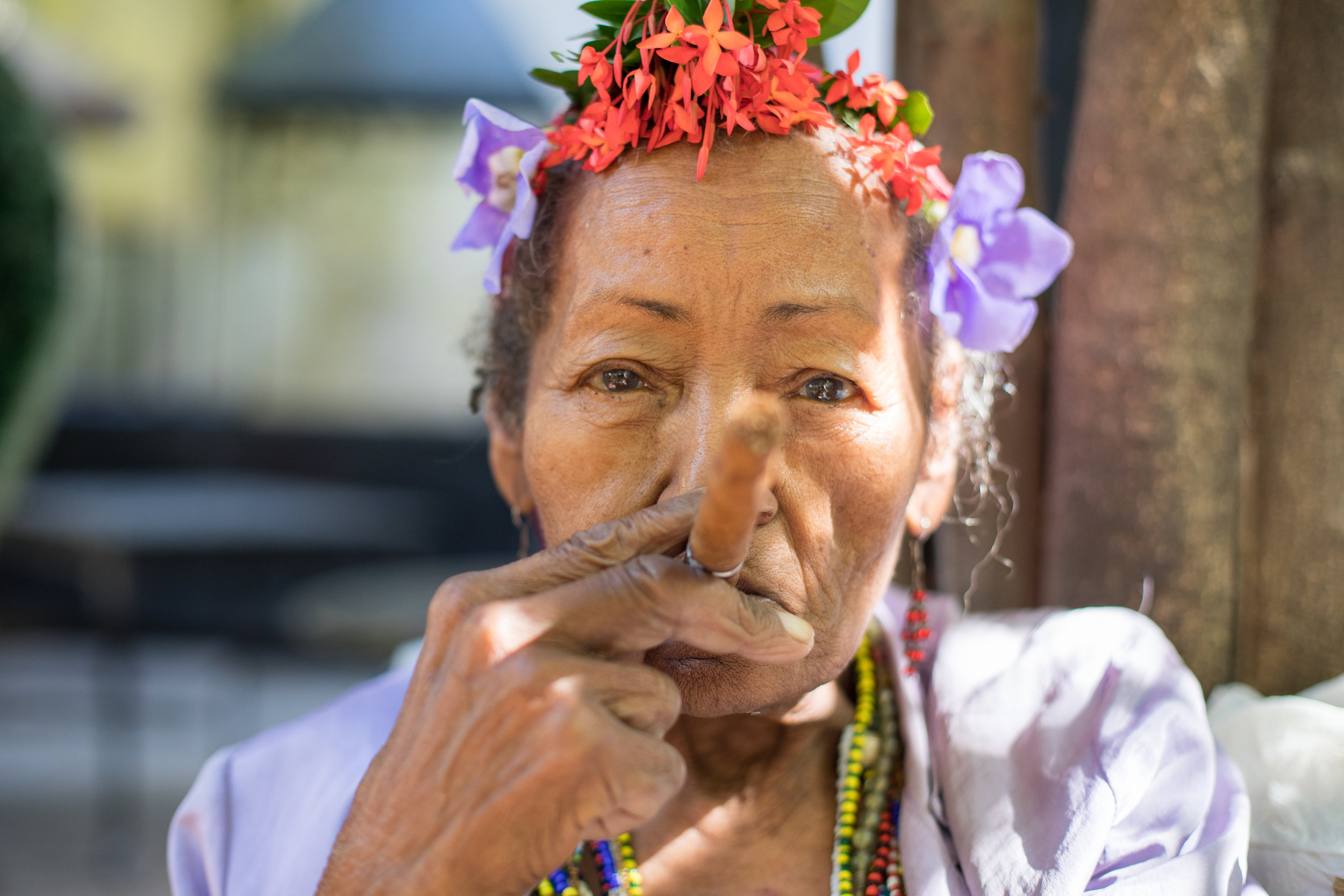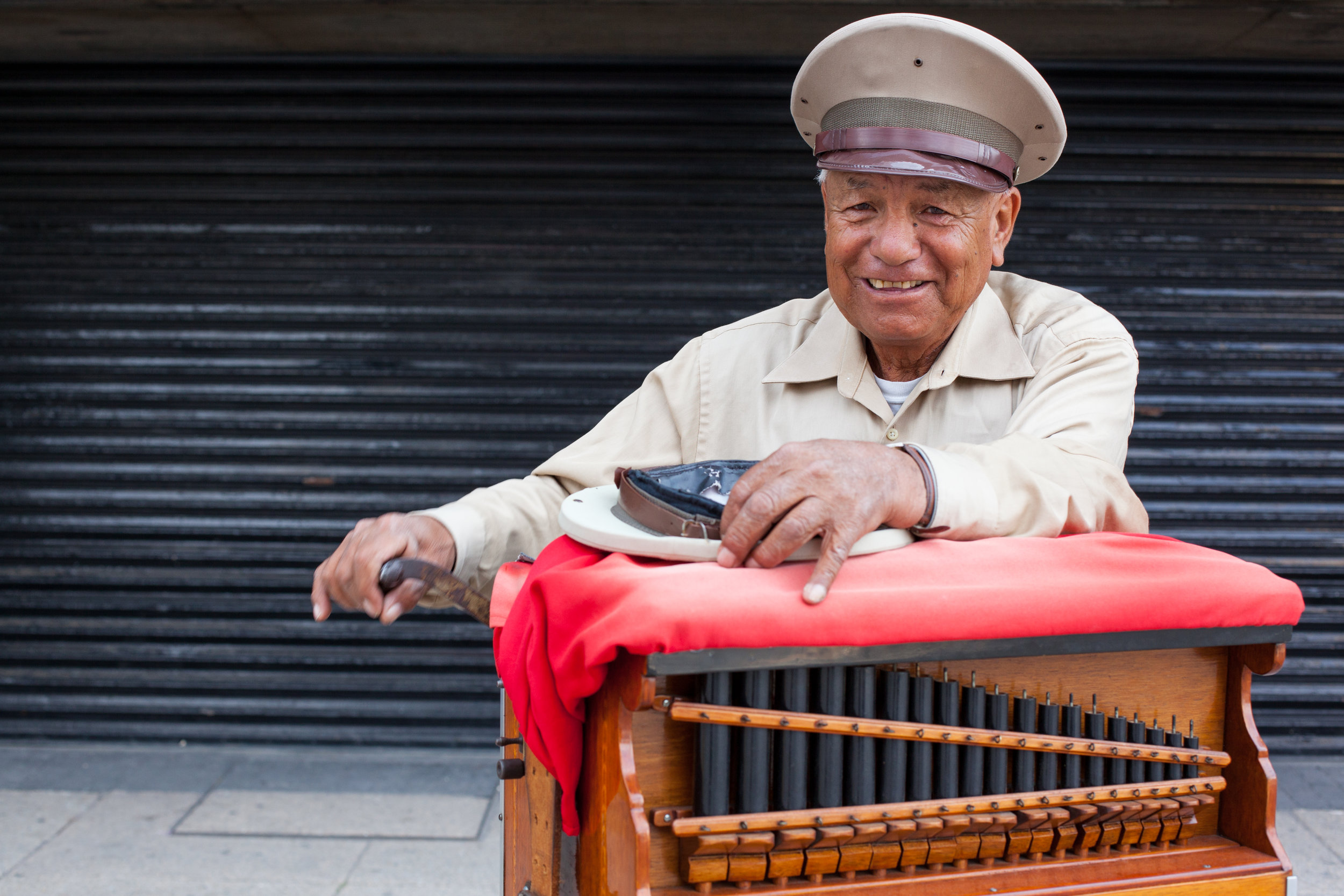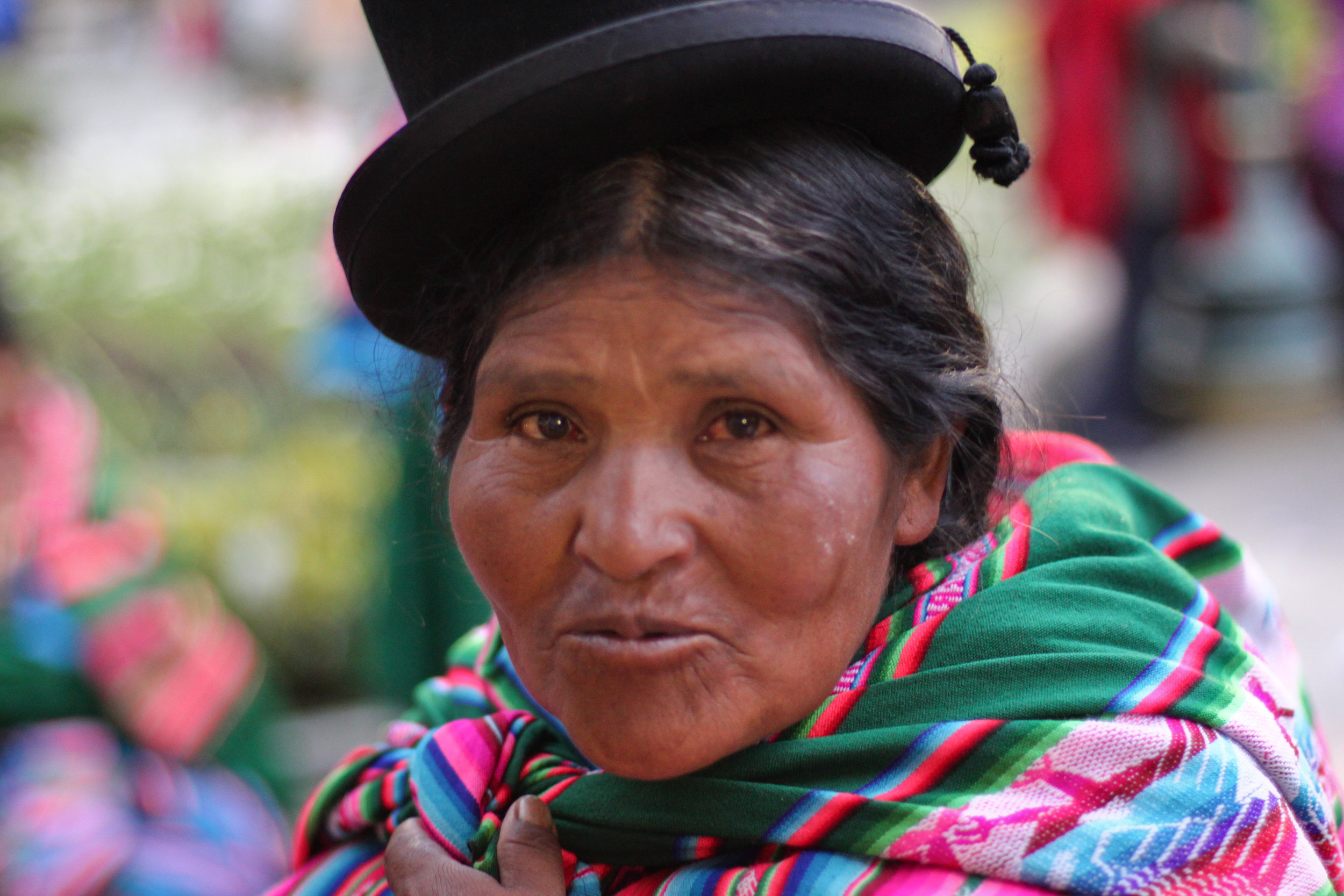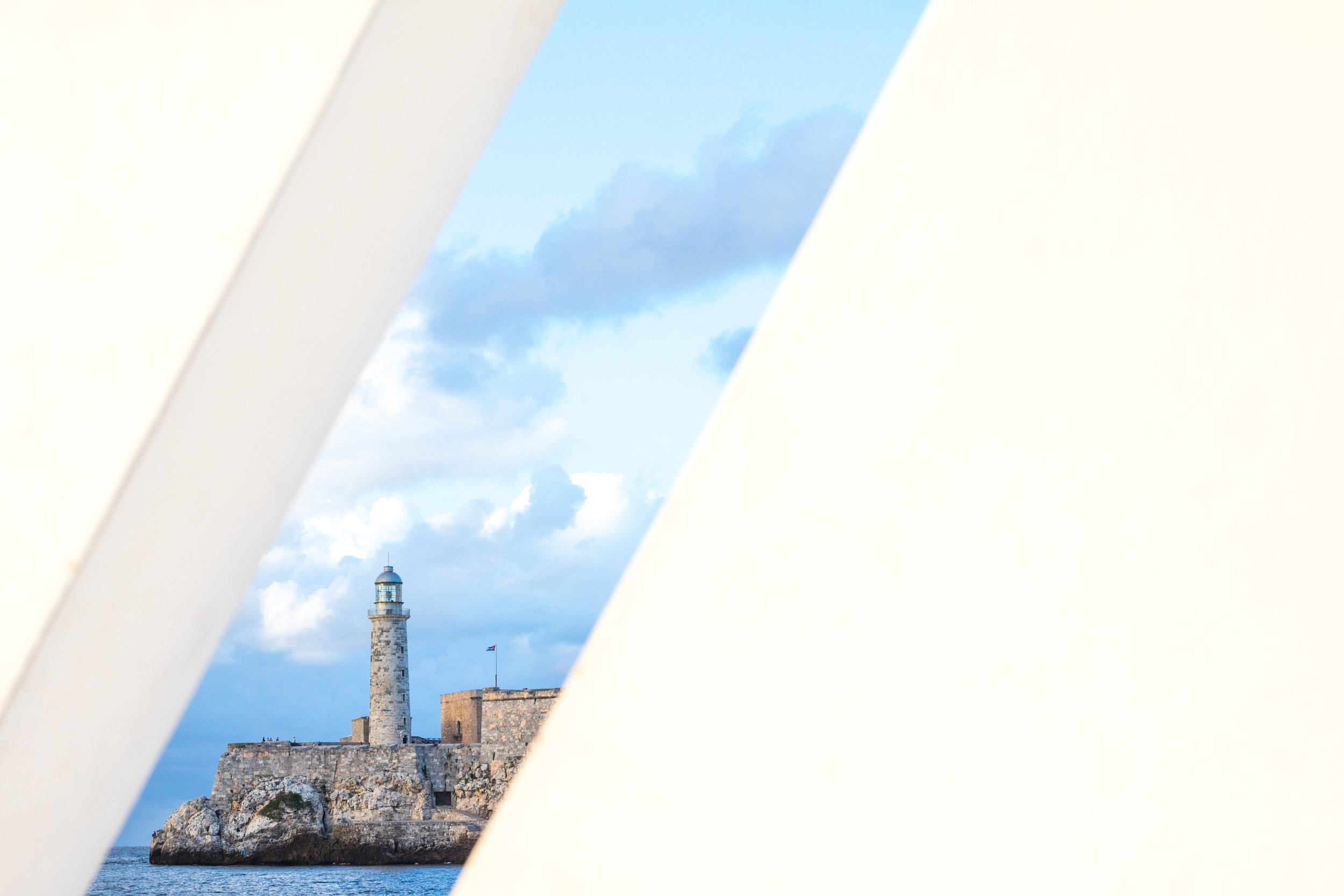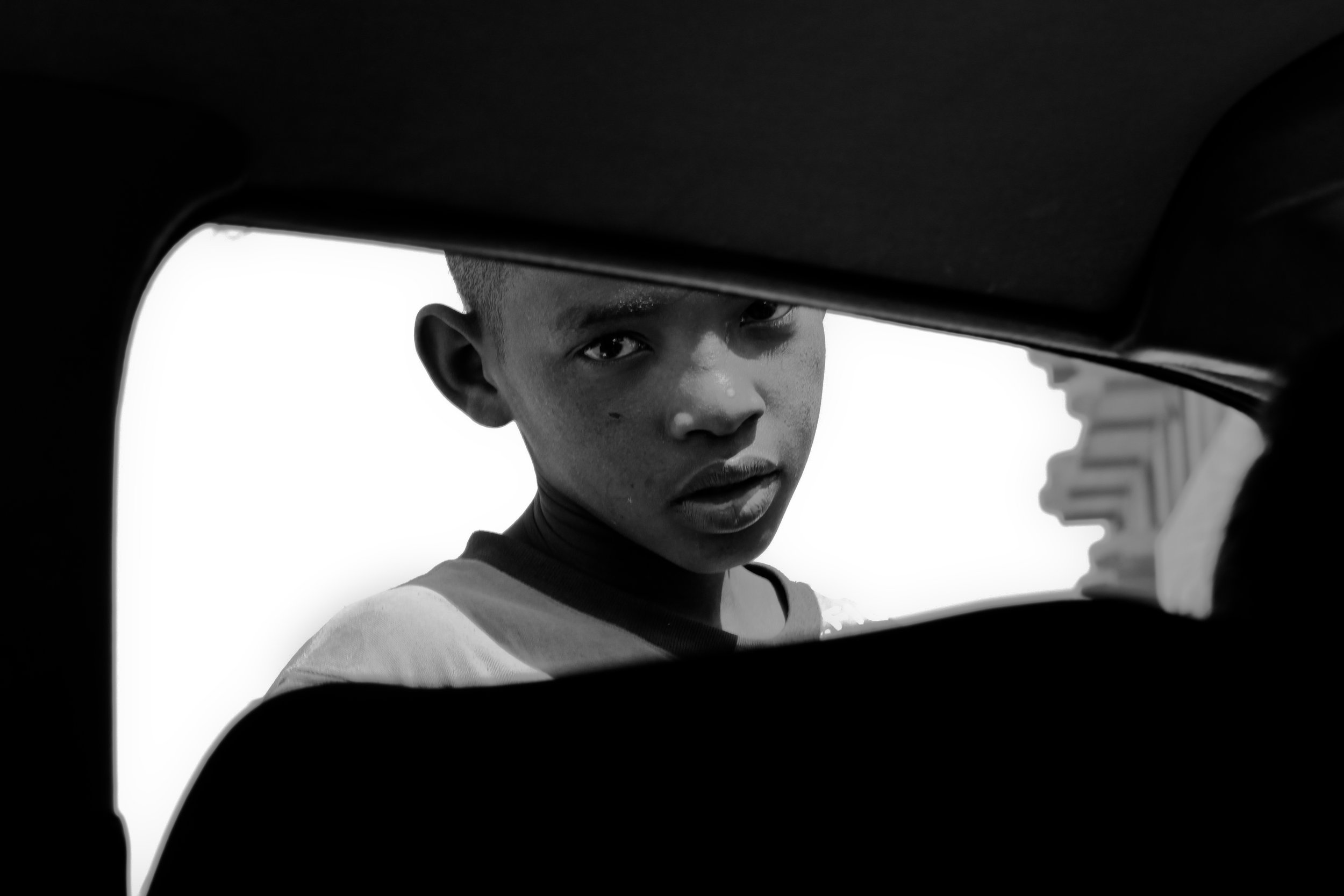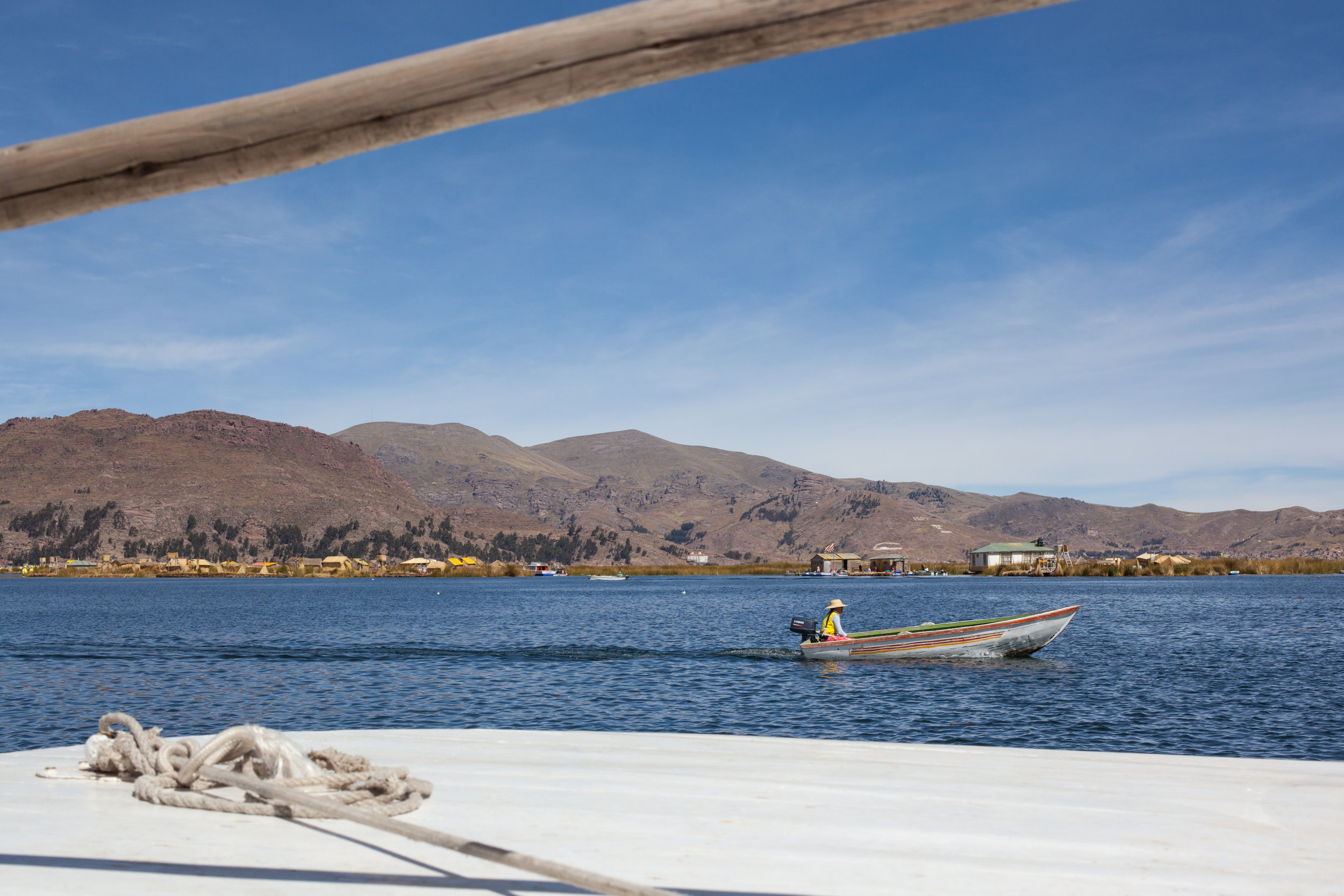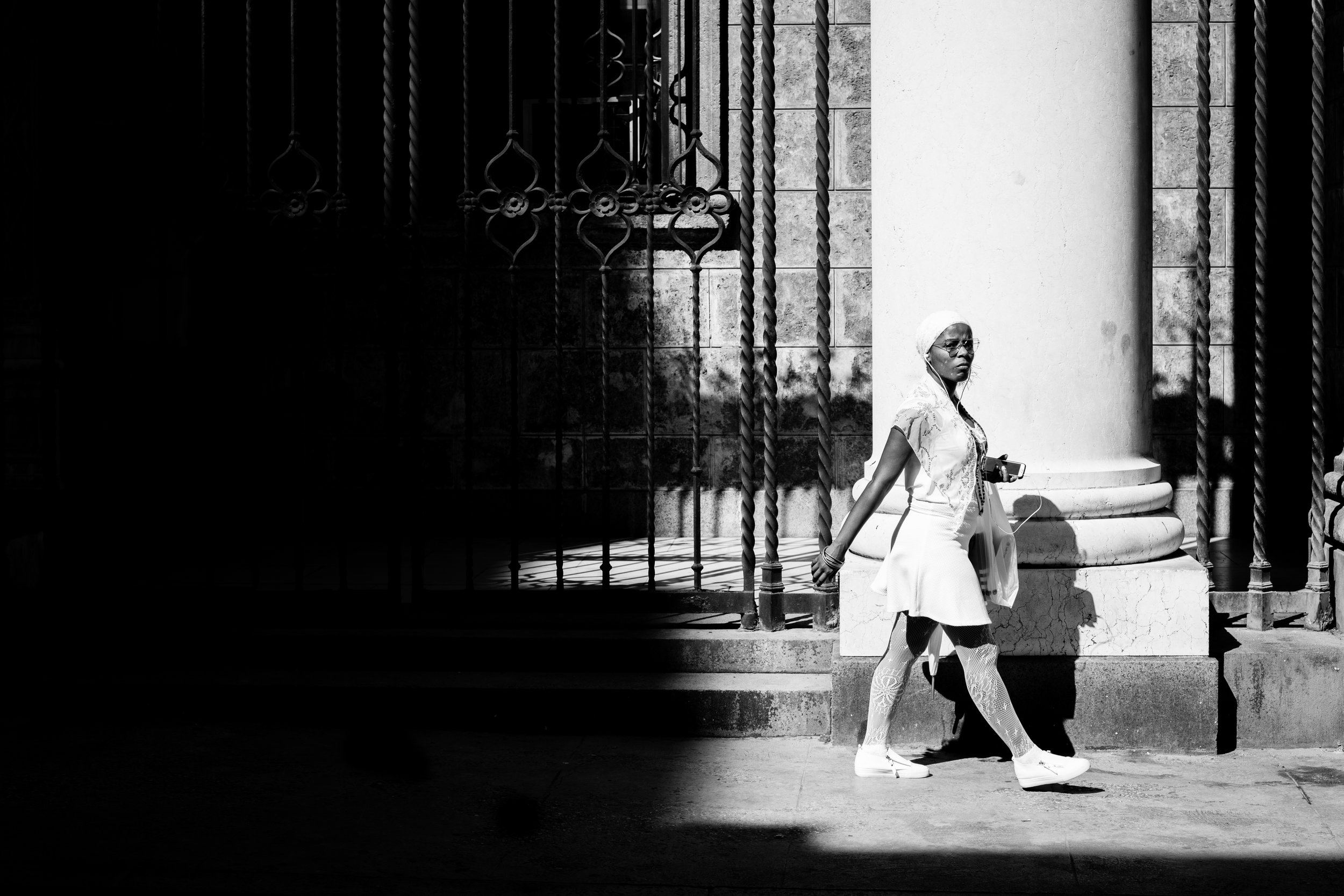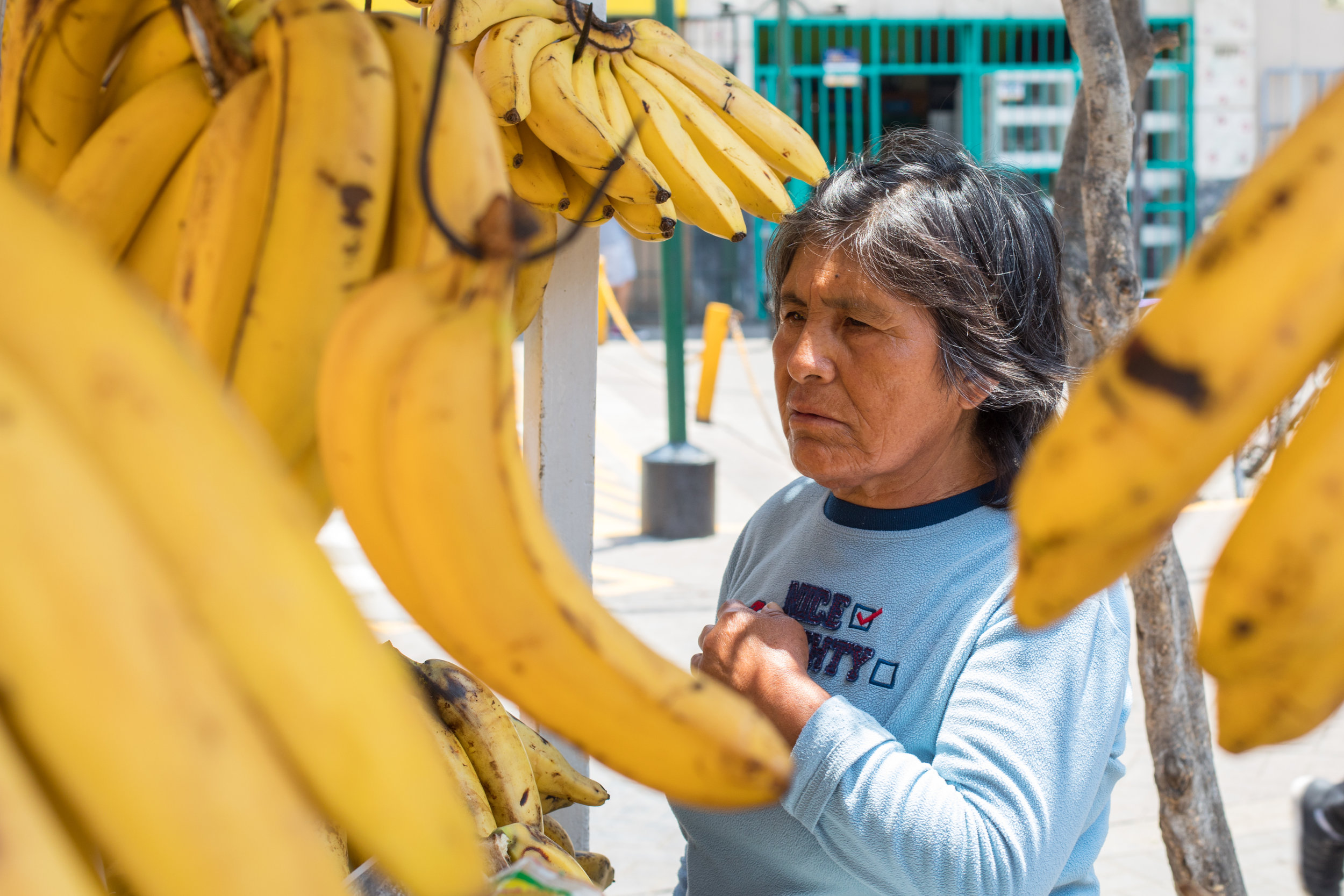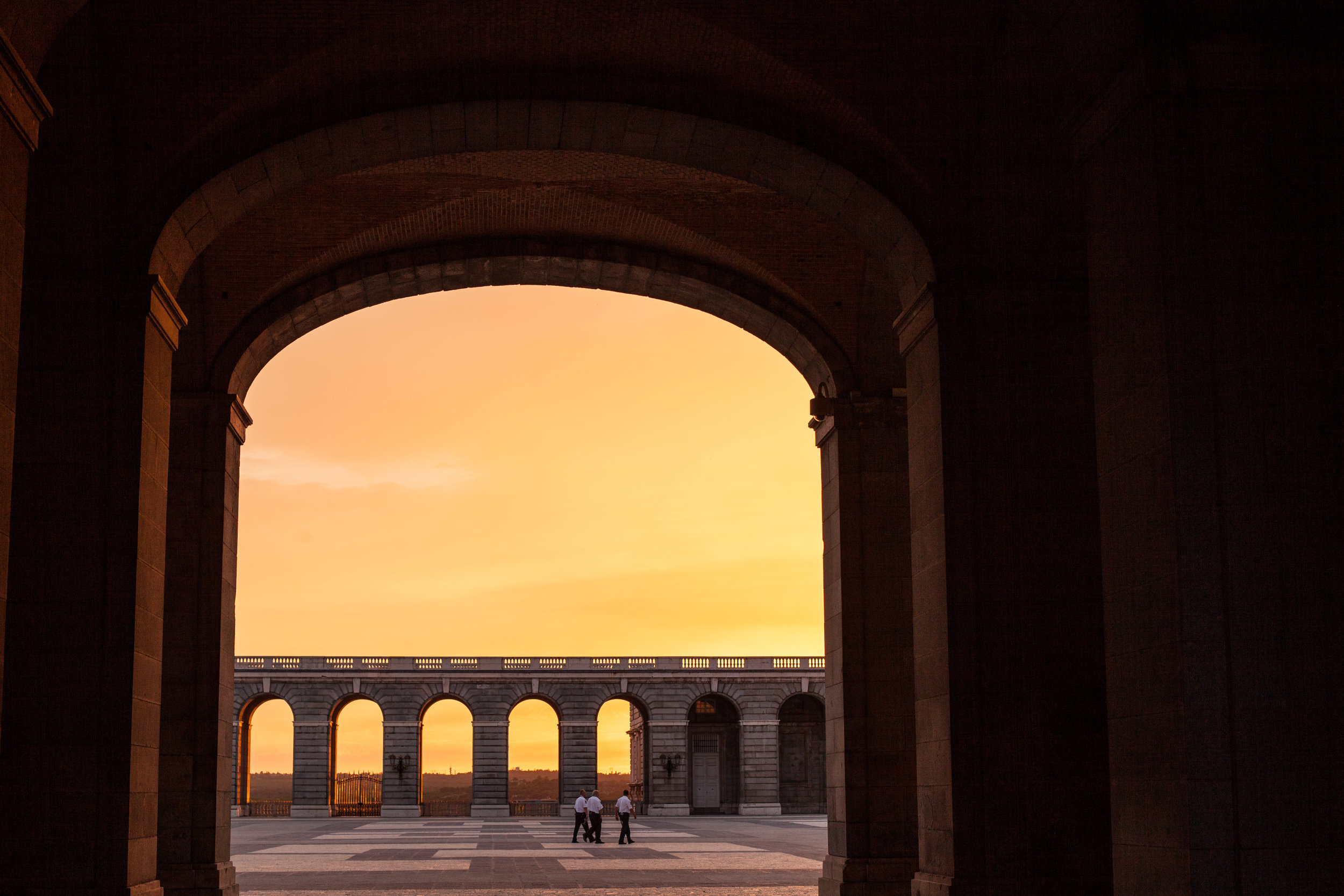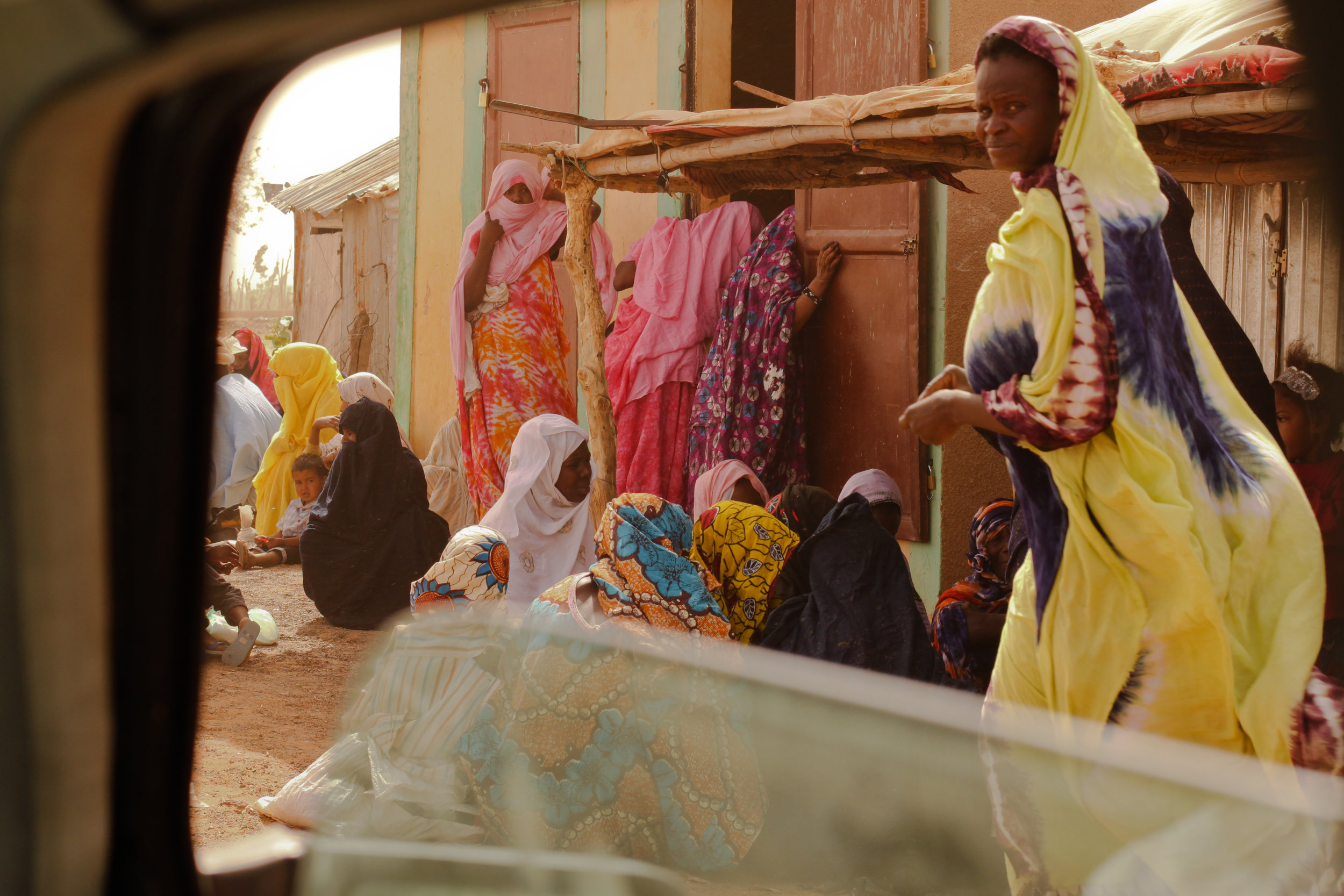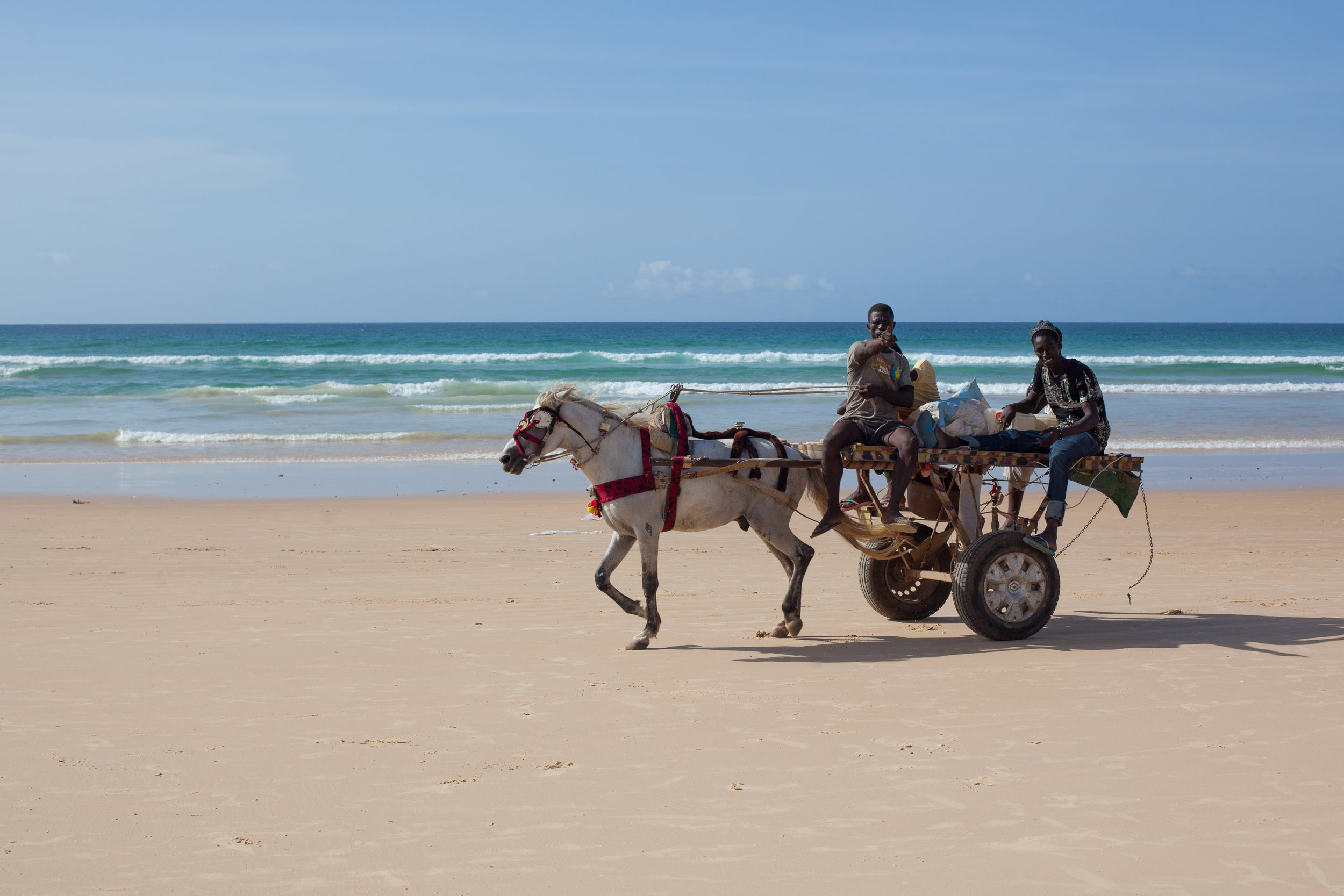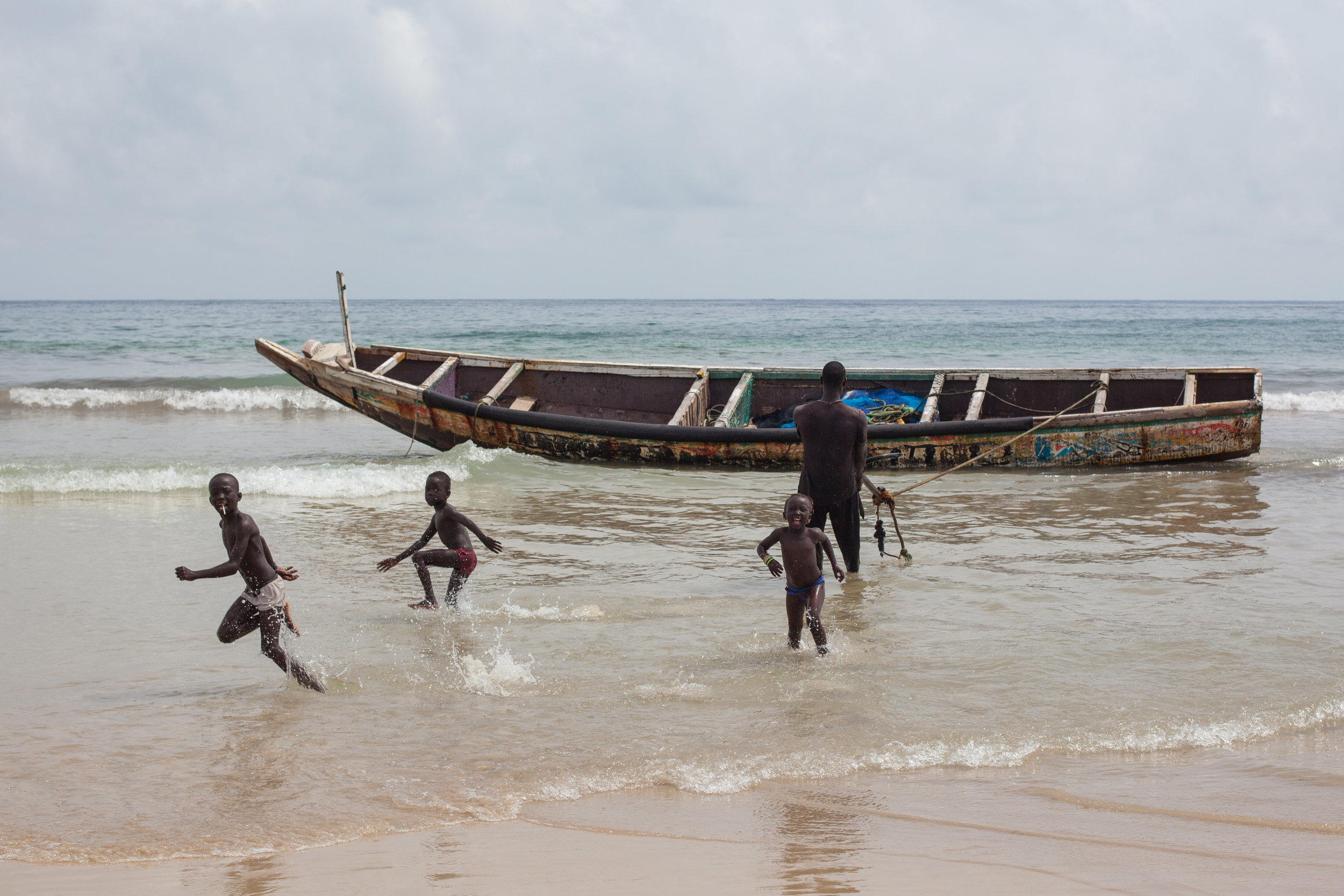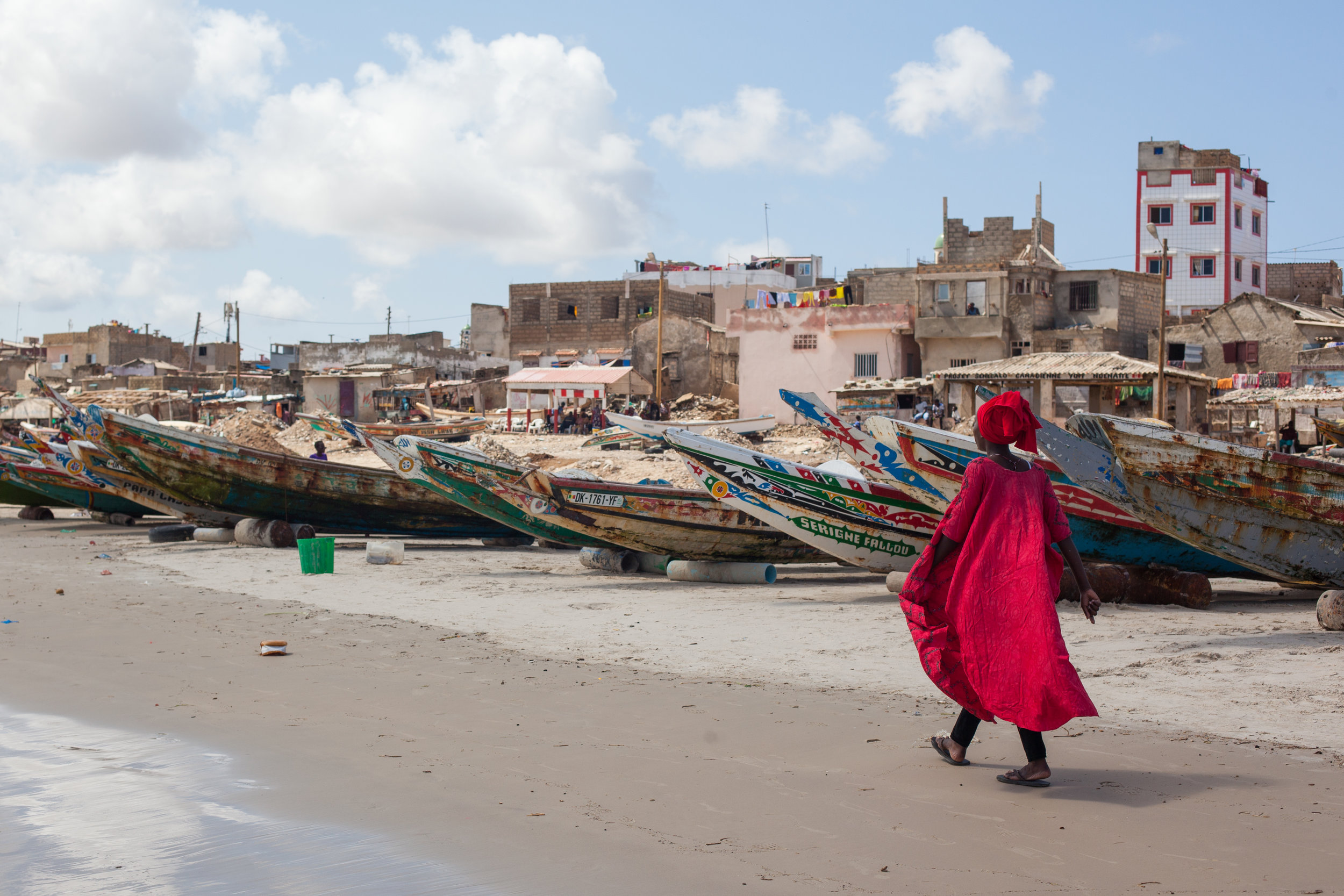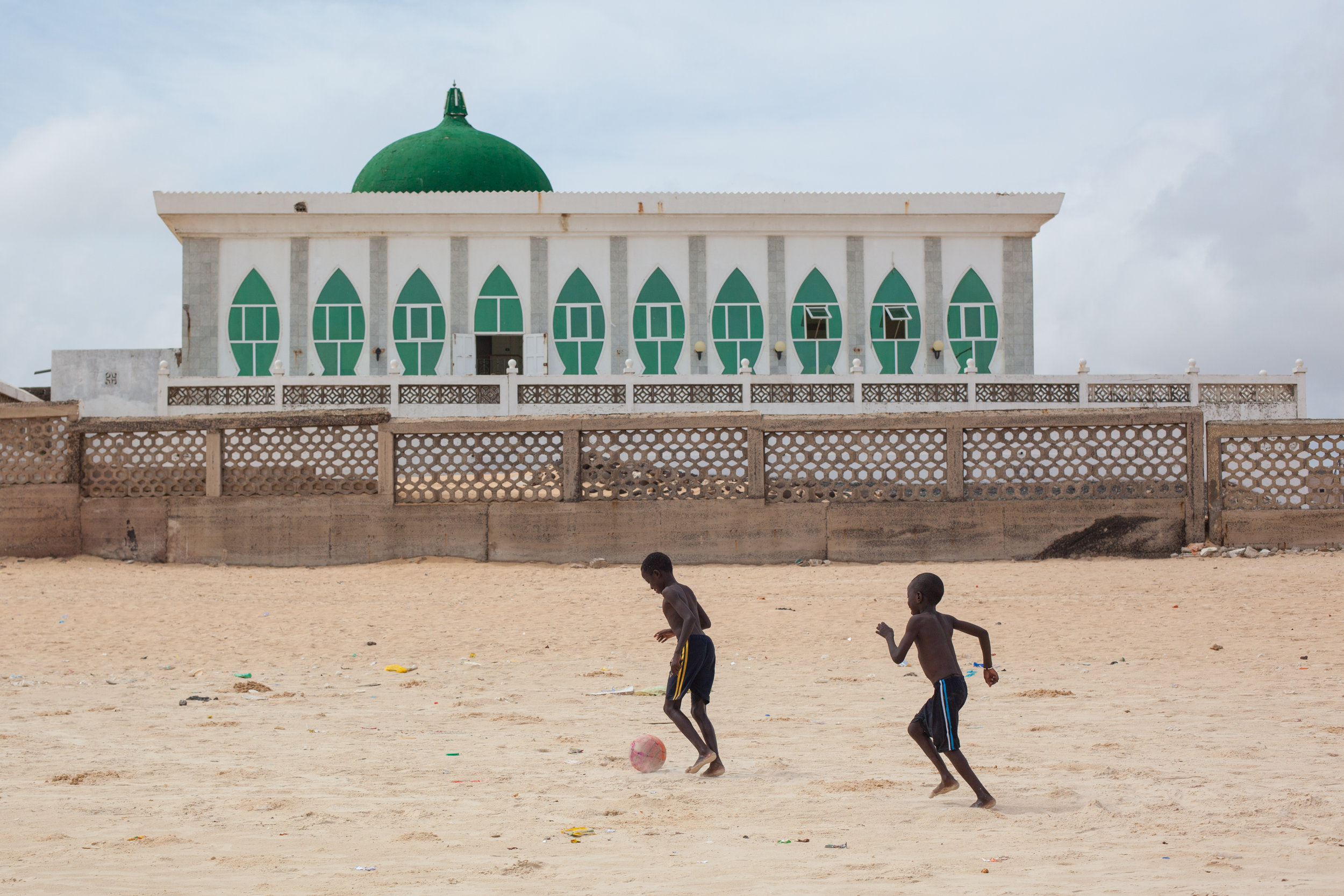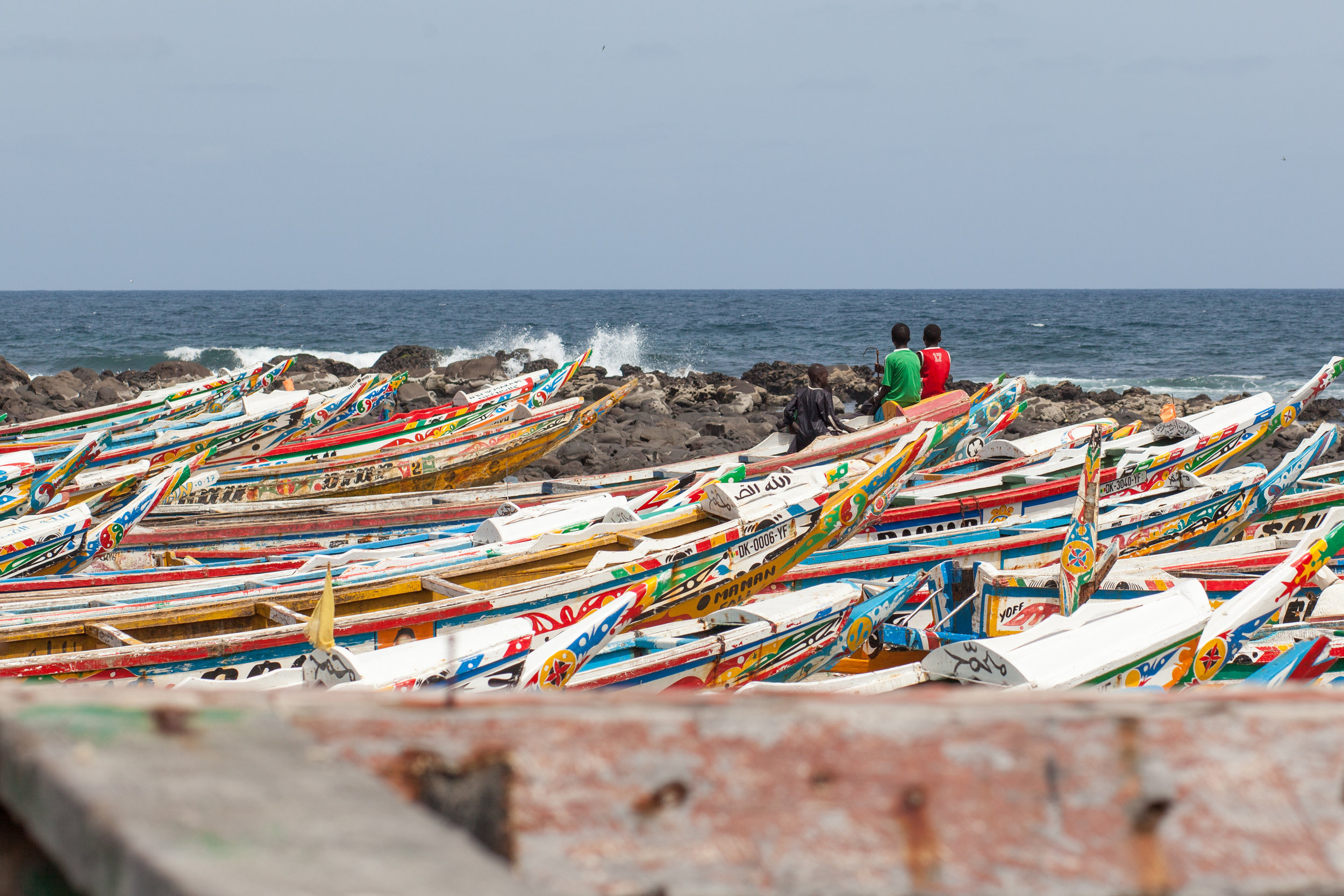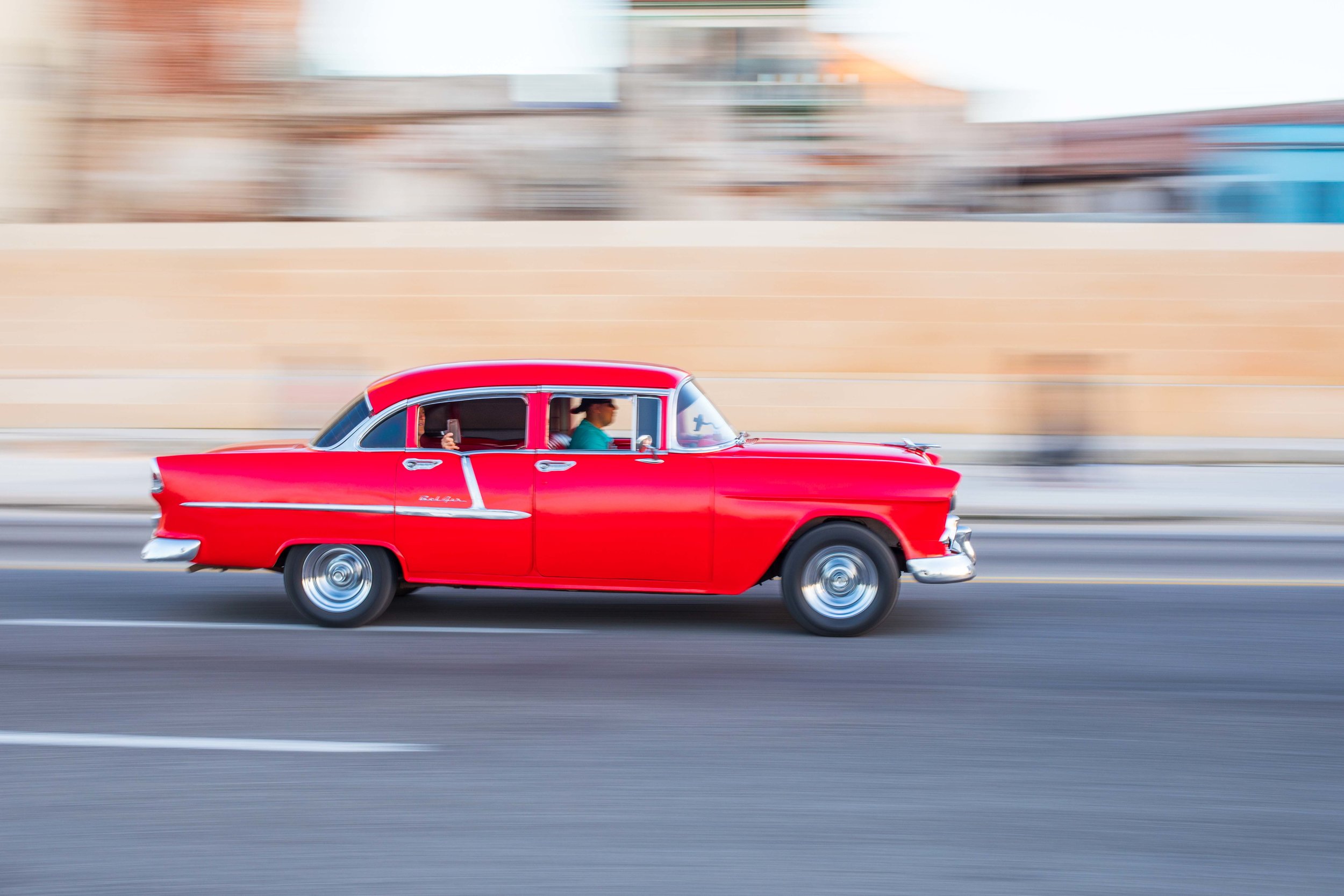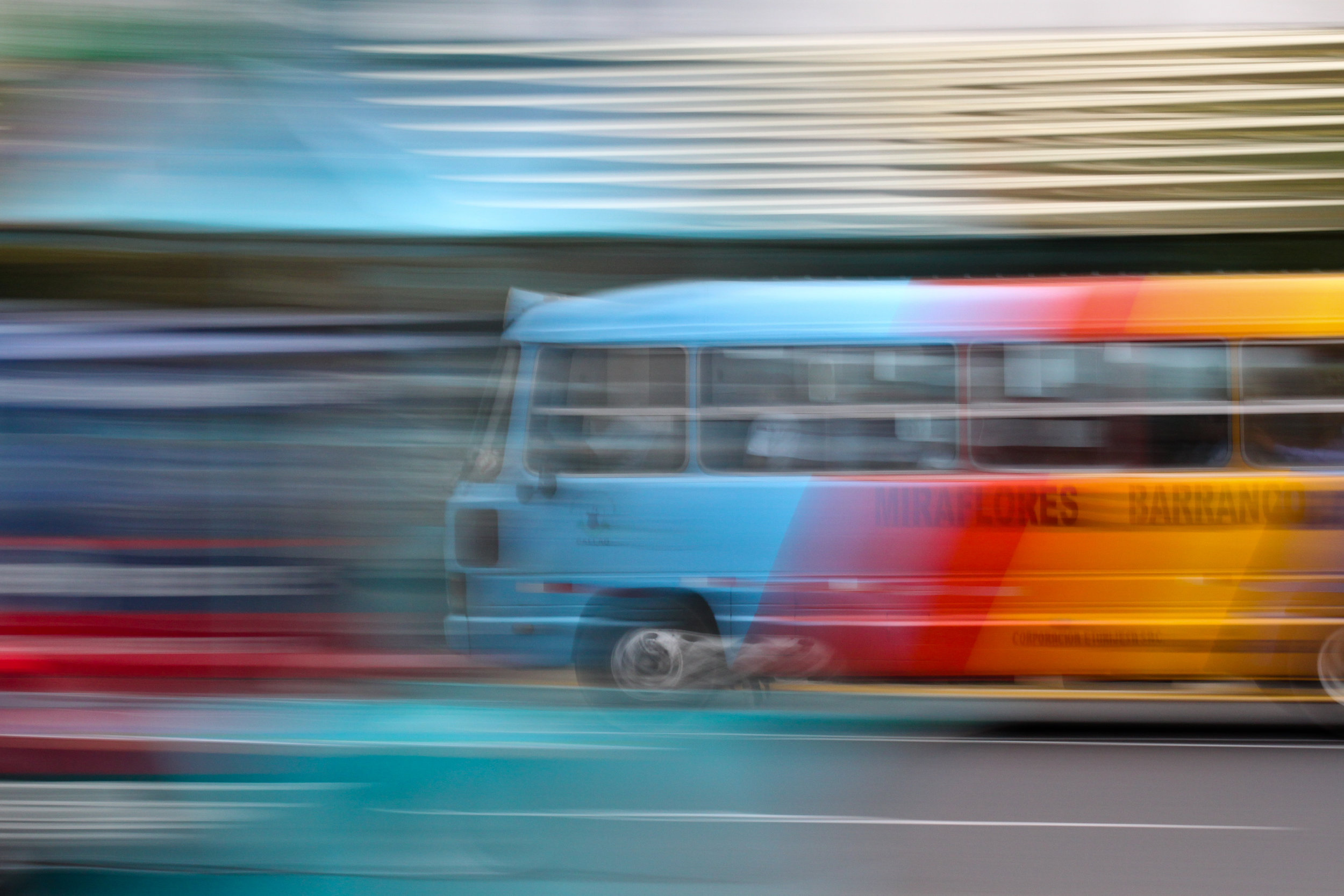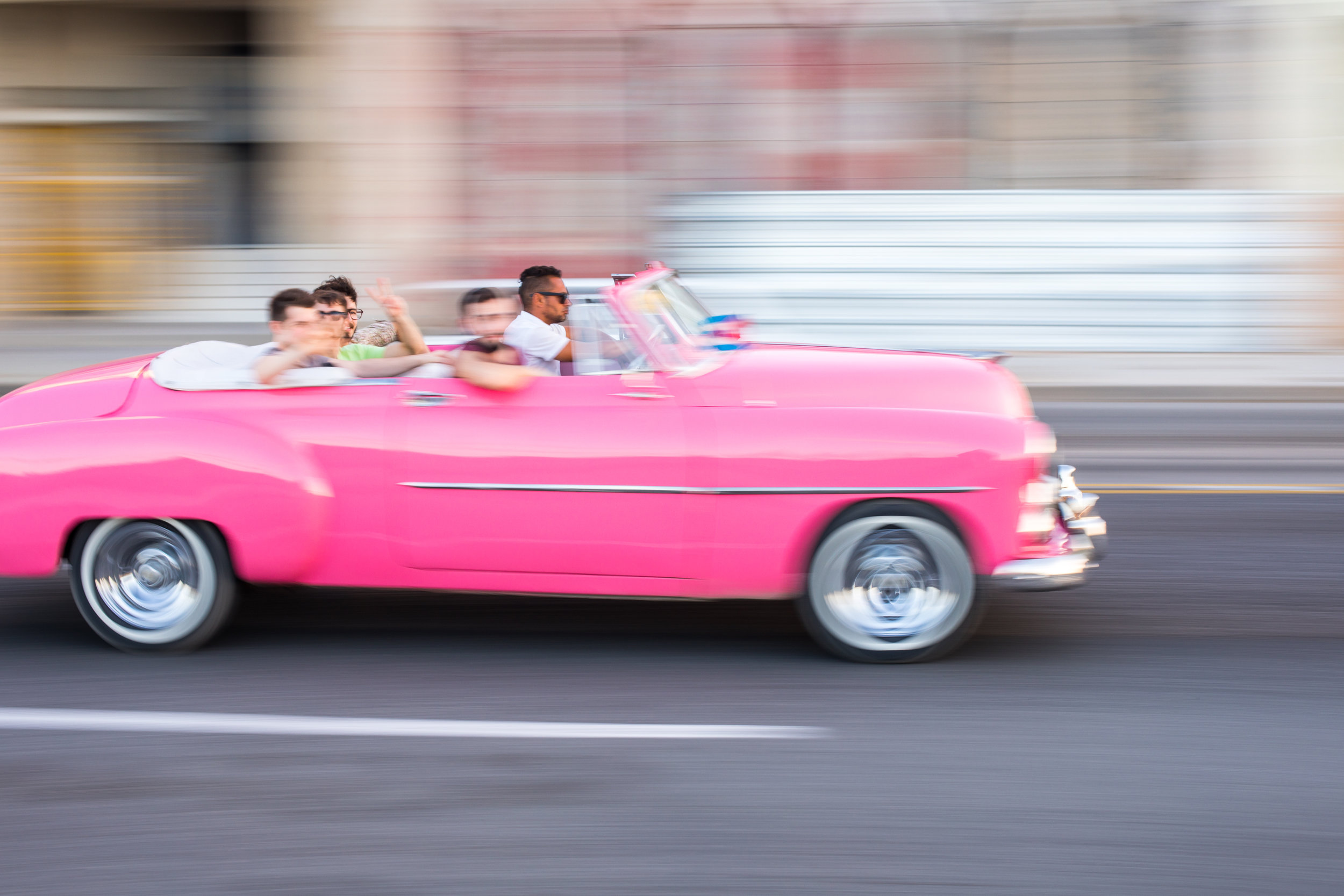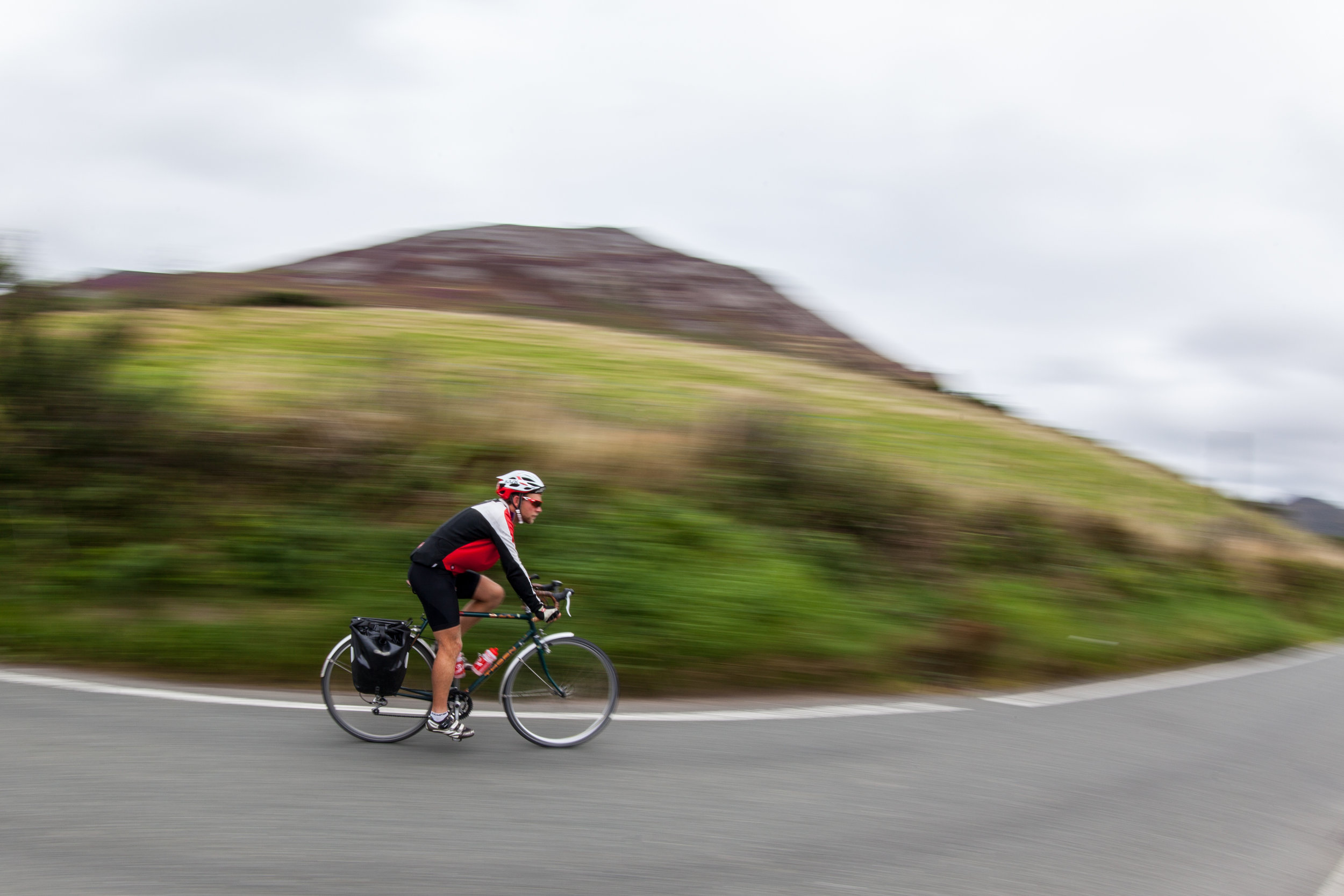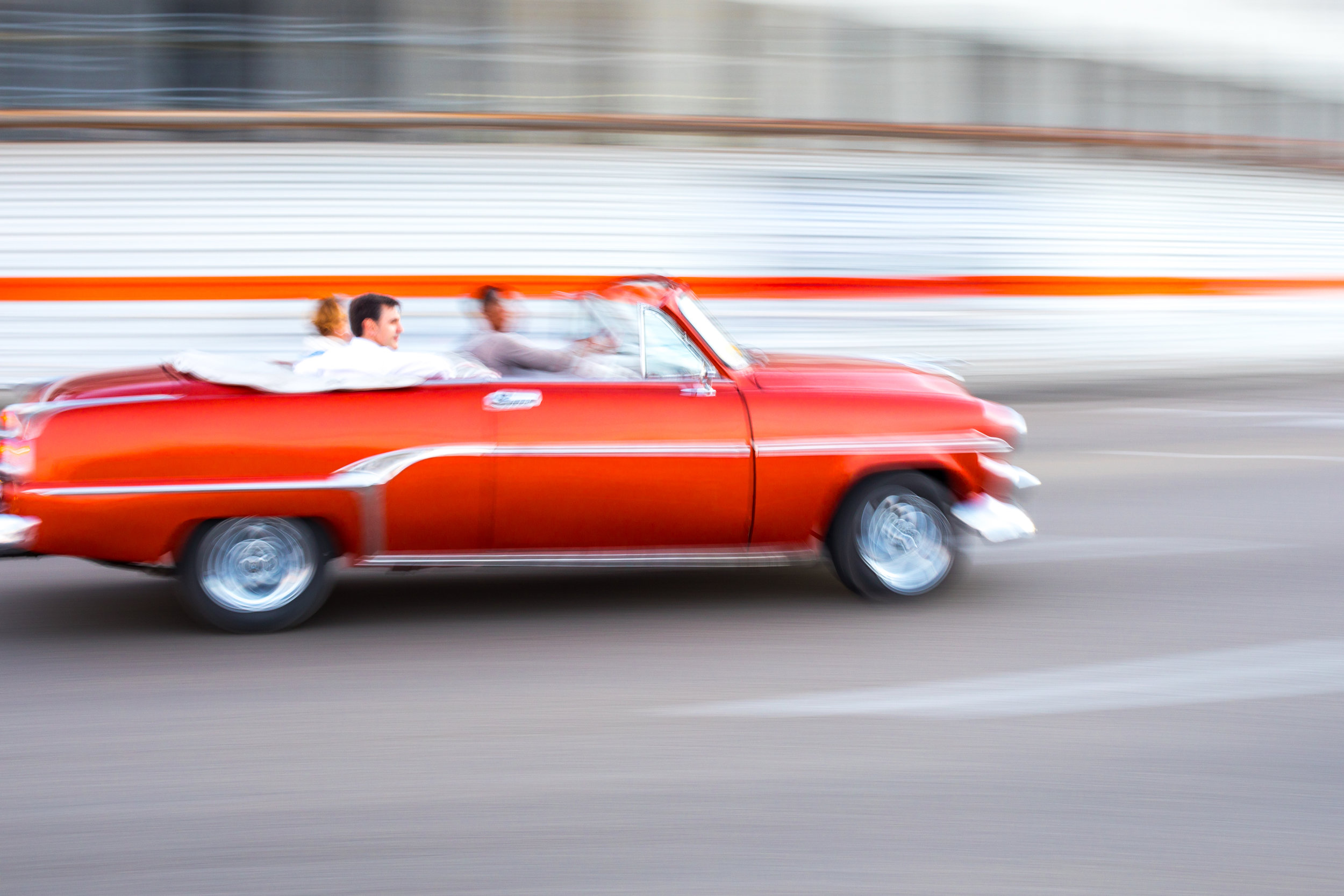Some waves demand patience, some waves demand respect. La Herradura, tucked into the rugged coastline of Chorrillos, Lima, is one of those waves. In this image, four surfers stand on the rocky coastline above the World class wave waiting for their moment to safely enter the Ocean. During a big swell like on this day, timing is everything, a situation every surfer knows well—the calm before the storm, the thrill of what’s to come. Moments after I took the shot the surfers dived into the water and made their way to the line up to score some waves. Scroll through the slideshow below for a few variations of my Surfing photo at La Herradura in Lima, Peru.
La Herradura isn’t for the faint-hearted. A long, fast left-hand point break, it fires on big south swells, throwing up powerful walls that can hold serious size. The wave breaks on the far left of the bay, peeling along the rocky shoreline with precision. Quiksilver has held competitions here, and local chargers treat it as a proving ground. Like any great wave, it comes with risks—strong currents, a shallow rocky bottom, and the kind of power that will humble even the experienced. I surfed the wave on a few occasions and lucked out with good waves and few surfers in the water. On the day I took this image I was only visiting to show a friend the coastline and to enjoy the fresh seafood with some cold Pilsen Lagers.
Beyond the surf, La Herradura Beach carries echoes of a different past. Once a popular getaway for the wealthy Peruvians, it has become a little run-down in recent years. The old beachfront club now sits abandoned, covered in graffiti, a ghost of its former self. Yet, the area still holds onto its charm. Along the promenade, a string of seafood restaurants serves up fresh fish, including Peru’s iconic ceviche, a dish that perfectly captures the coastal spirit of the country. Sundays during the summer months see the seafront packed with people enjoying fresh seafood and taking the edge off their hangovers with a crisp beer!
This image was shot on my first DSLR, a Canon EOS 500D with a 50mm f/1.4 USM lens. The camera settings were: ƒ/9.0, 1/1600, and ISO 200. The image captures the essence of surfing in Peru—the raw beauty of the ocean, the camaraderie of the surfers waiting to enter the ocean, and the unshakable pull of the next big set.
But La Herradura, like so many coastal spots in South America, faces environmental challenges. Pollution has long been a battle here, and organisations like Surfers Against Sewage continue the fight to keep our waters clean, ensuring that waves like this remain surfable for generations to come.
For these four surfers, the moment of waiting is almost over, the swell is building, and the Ocean is calling… More of my Peruvian photography can be found on my Flickr and Instagram. Follow along for more travel and street photography from around the World.
#PeruPhotography #LimaBeaches #SurfPeru #LaHerradura #StreetPhotography #CevicheLovers #TravelSouthAmerica #OceanCulture #WavesForDays #GeraintRowlandPhotography #Pilsen





